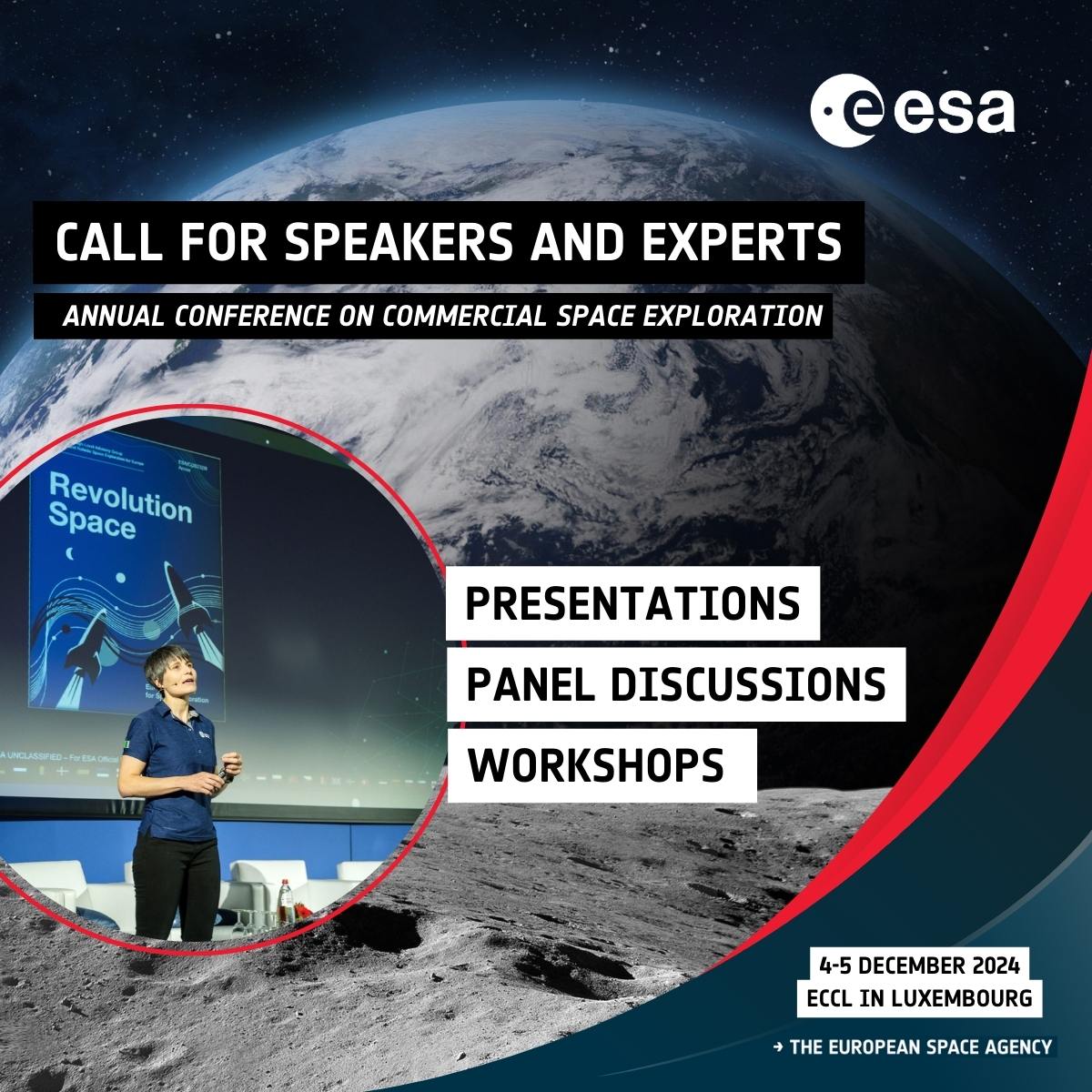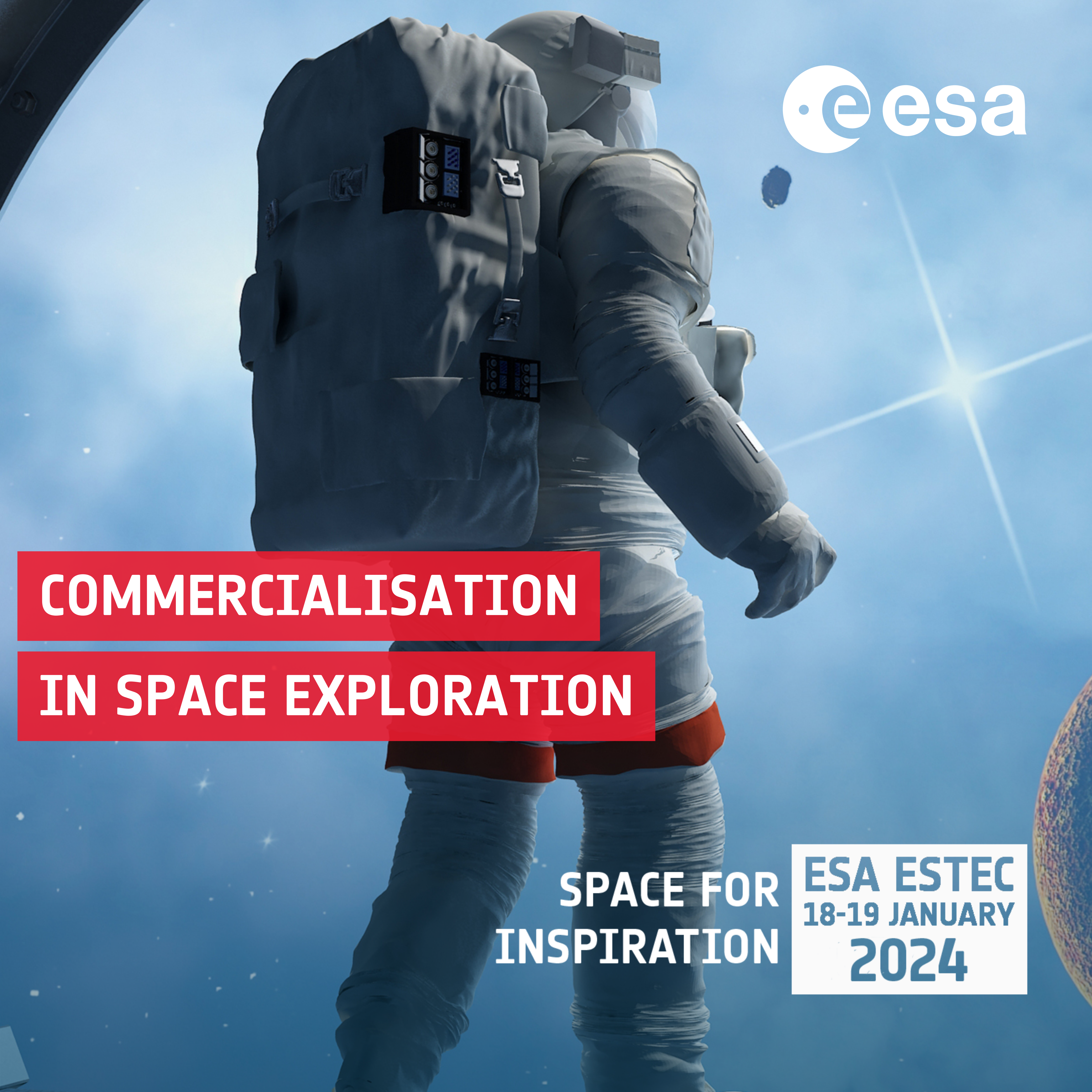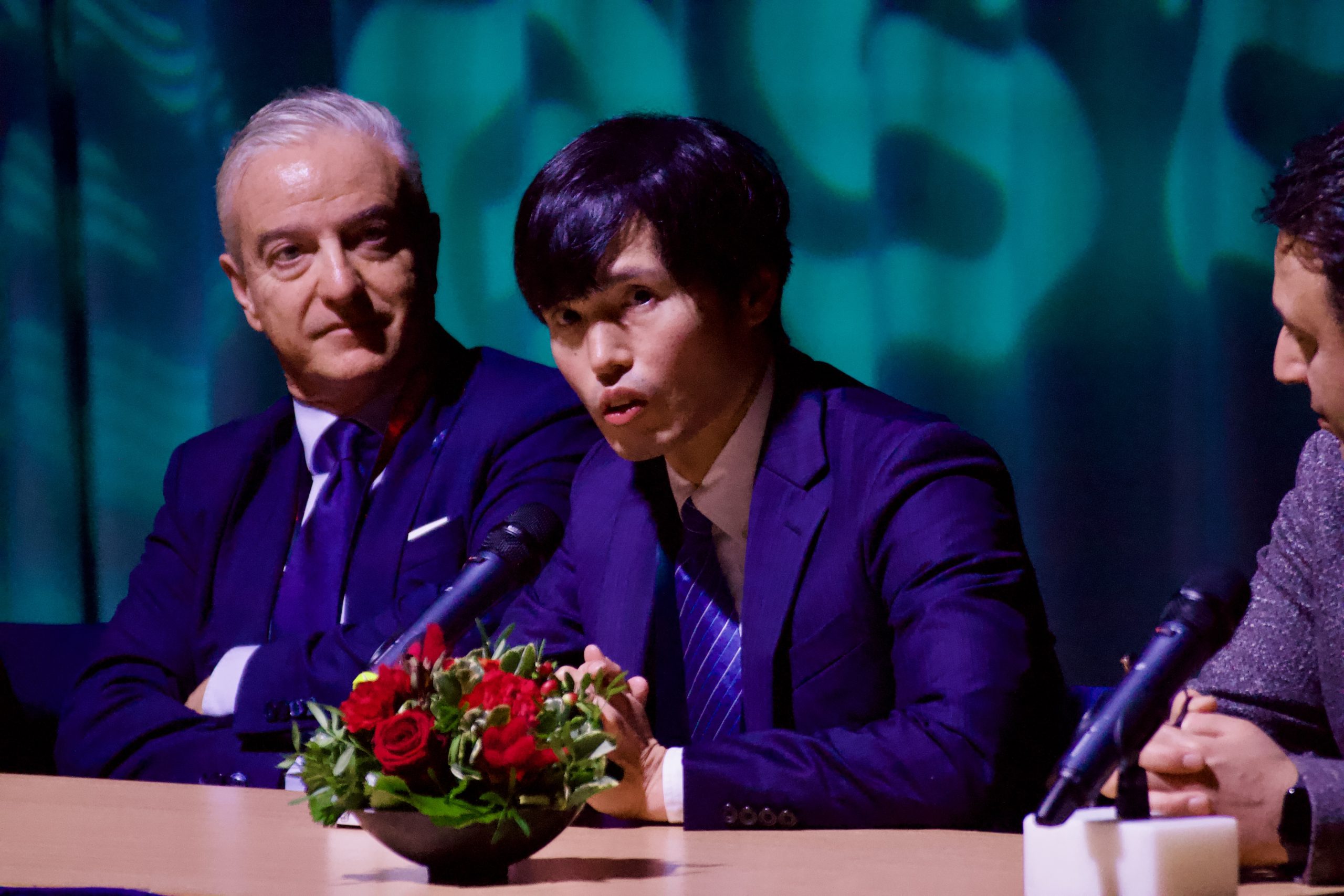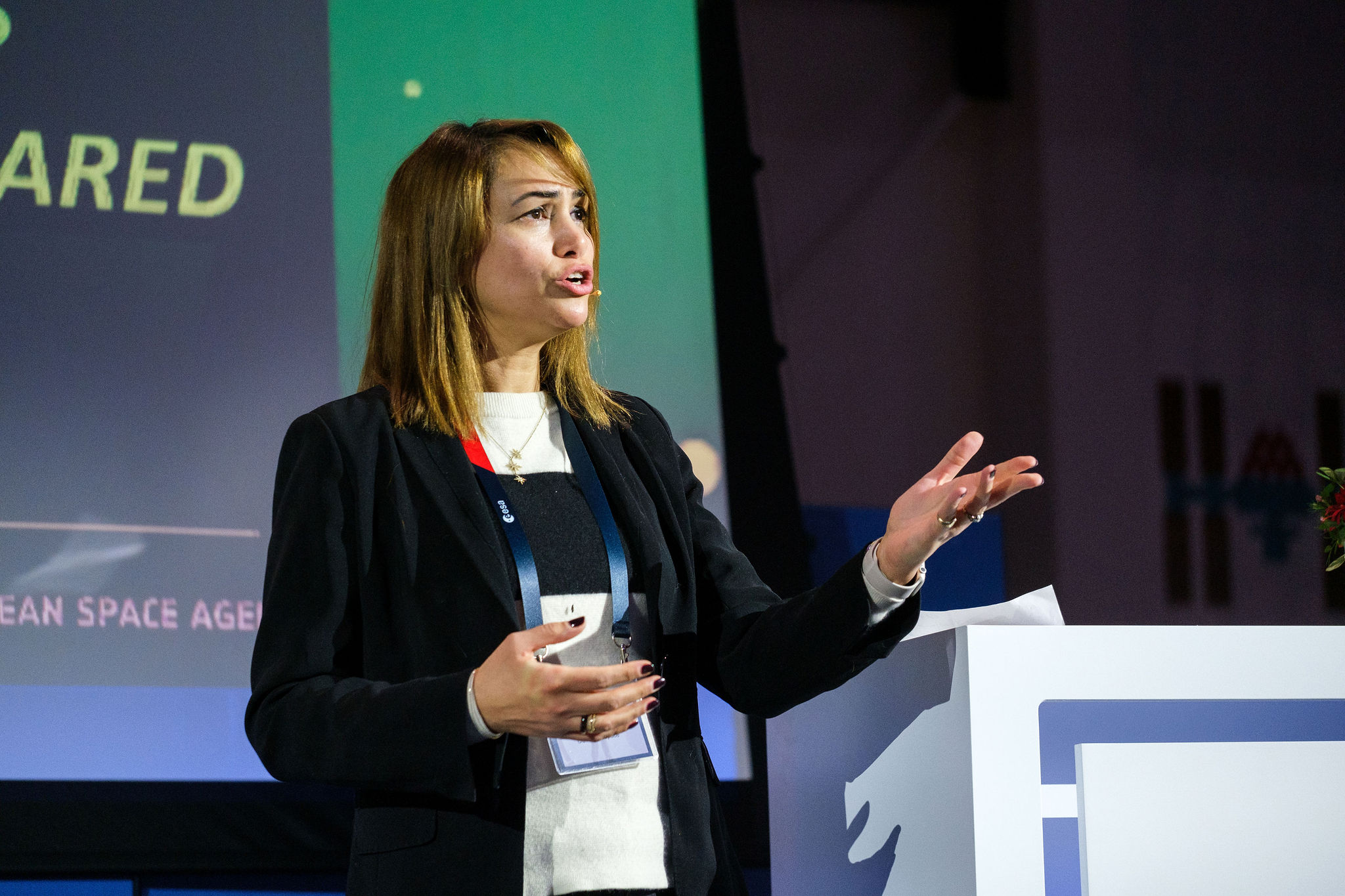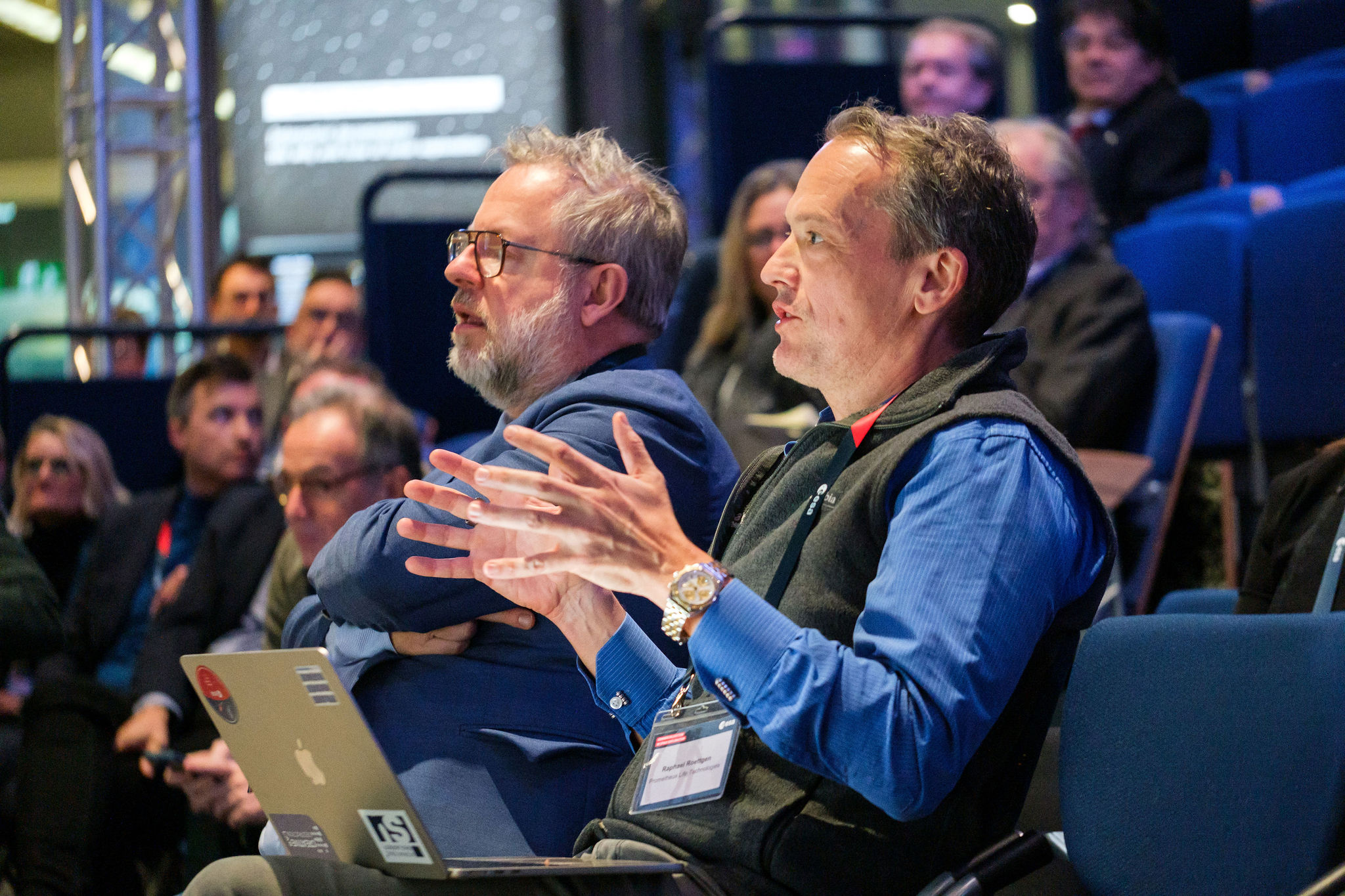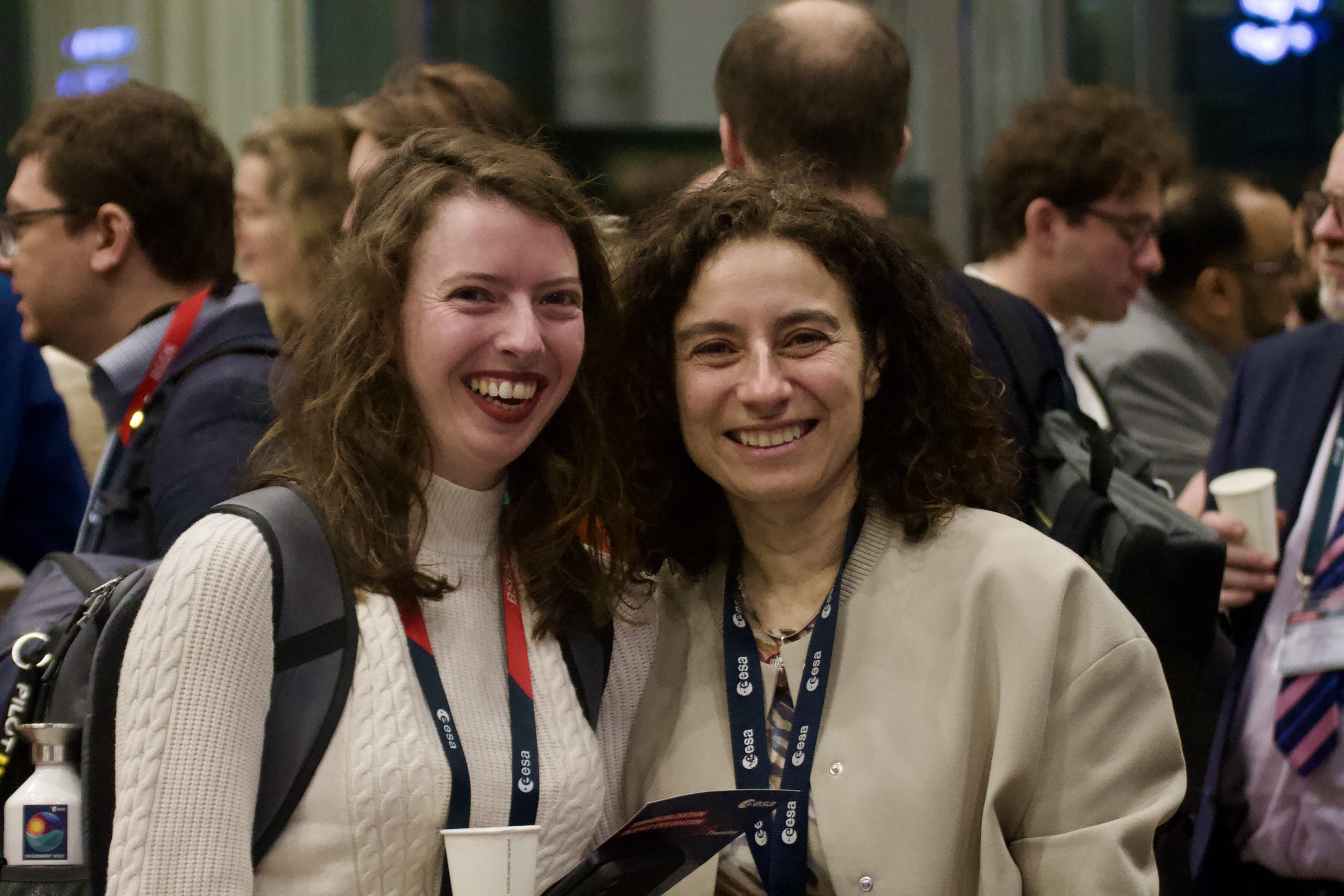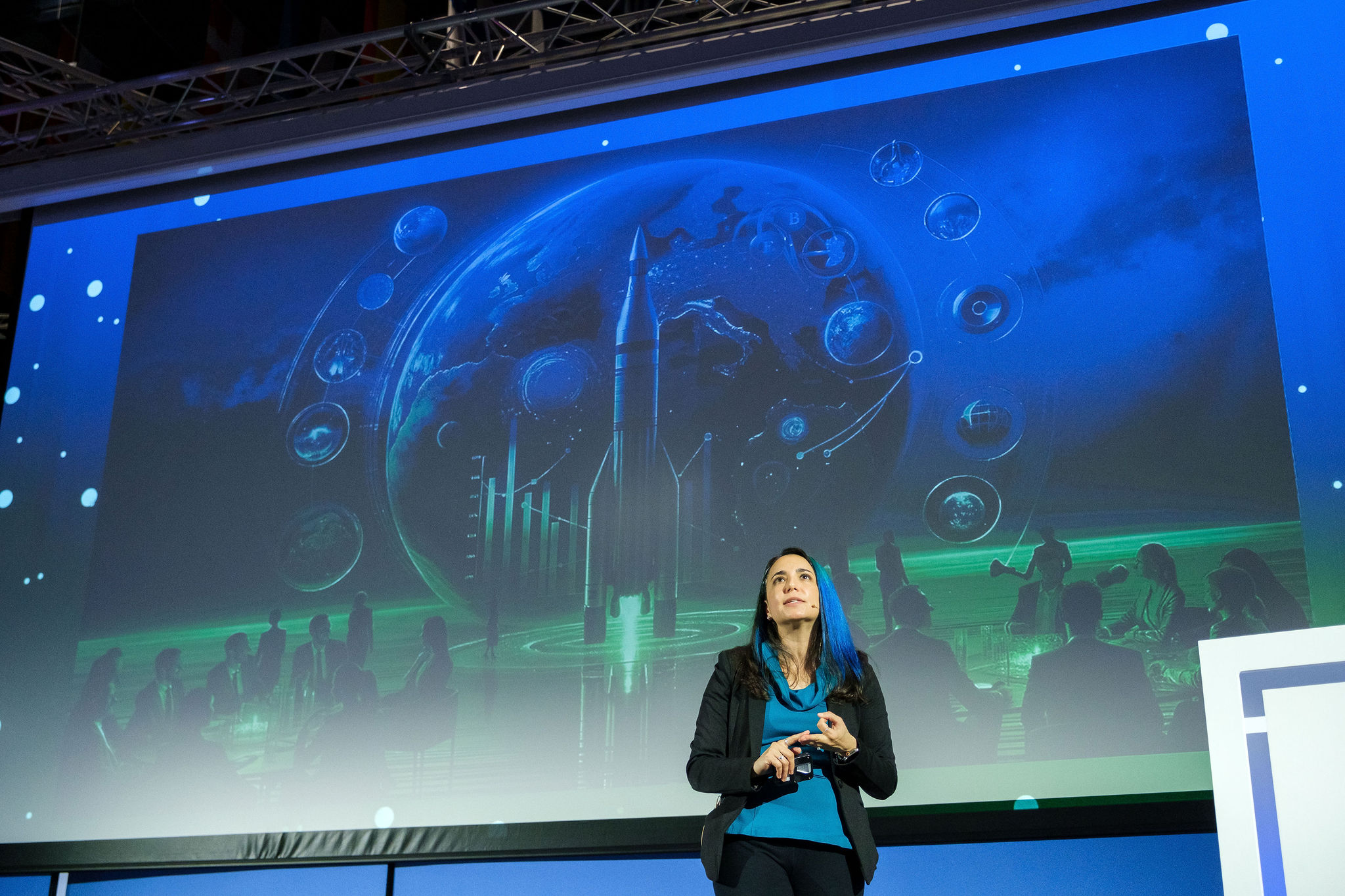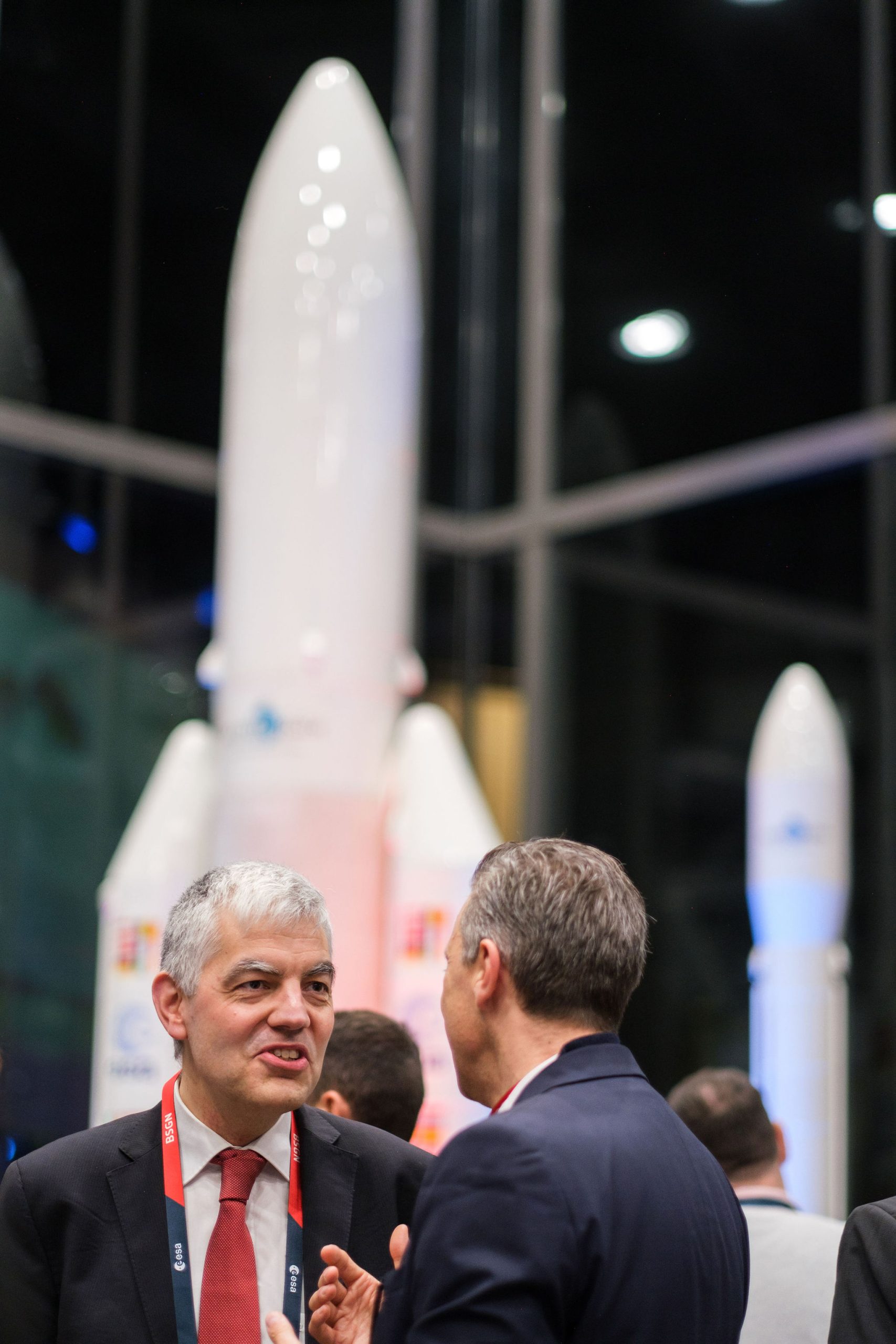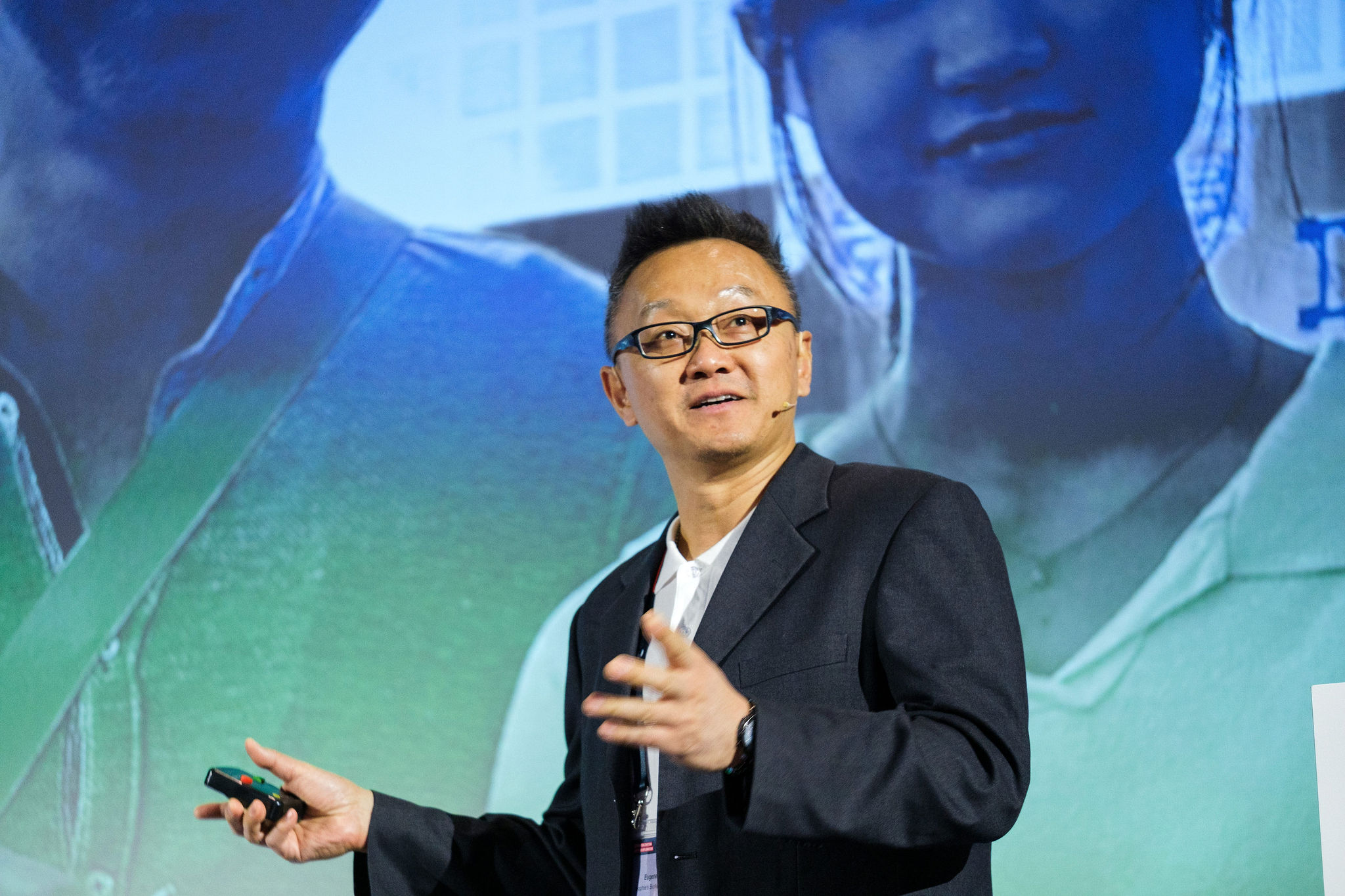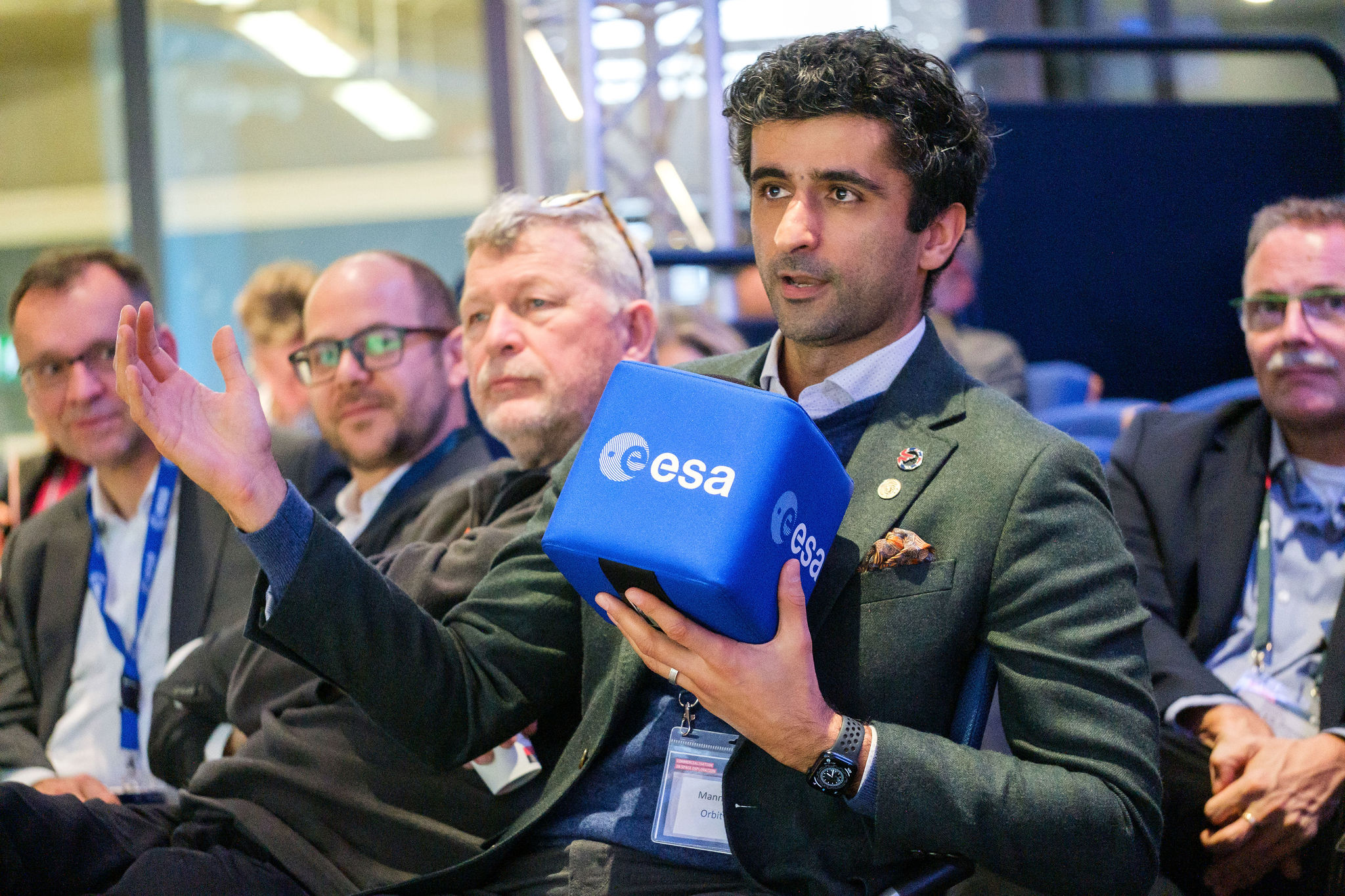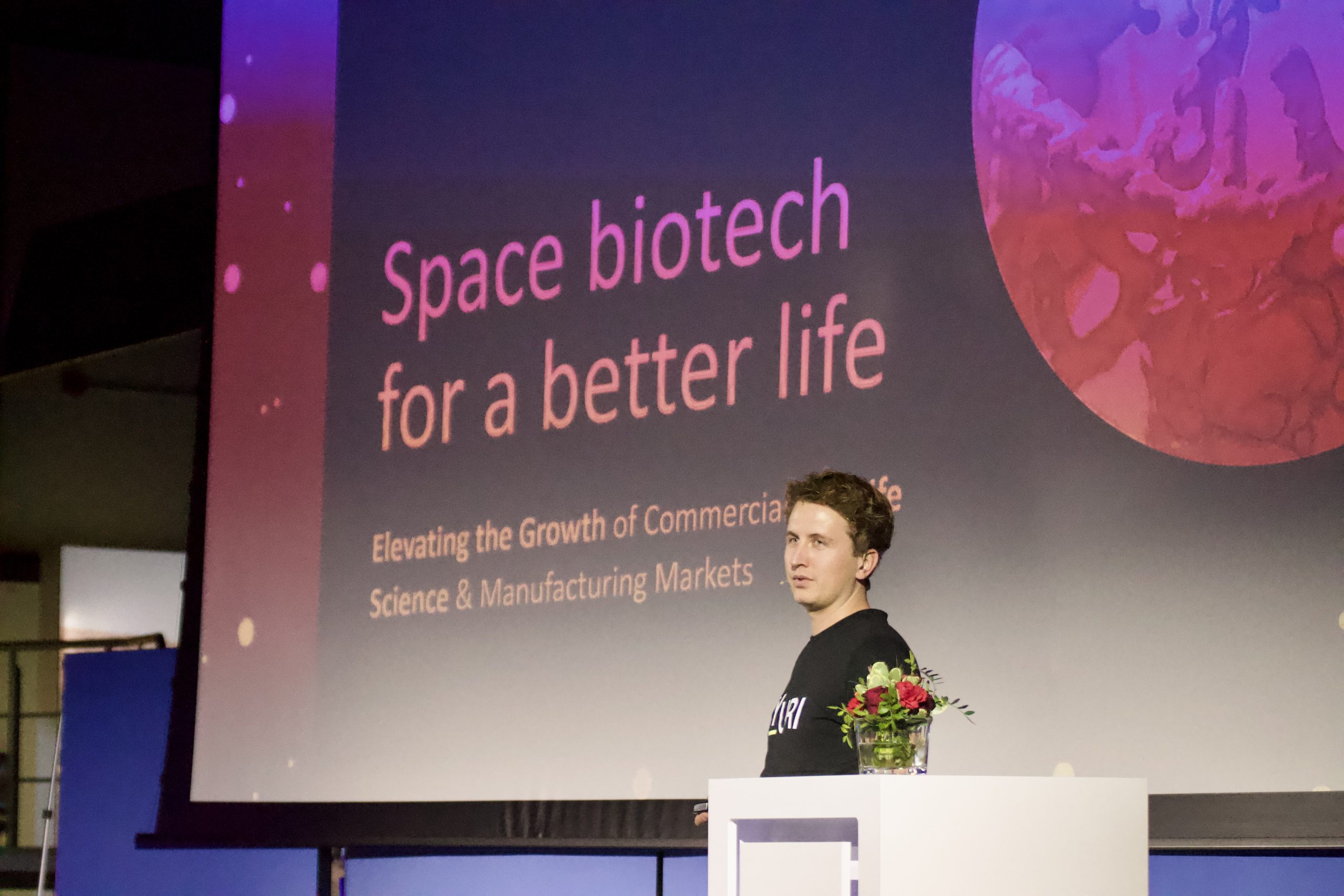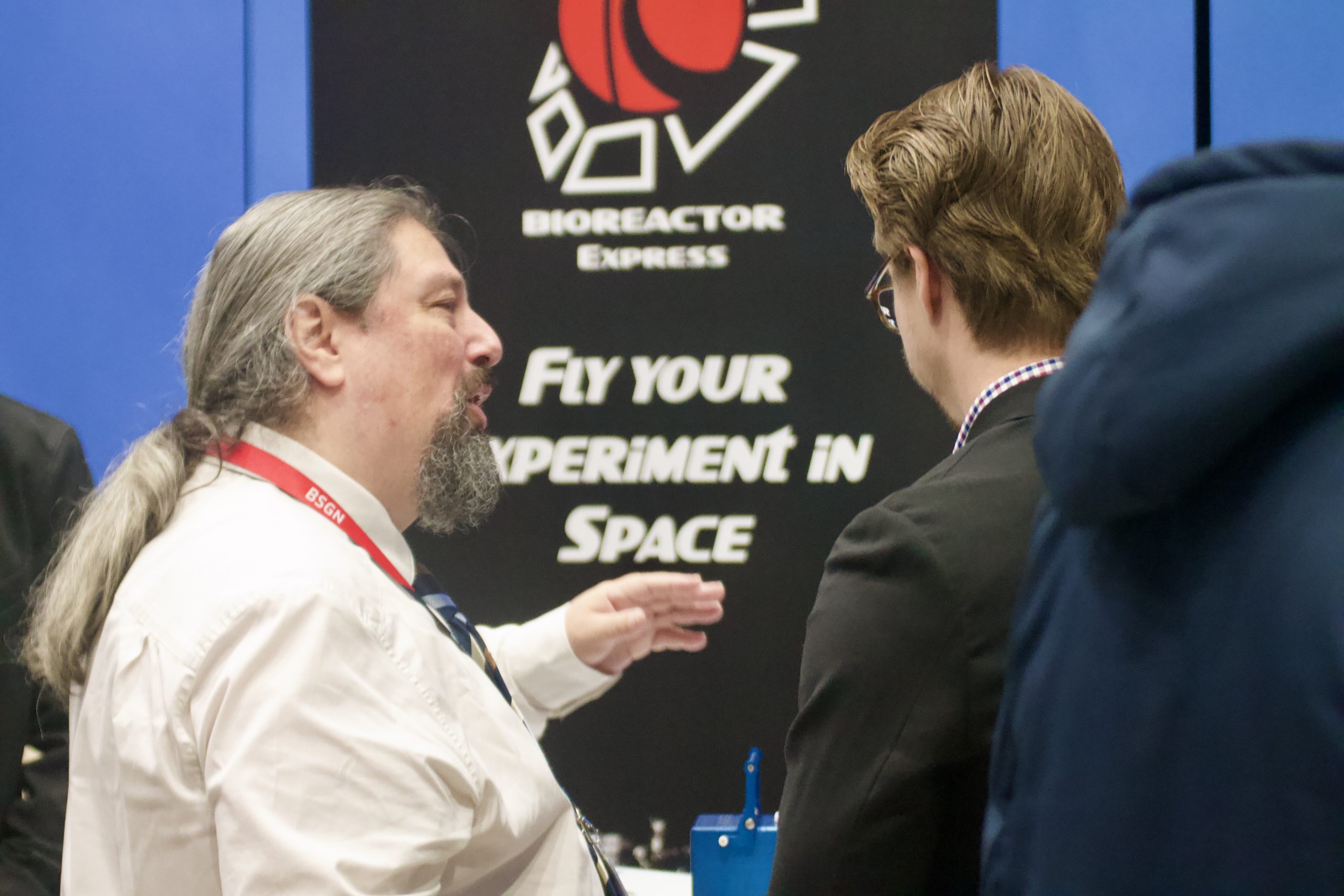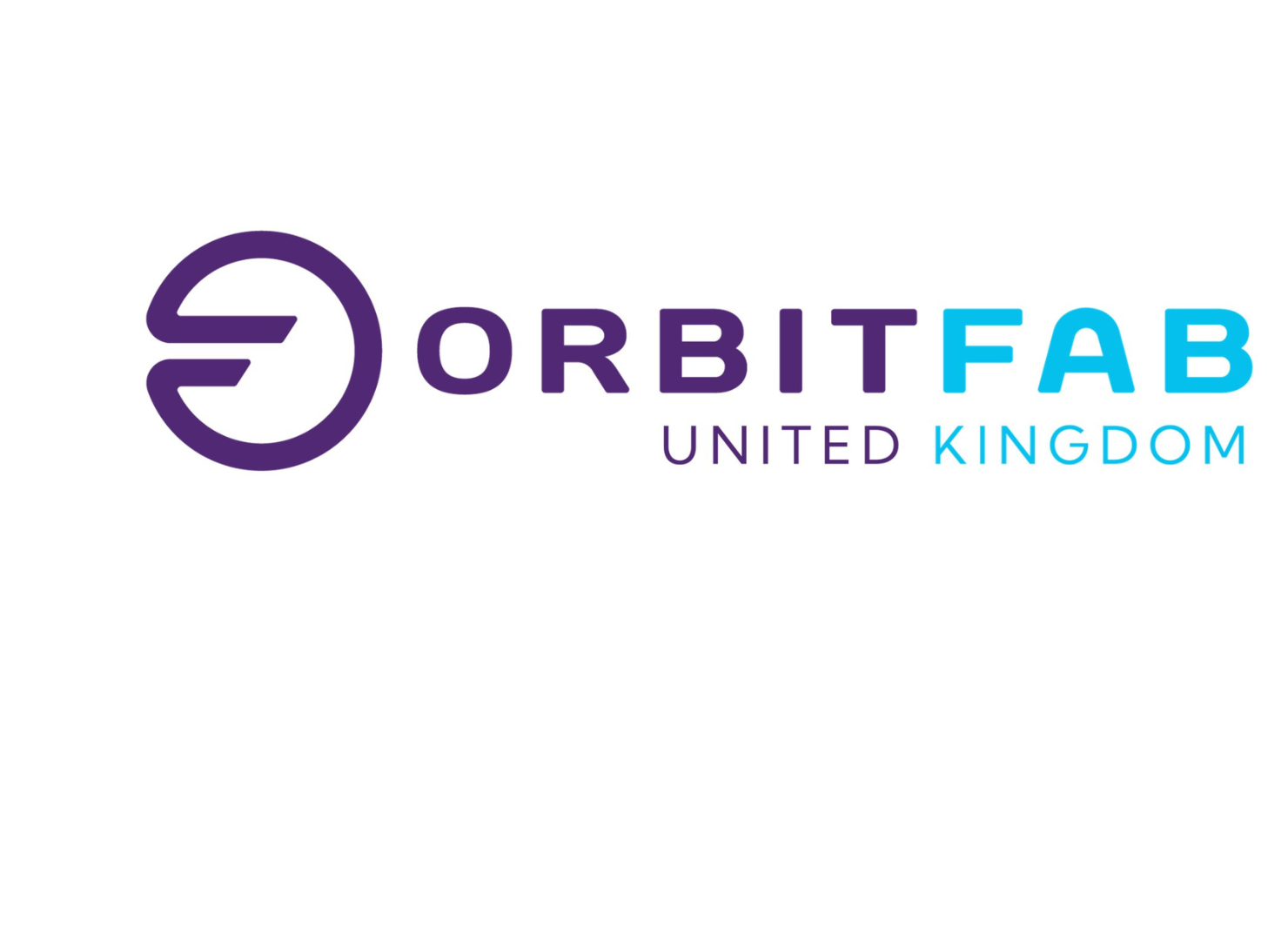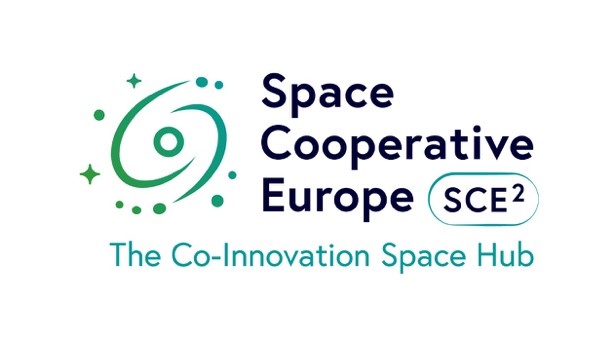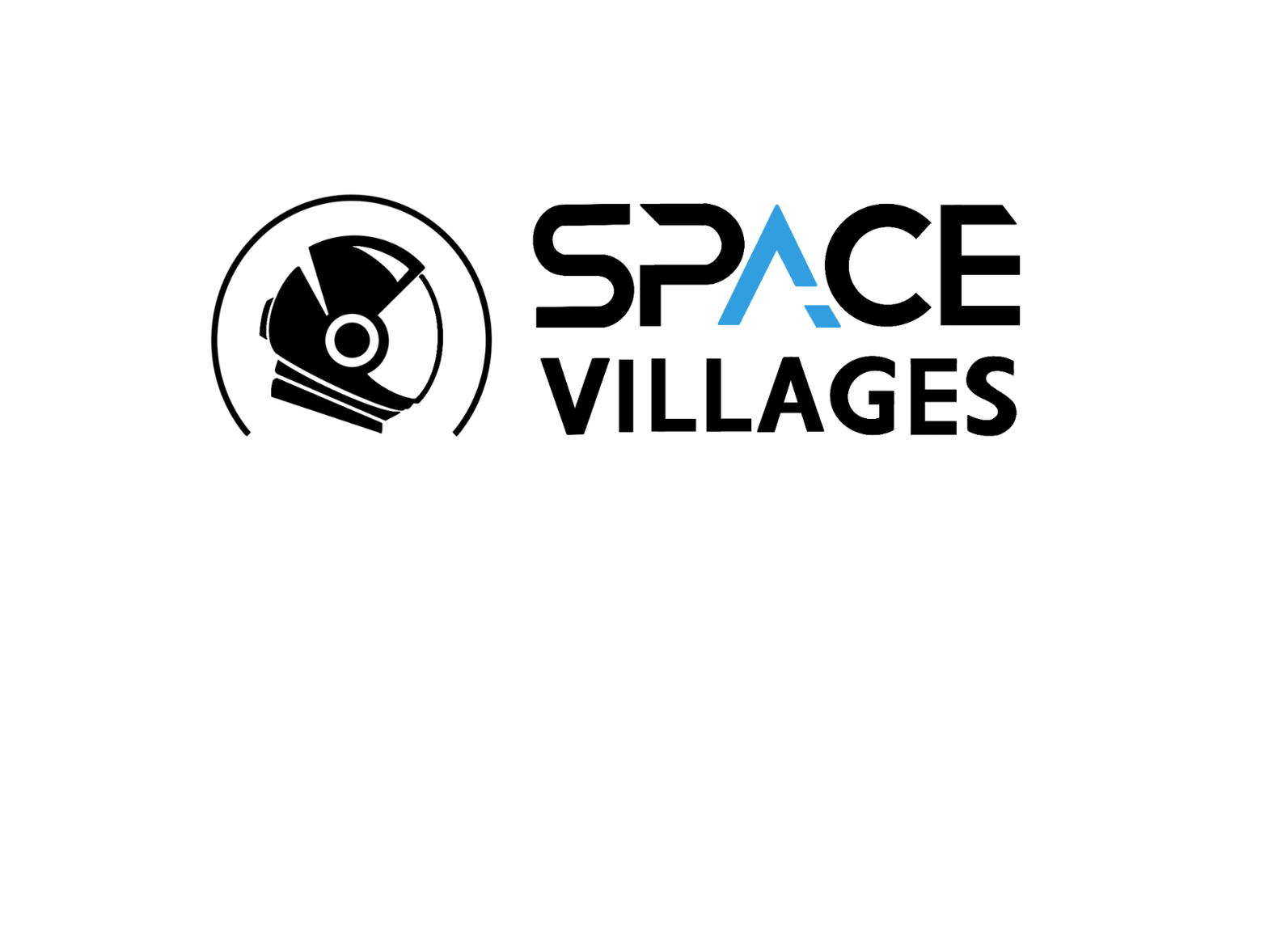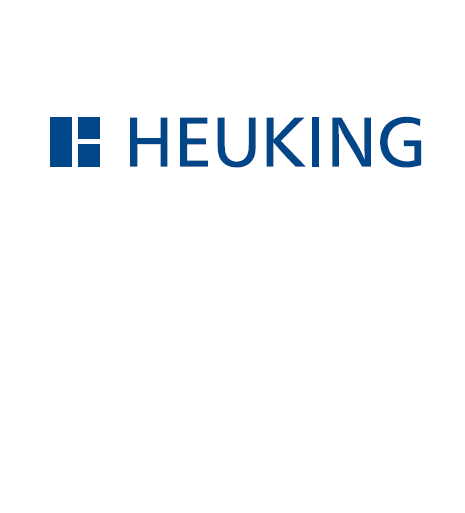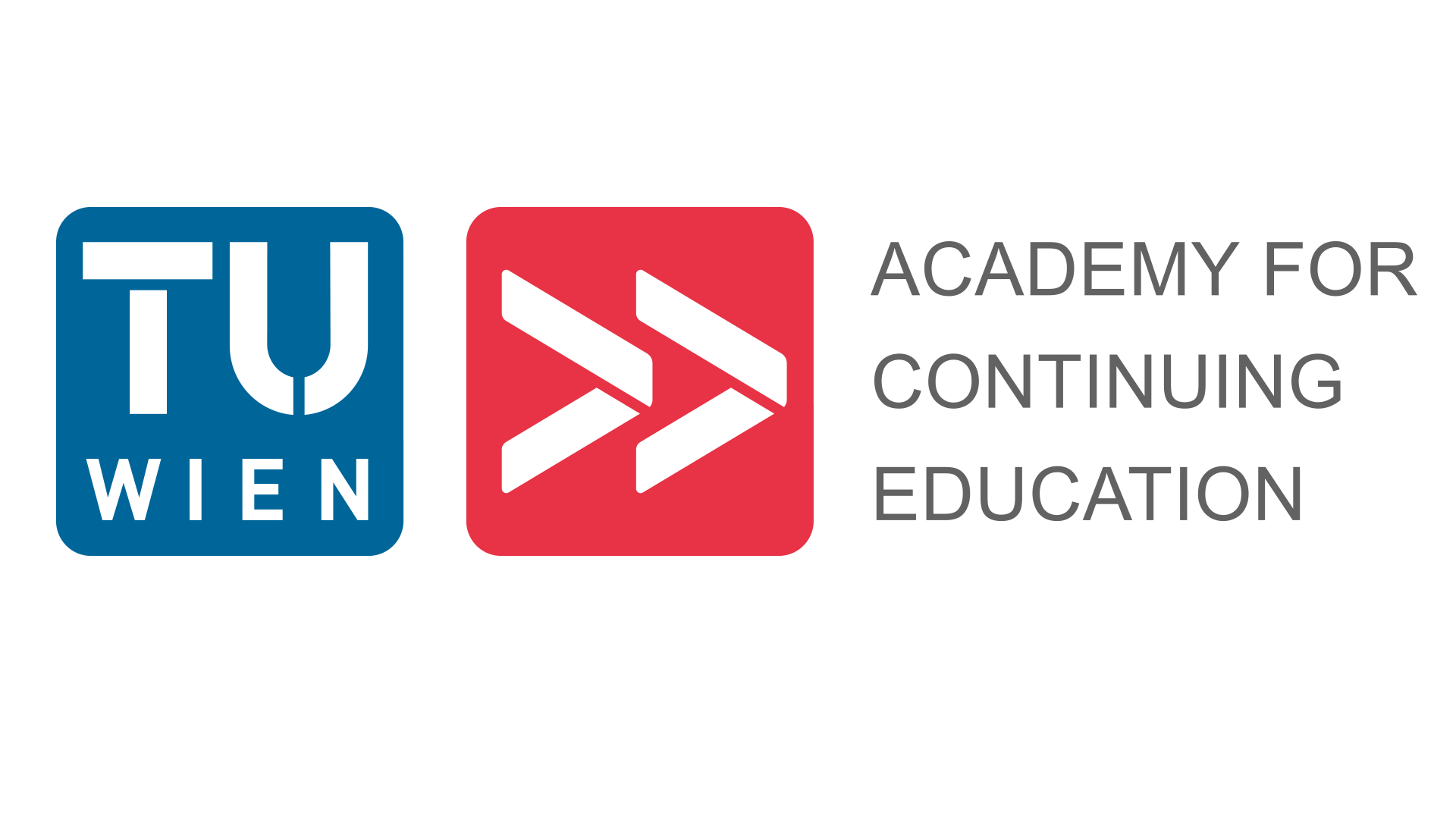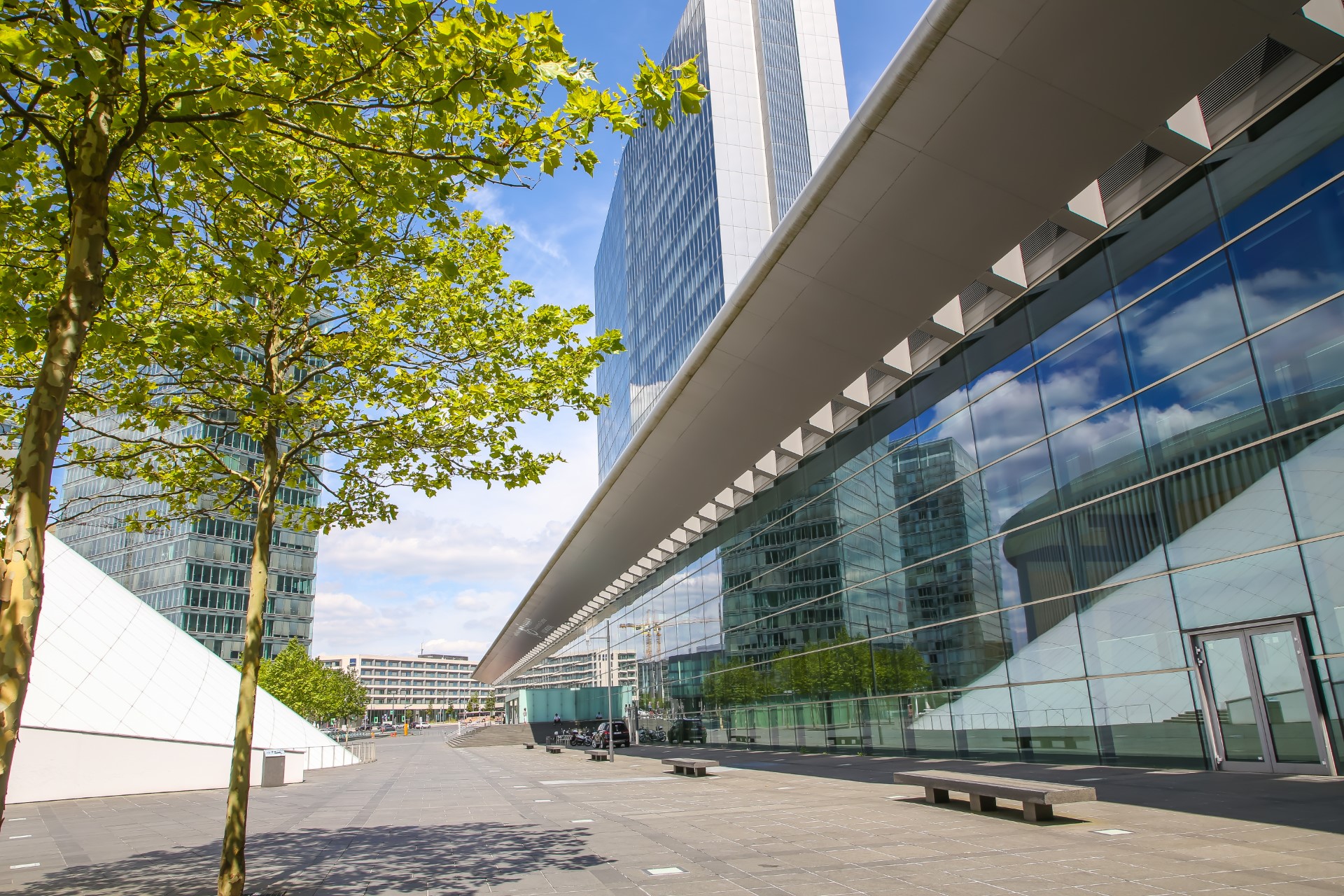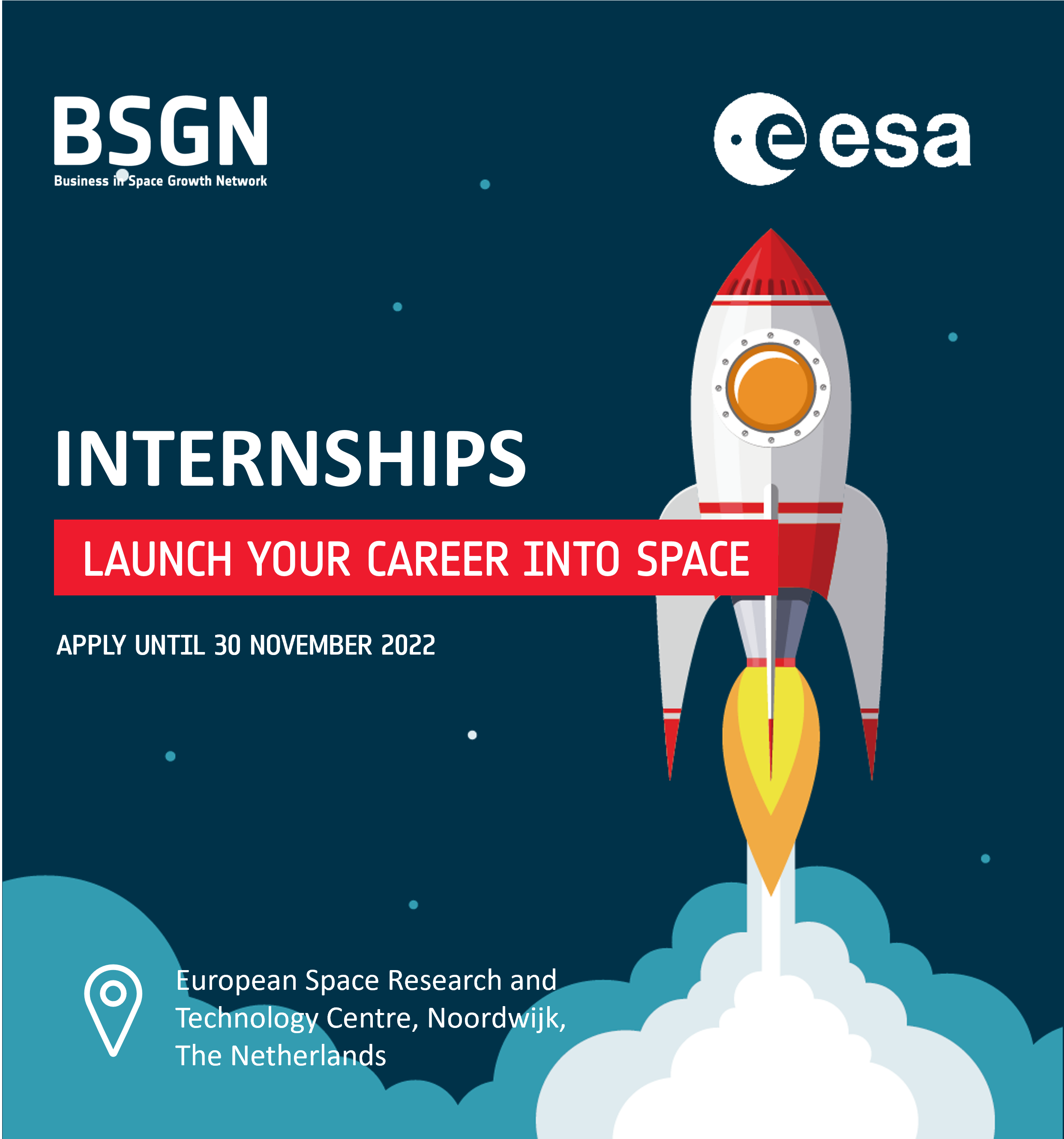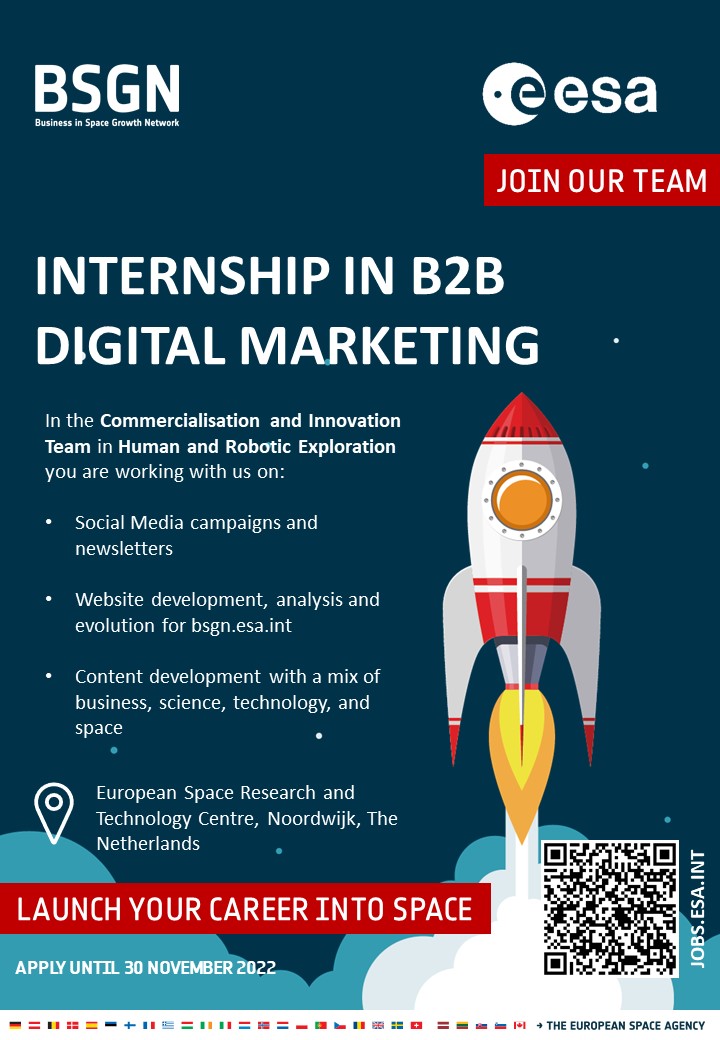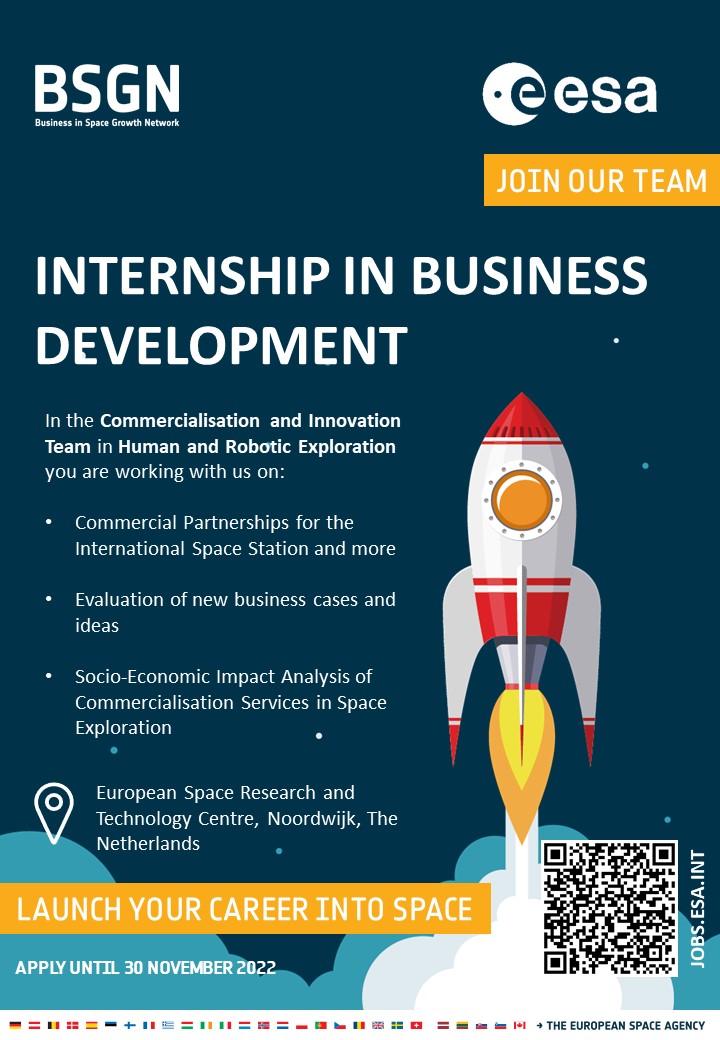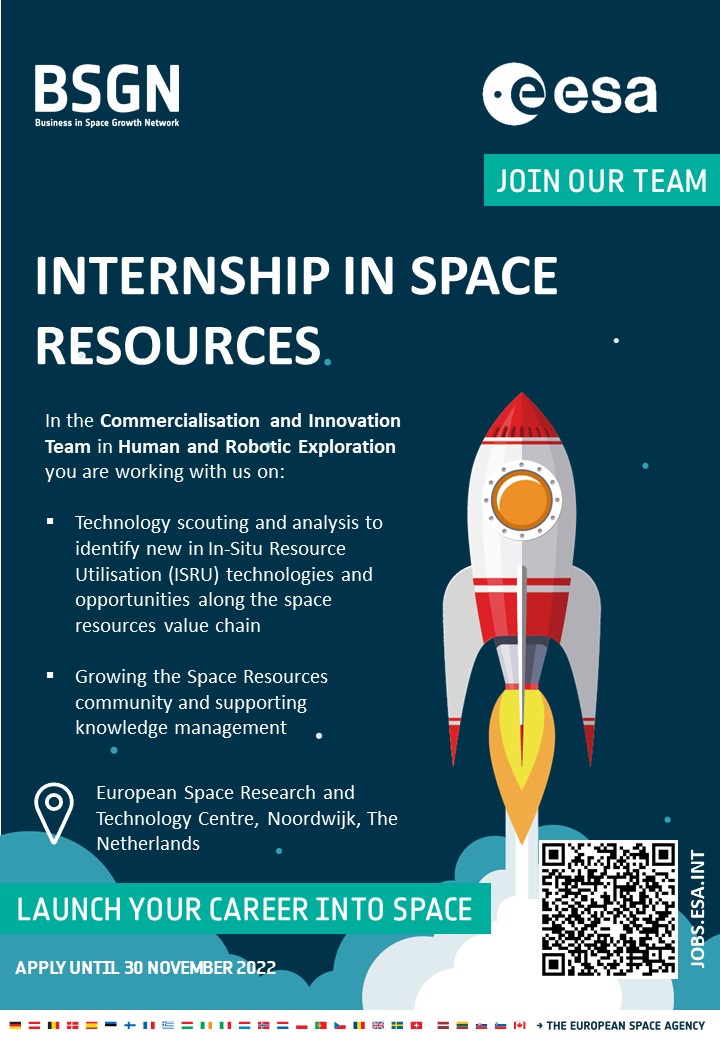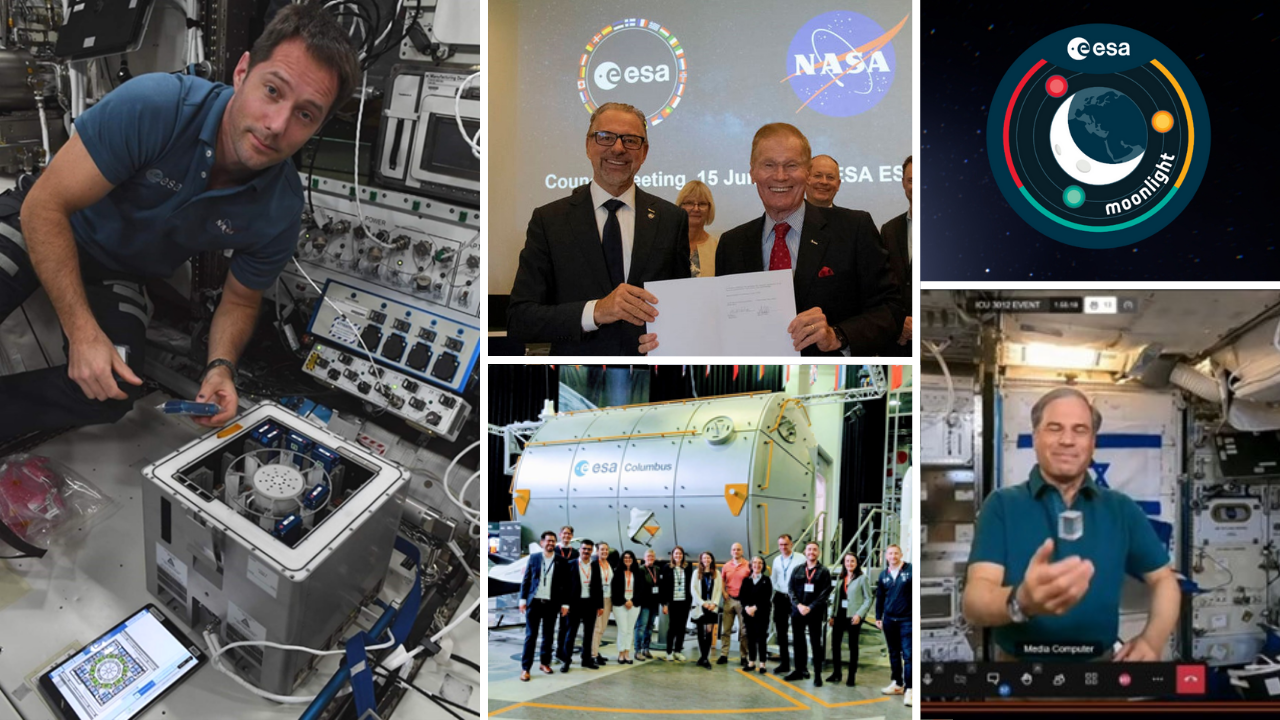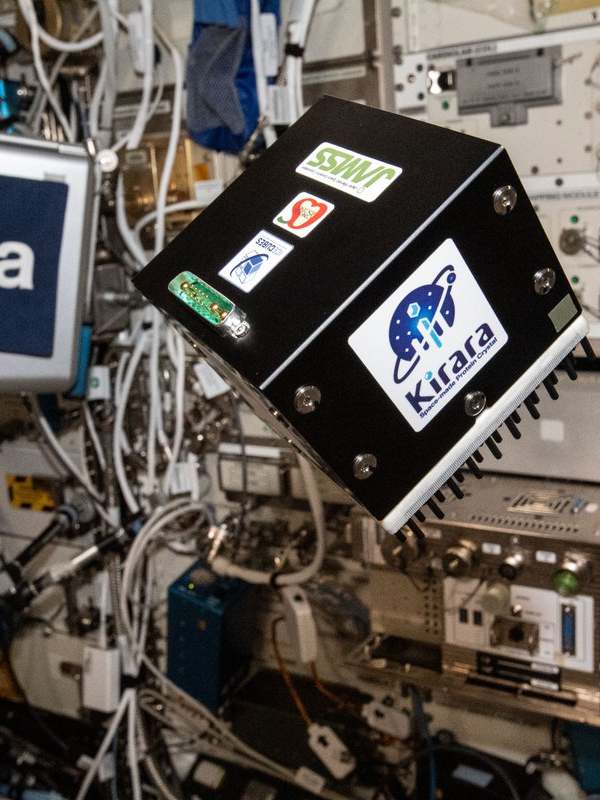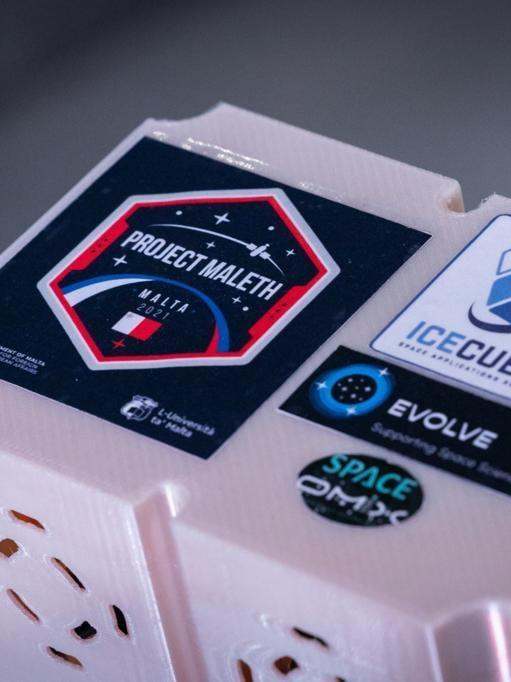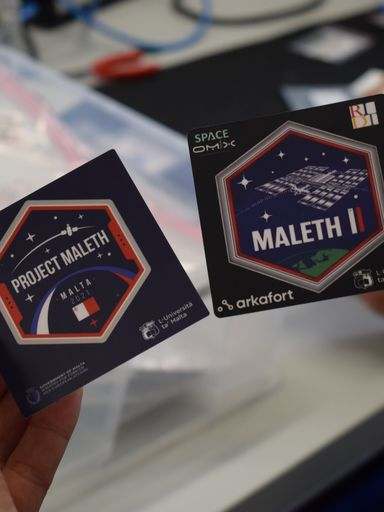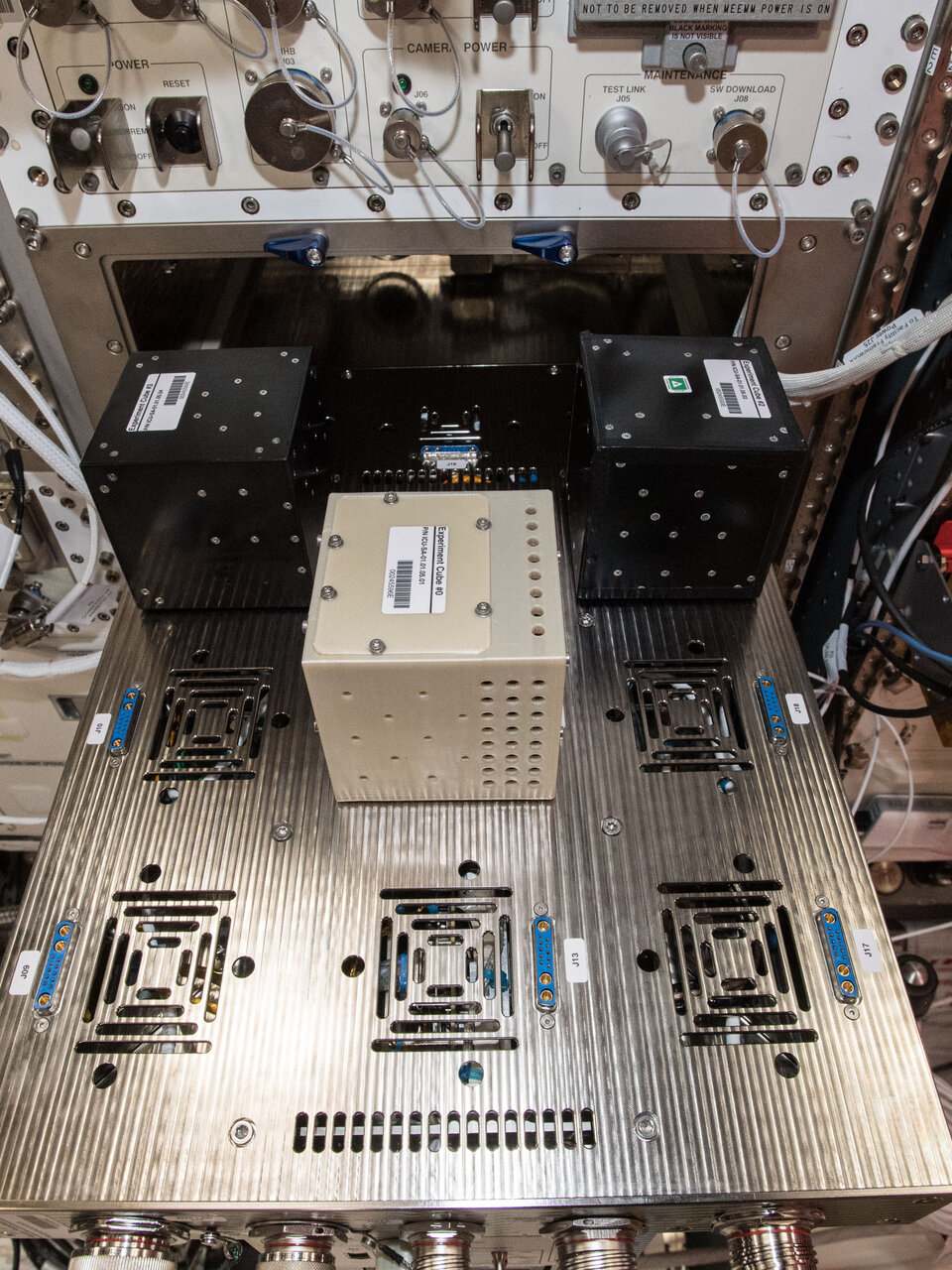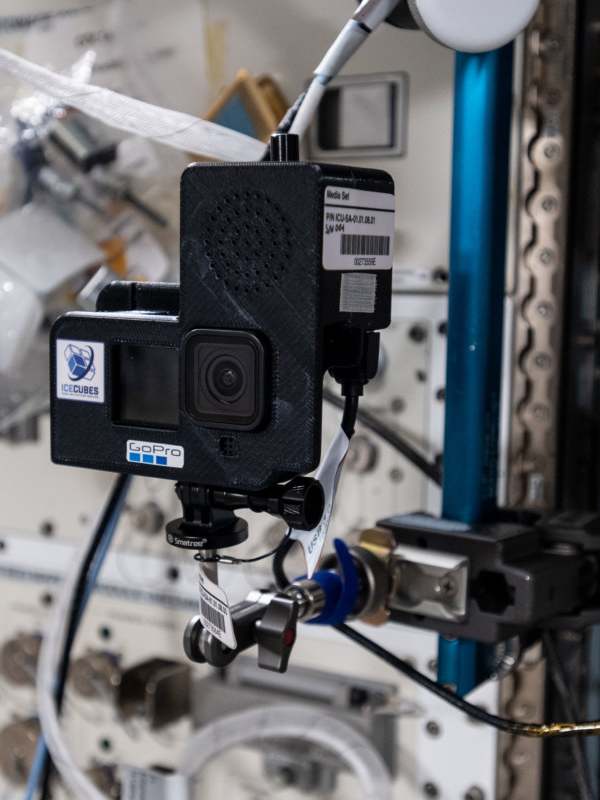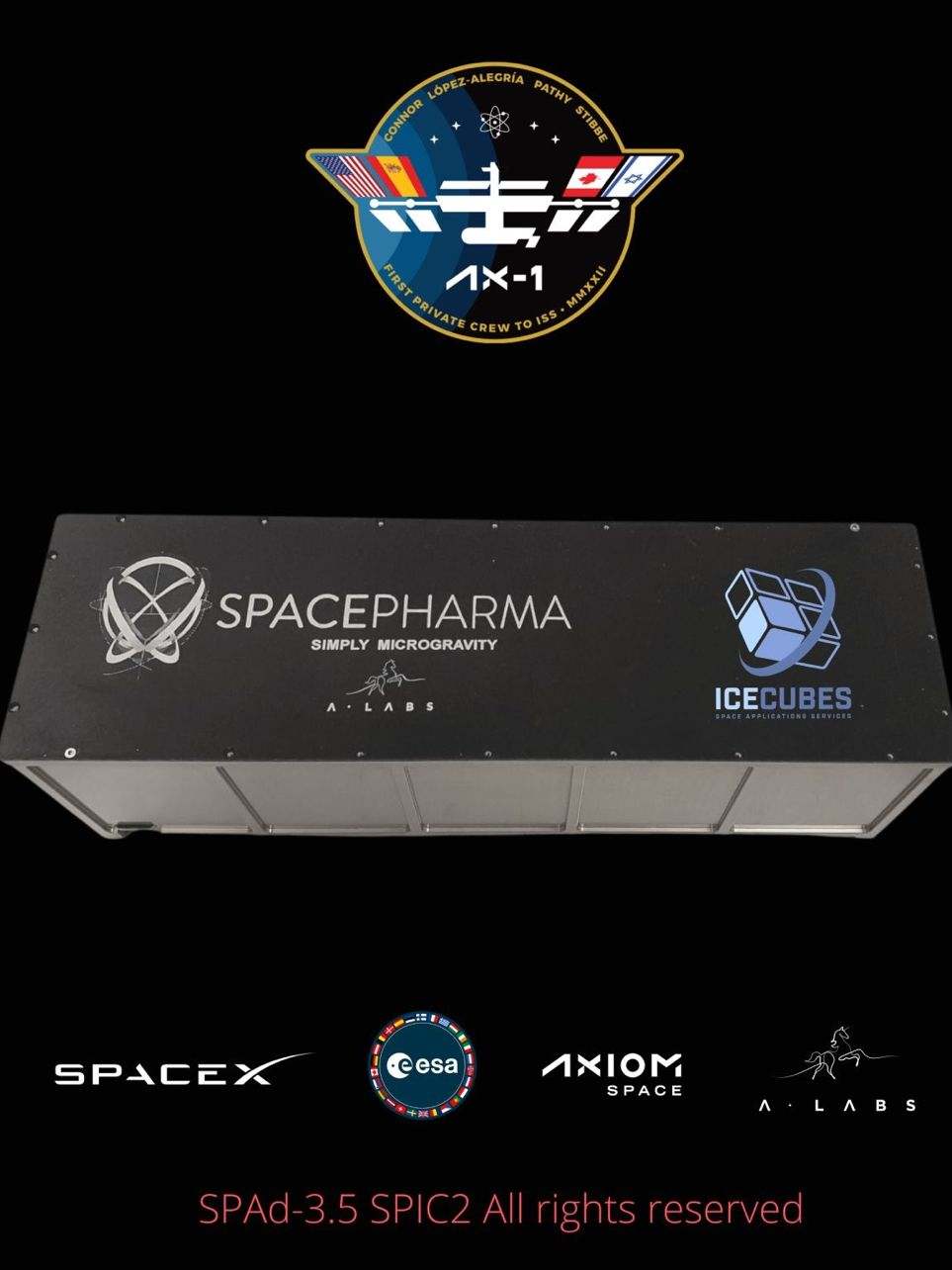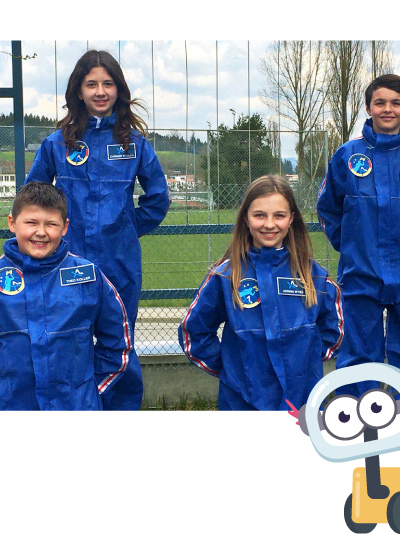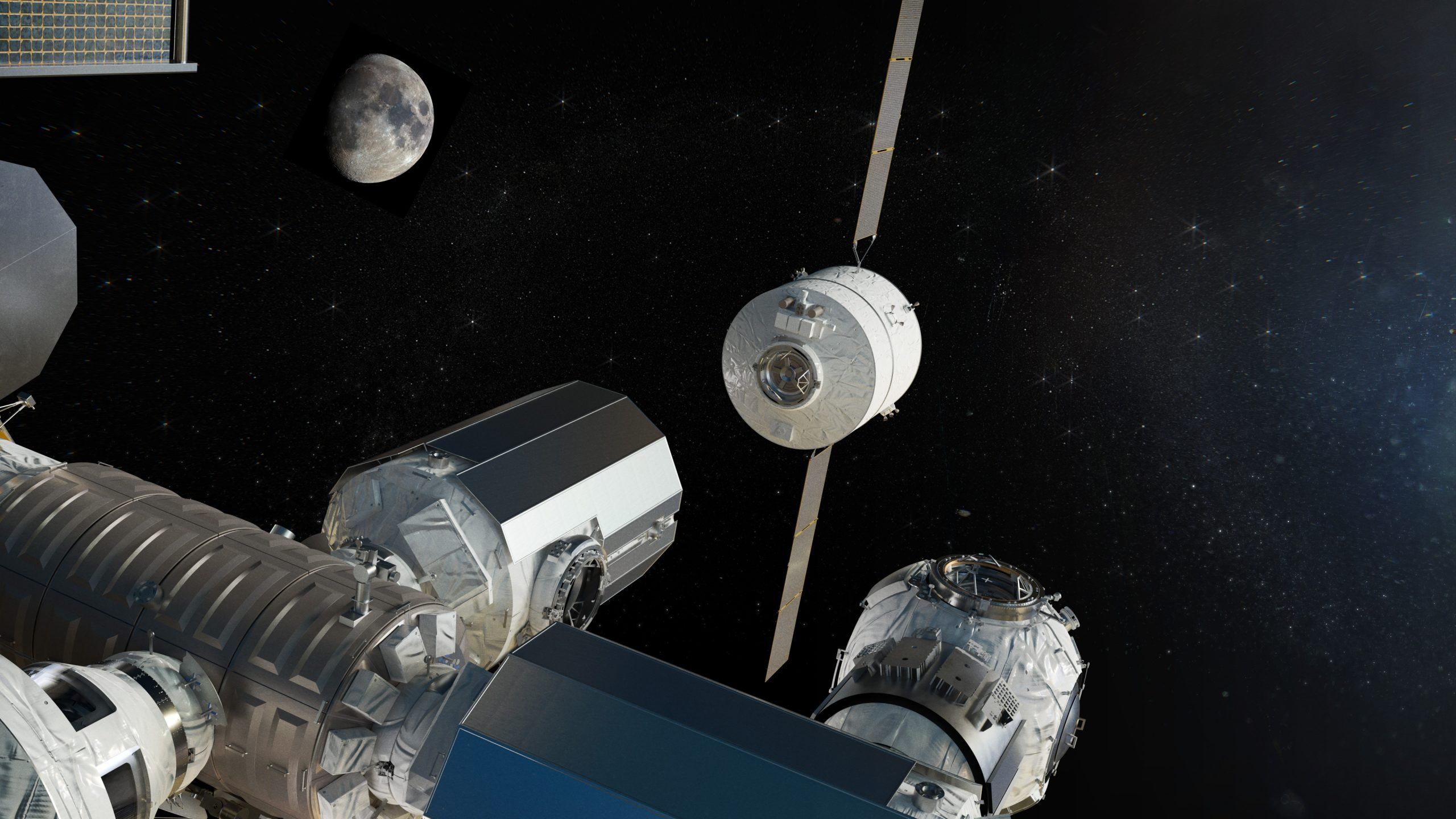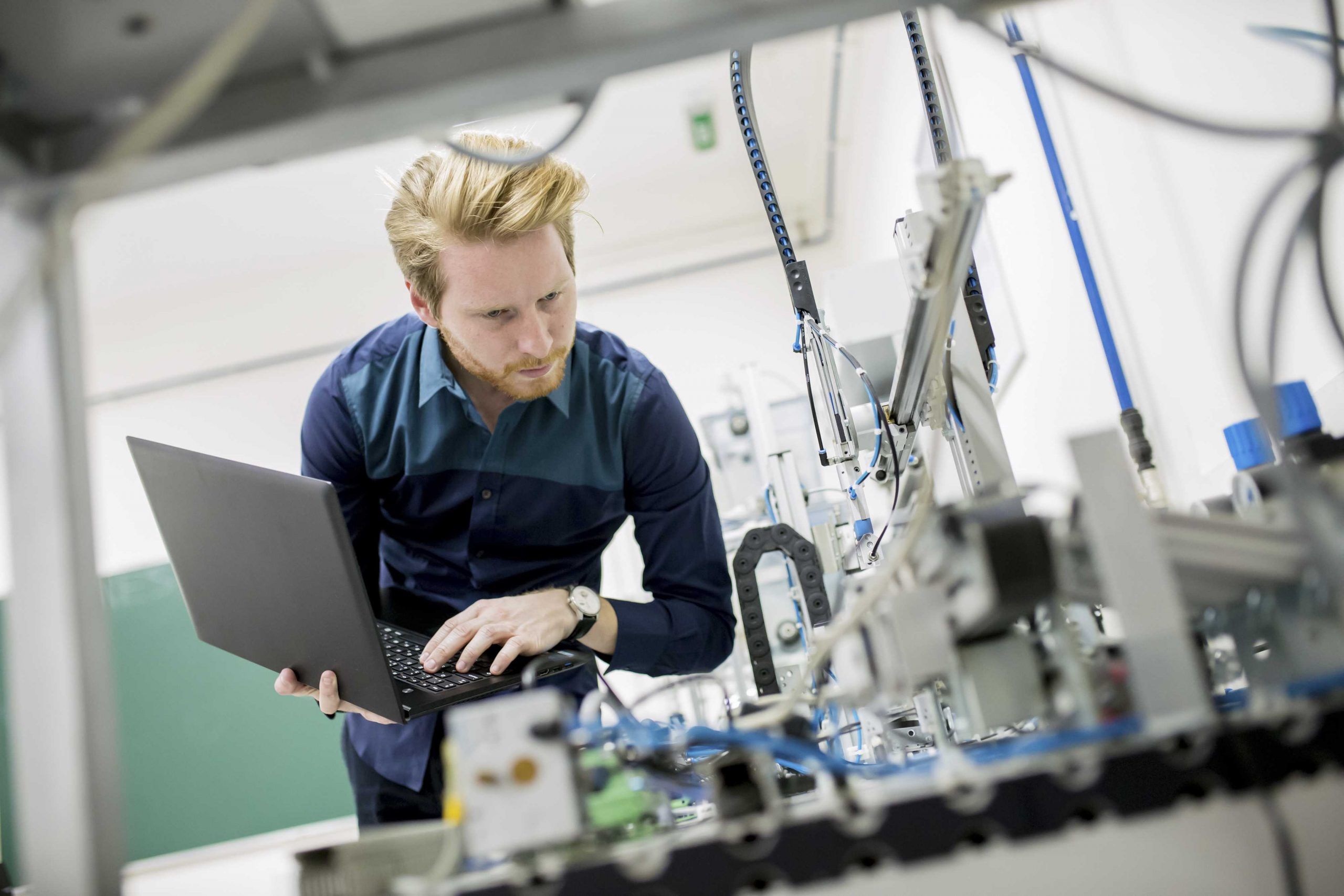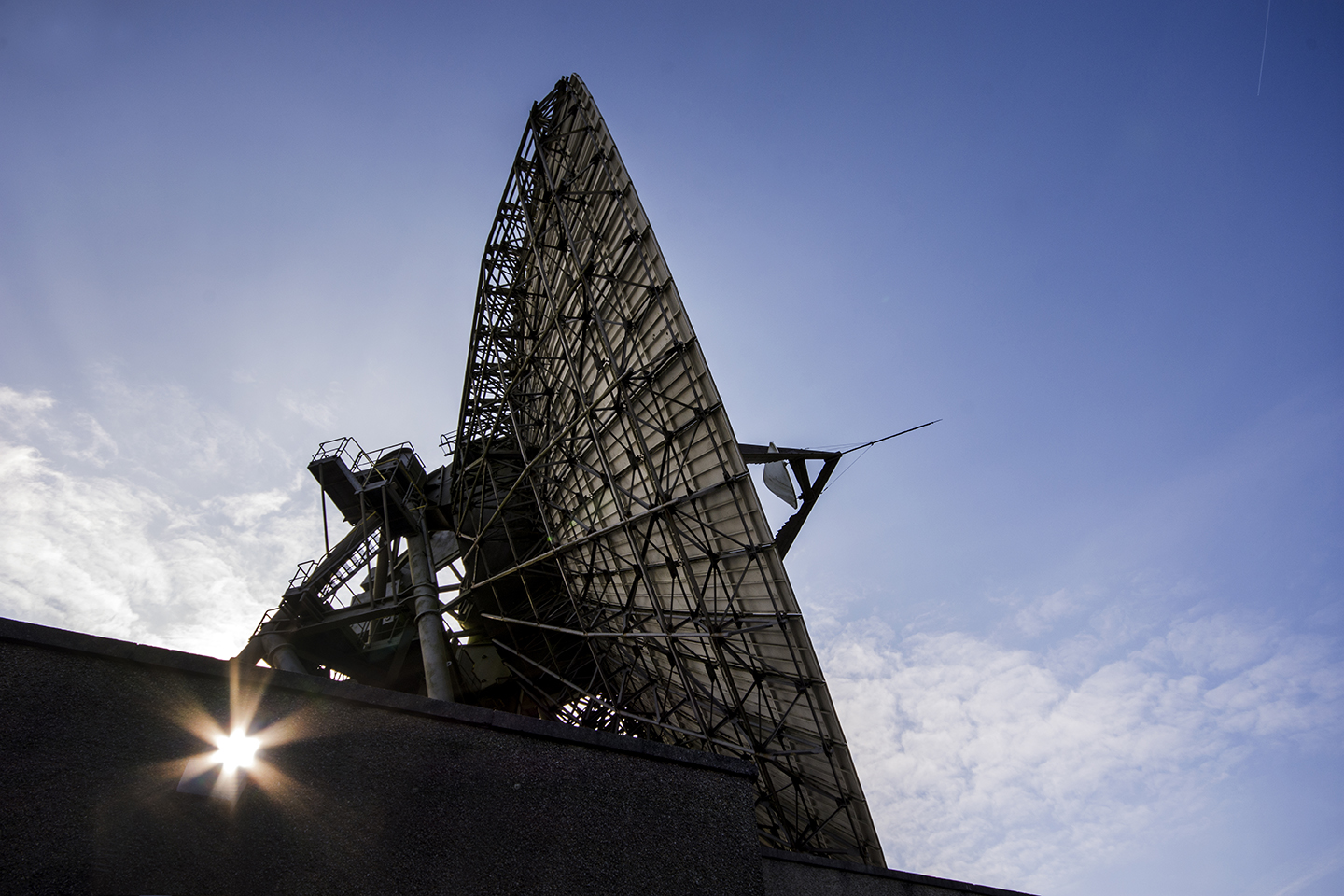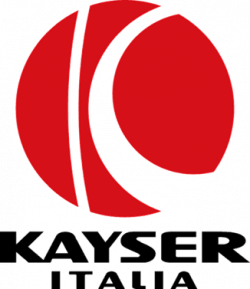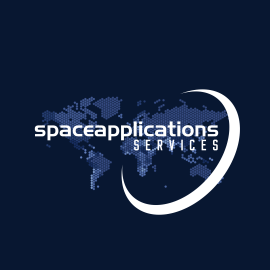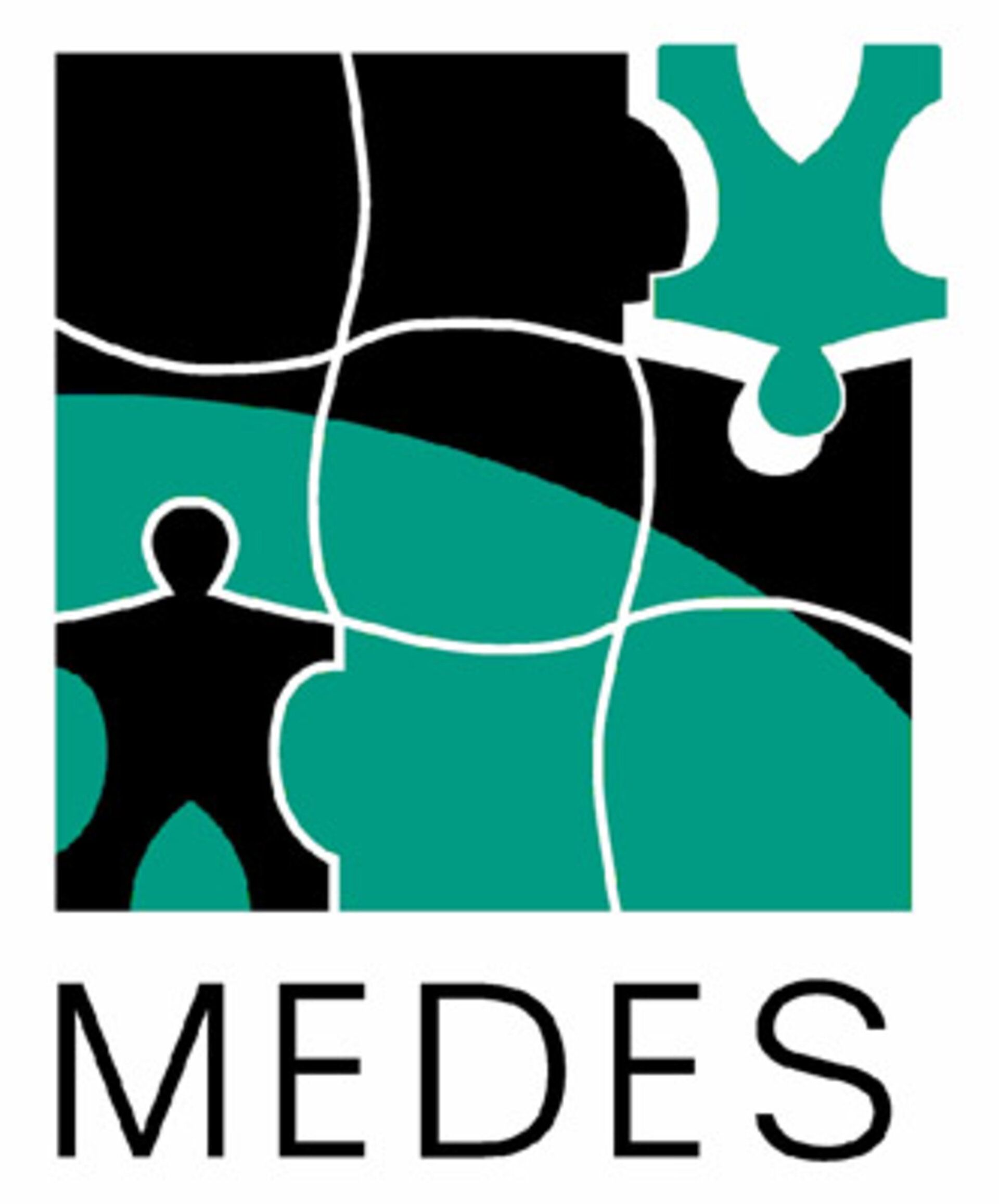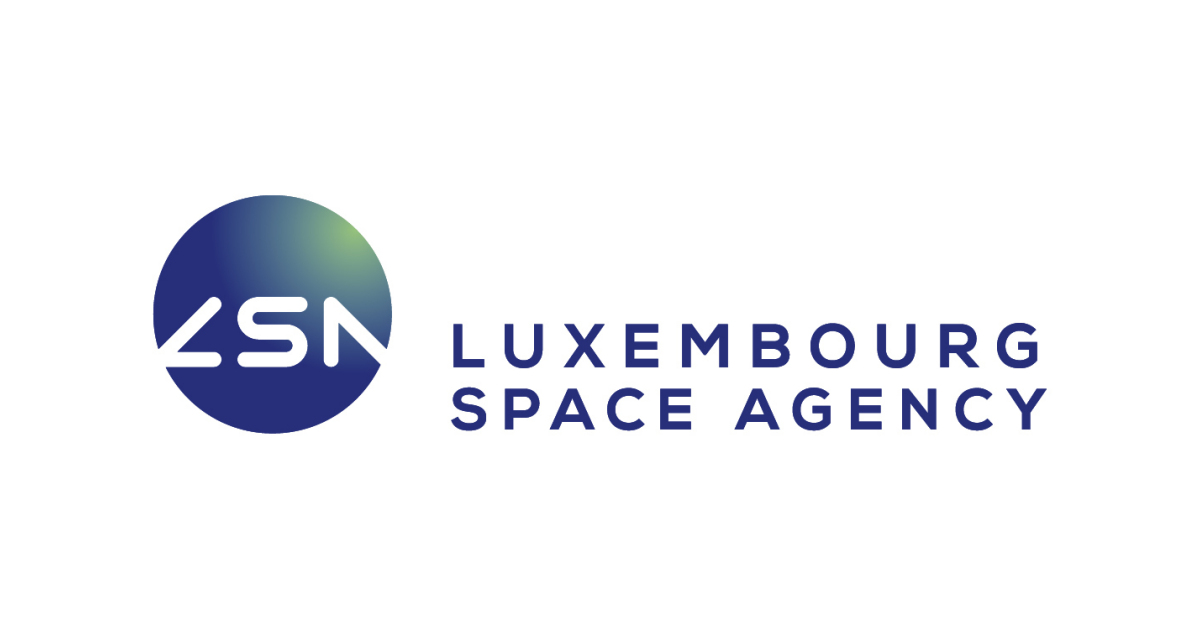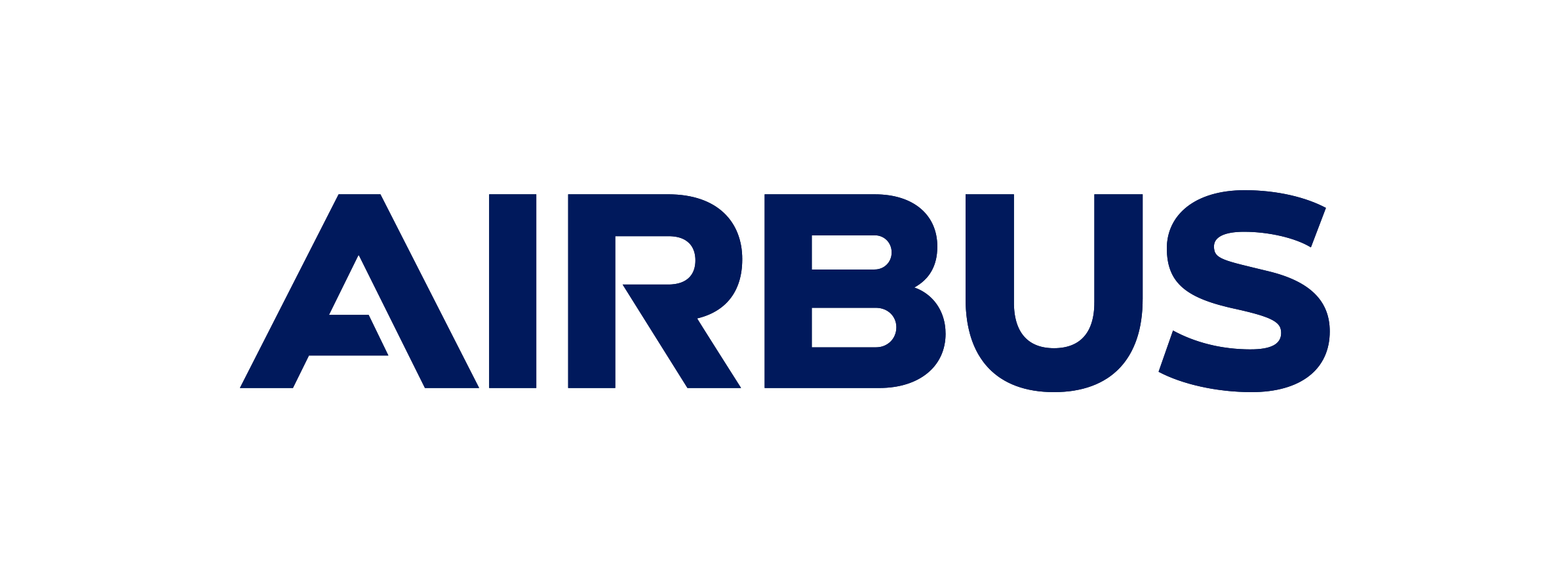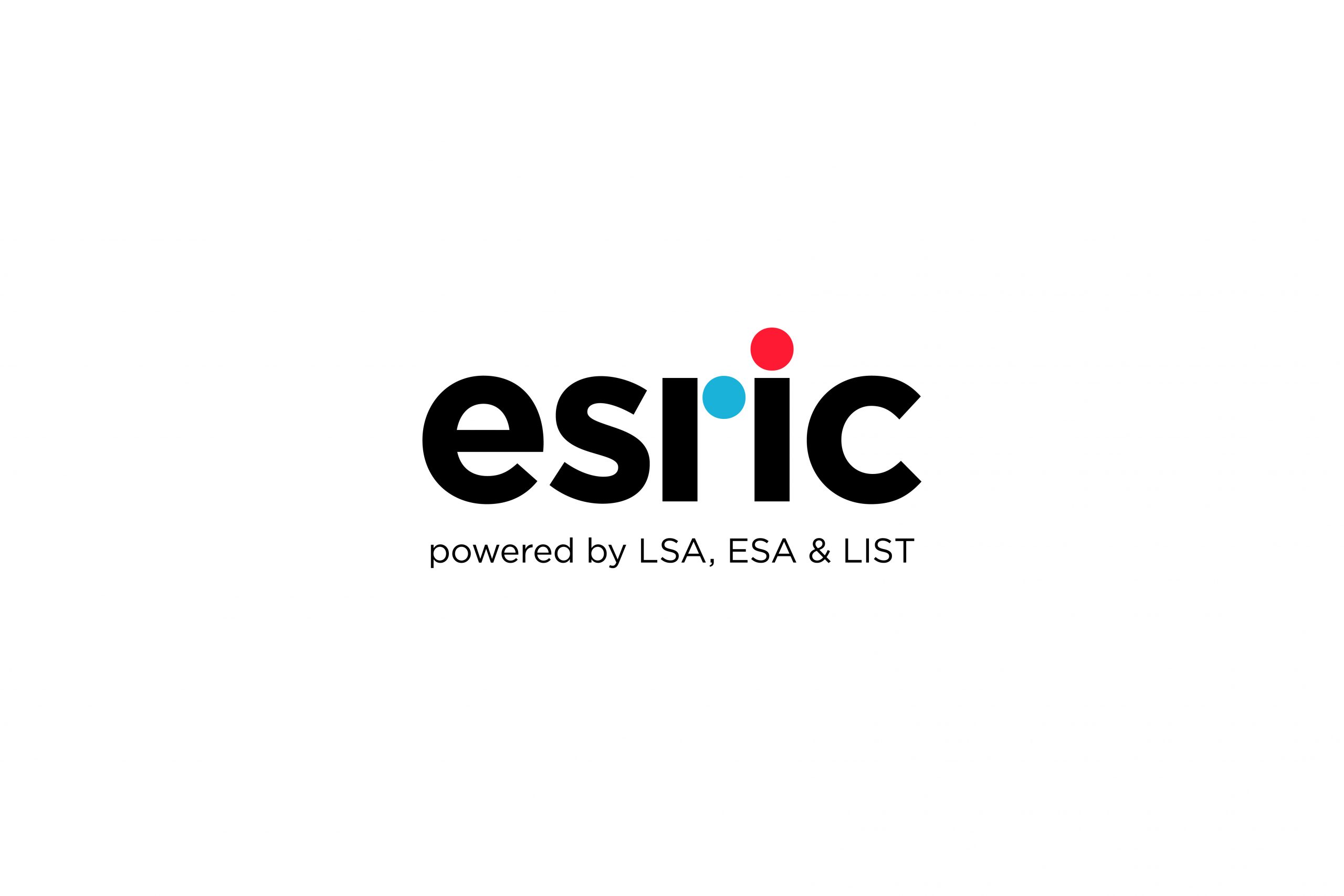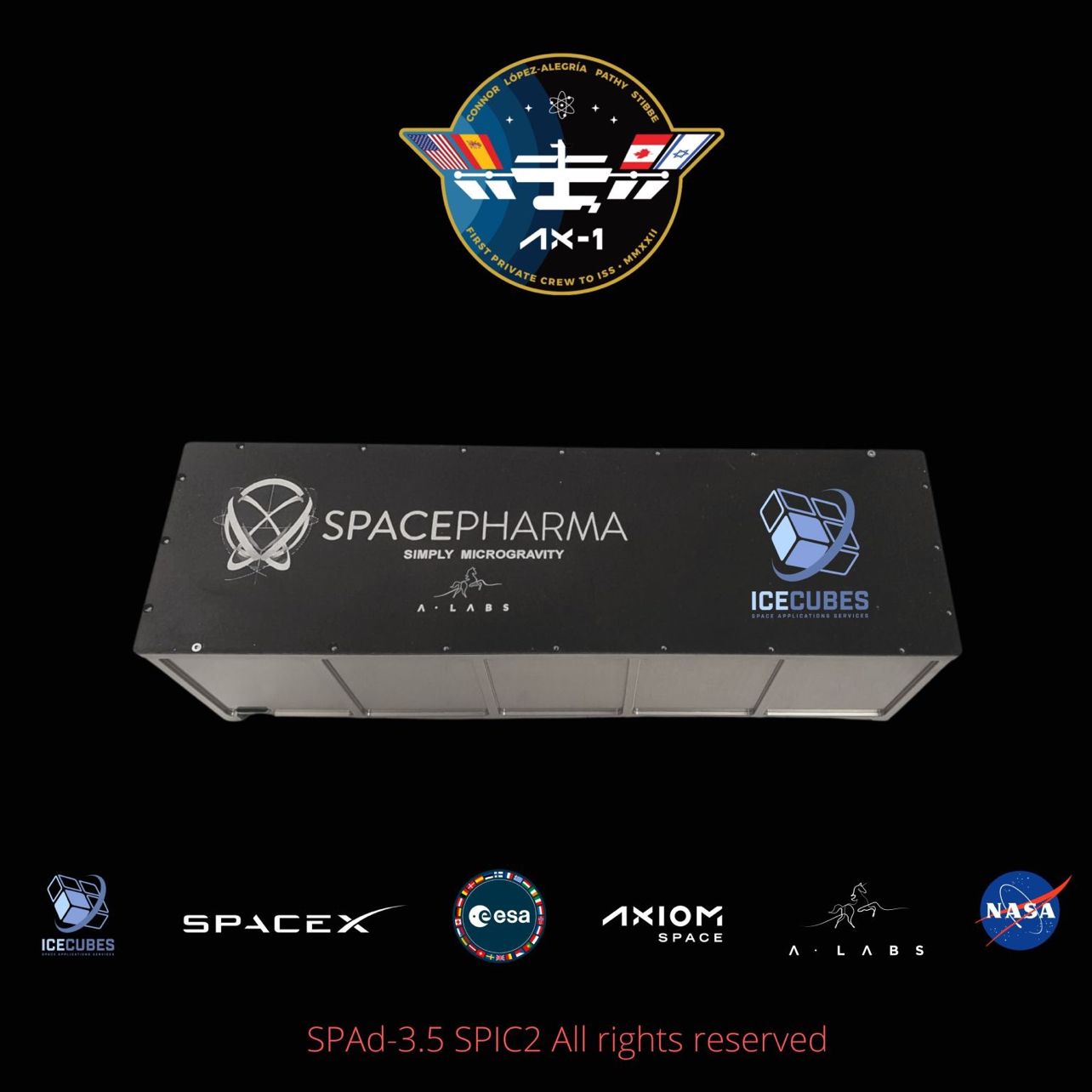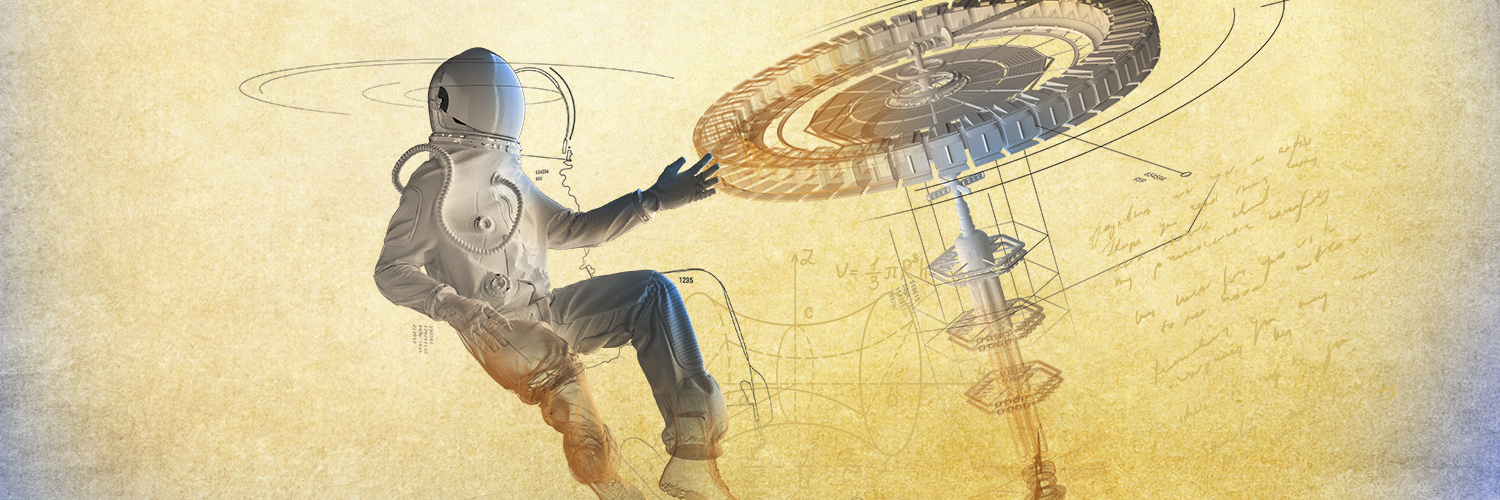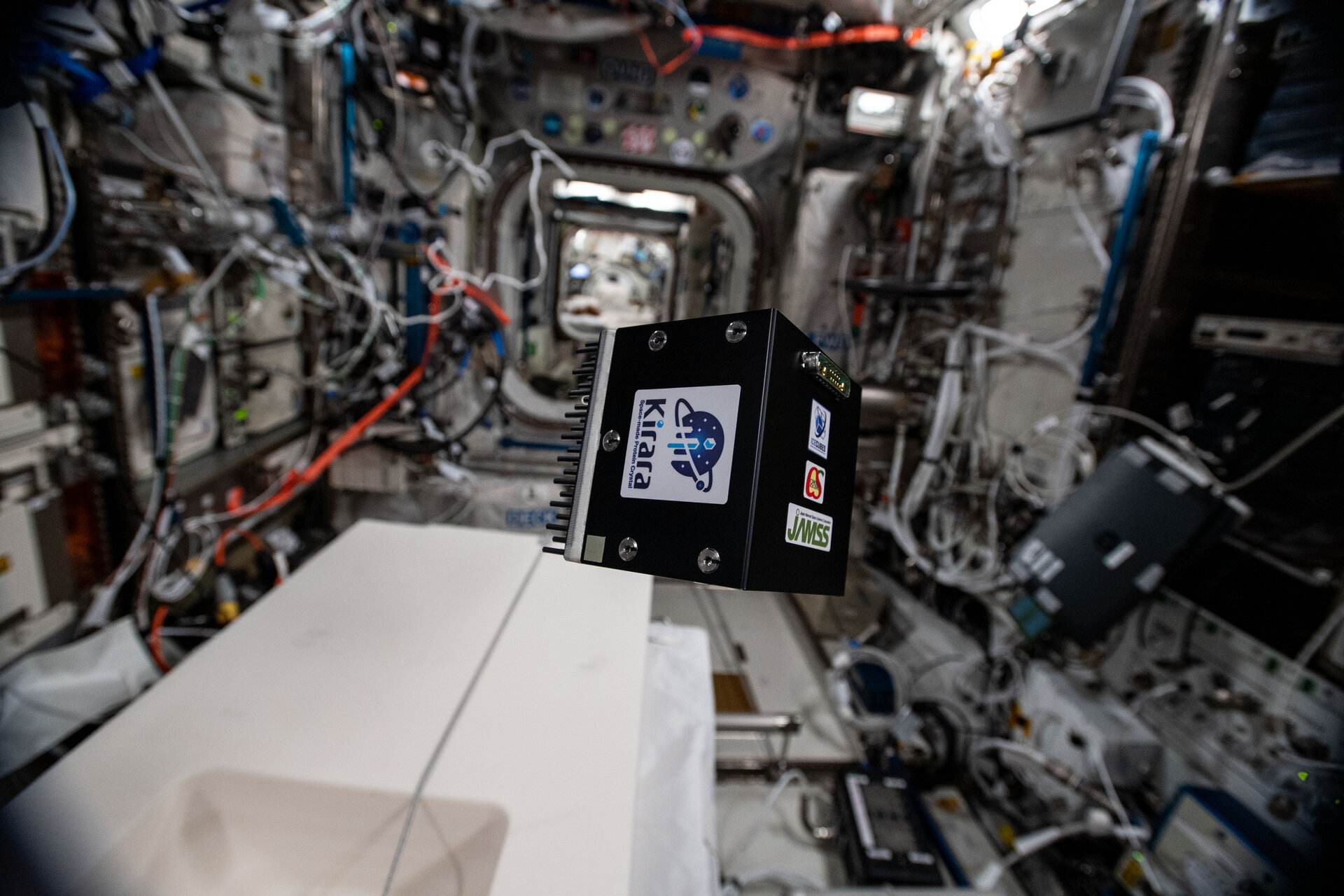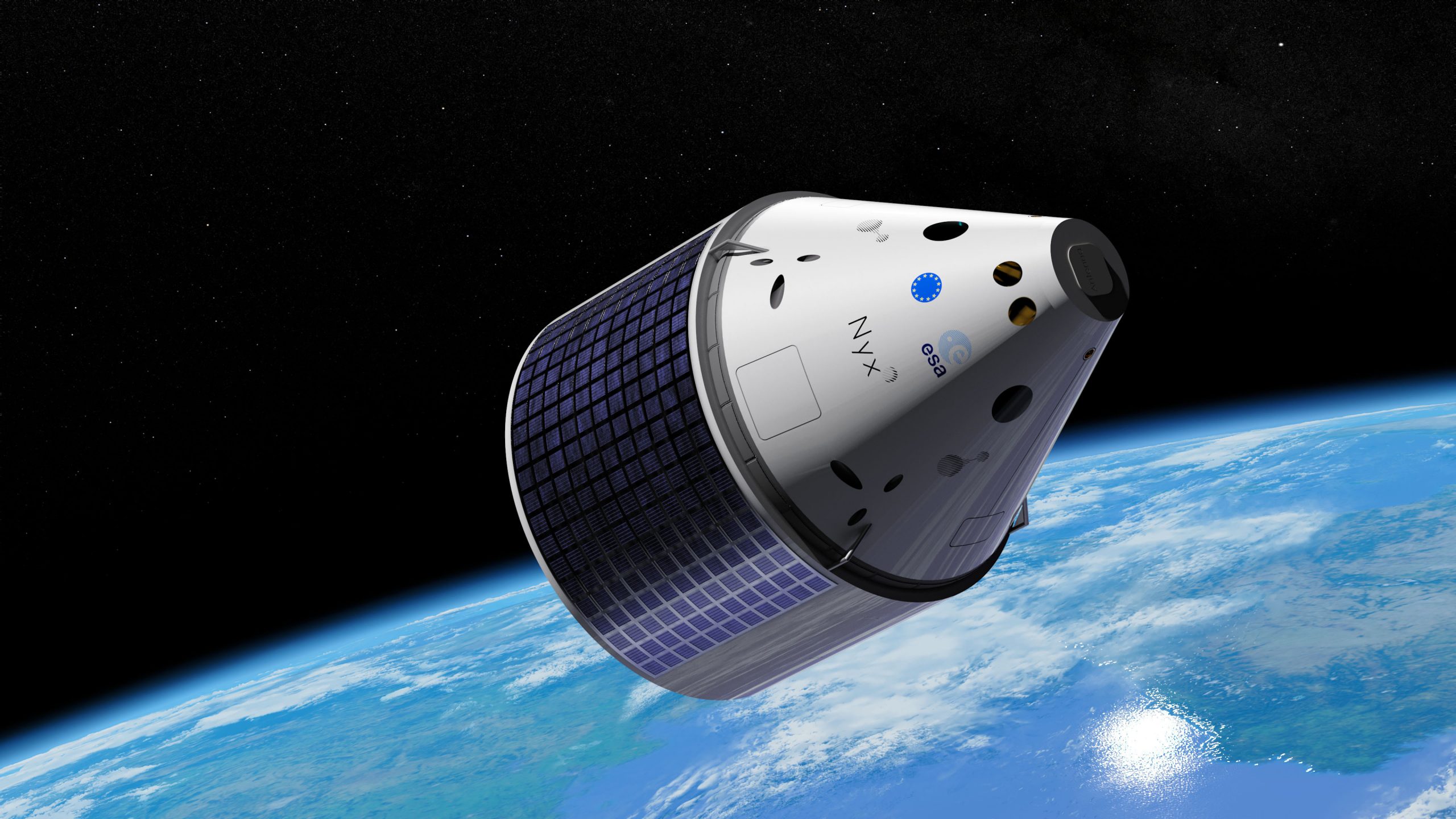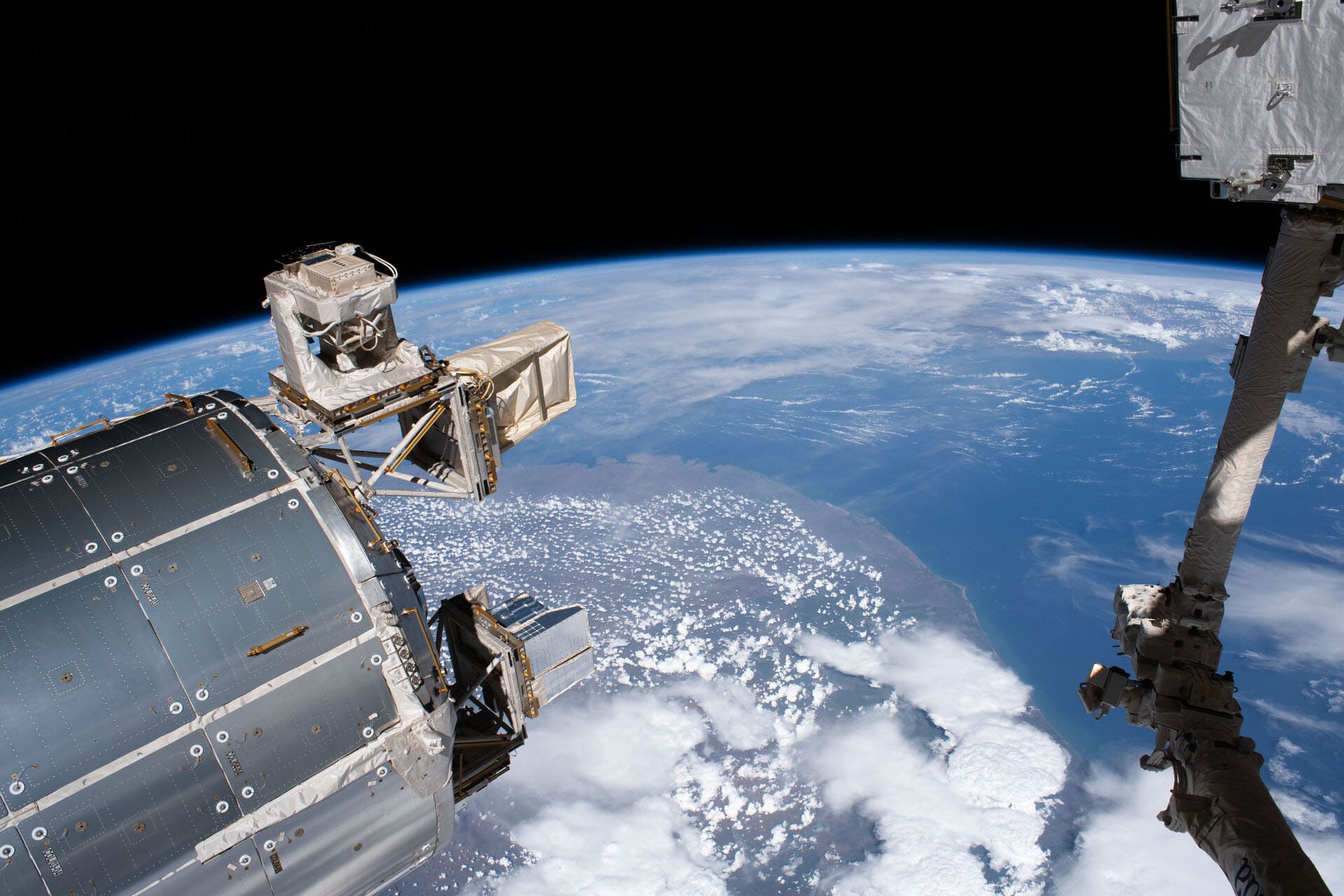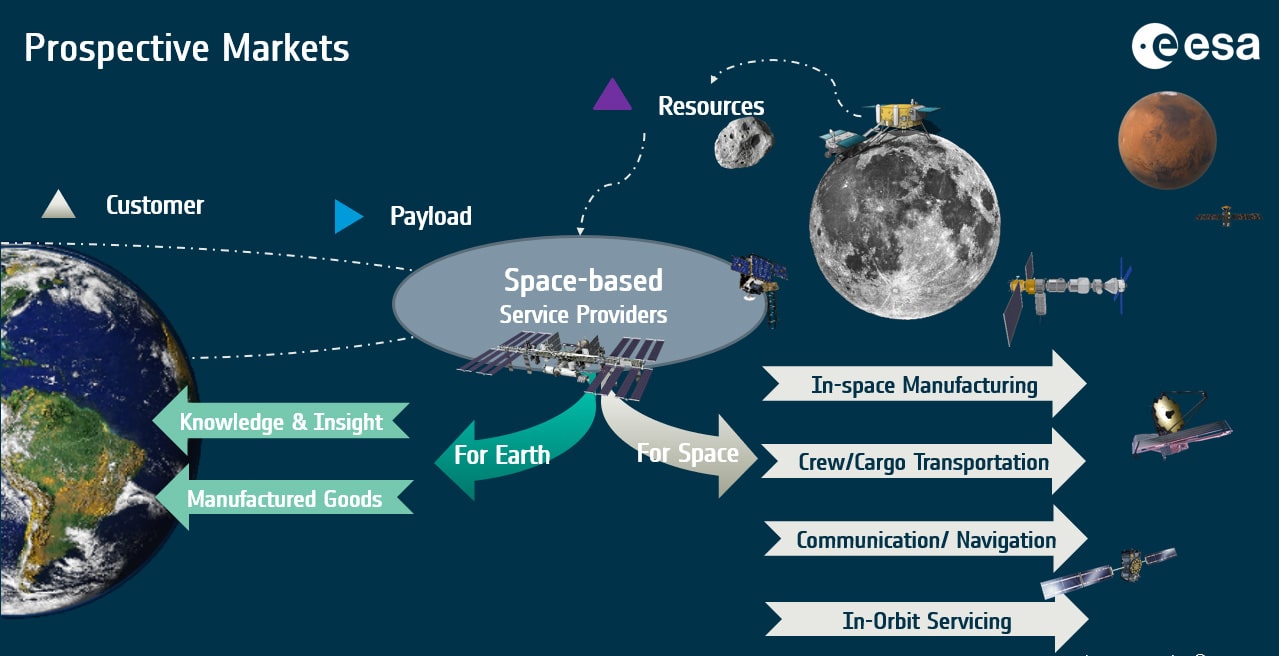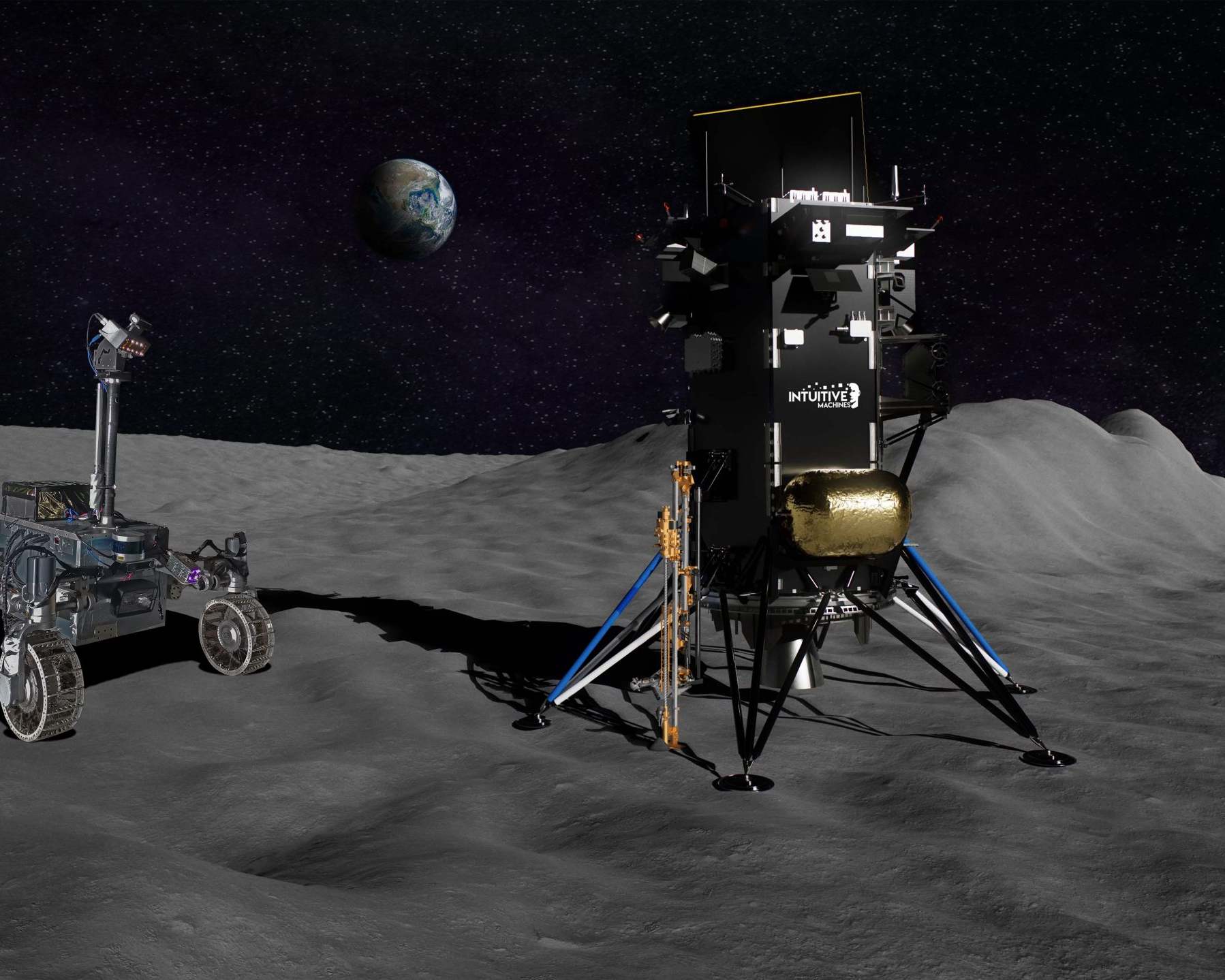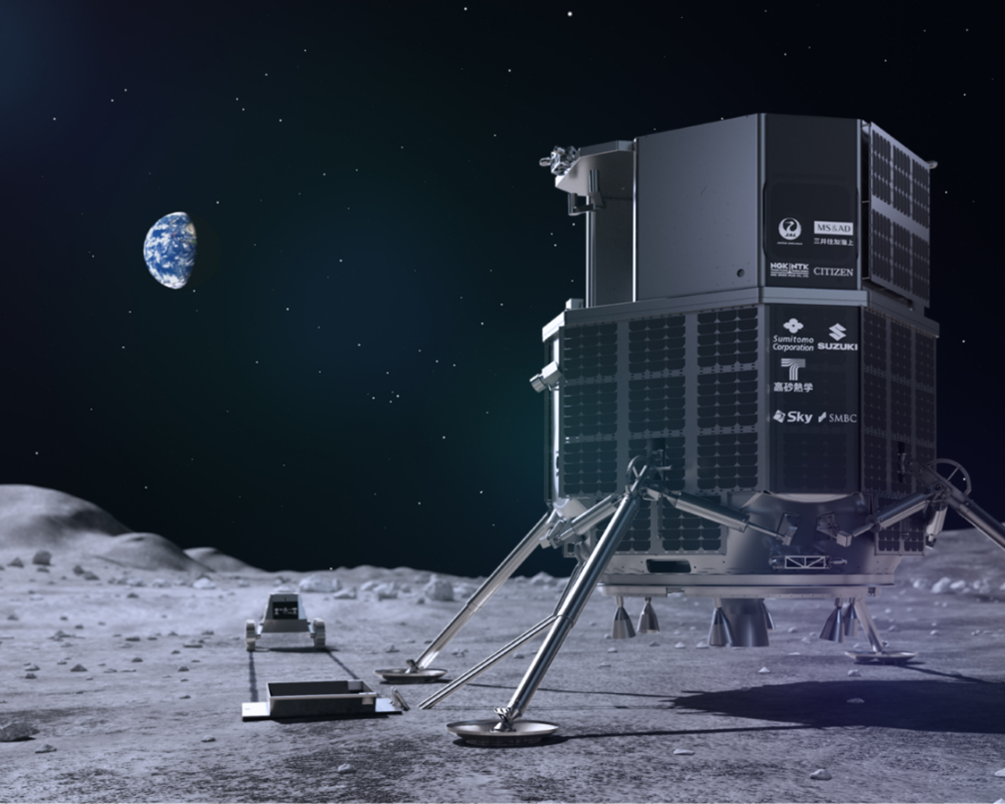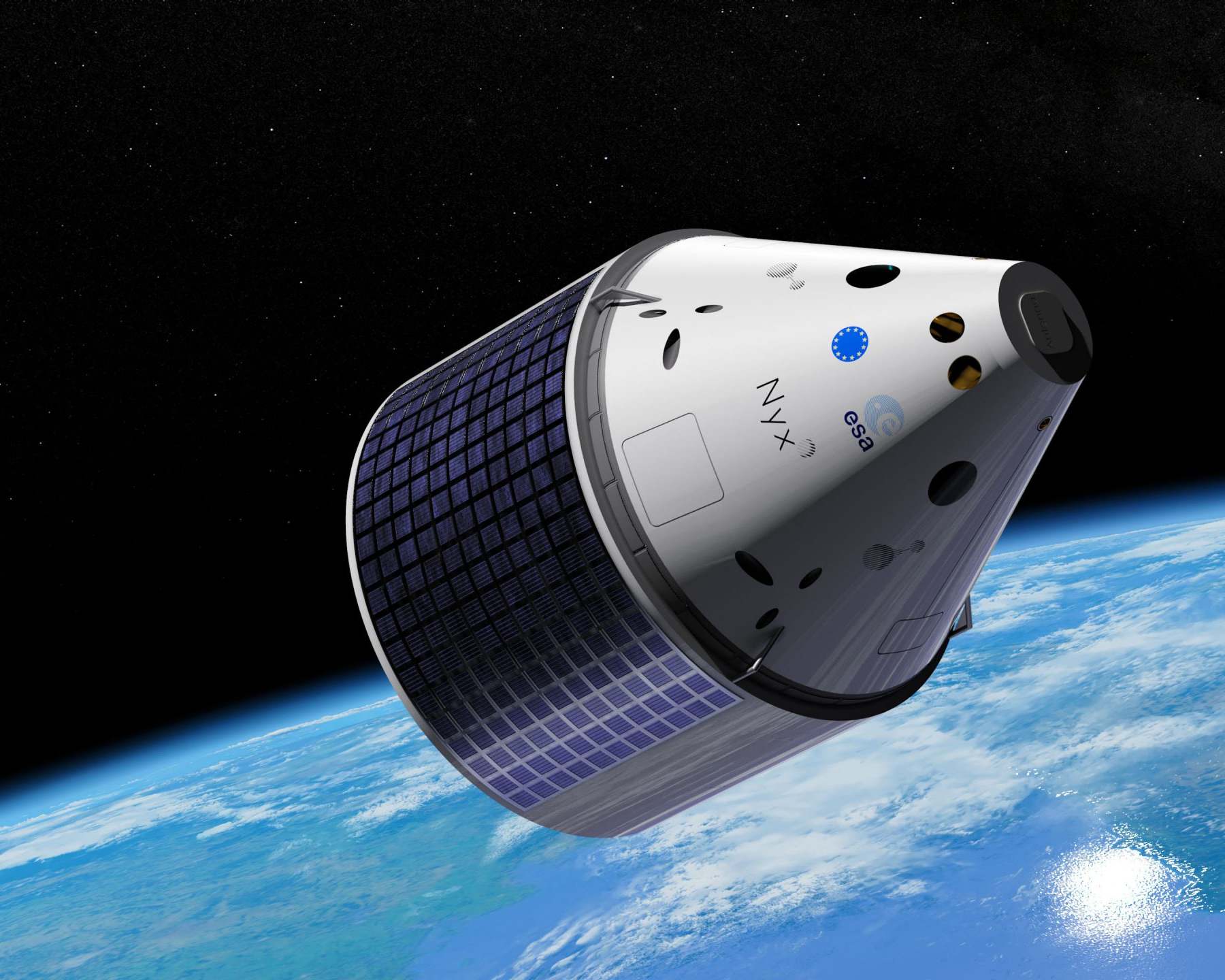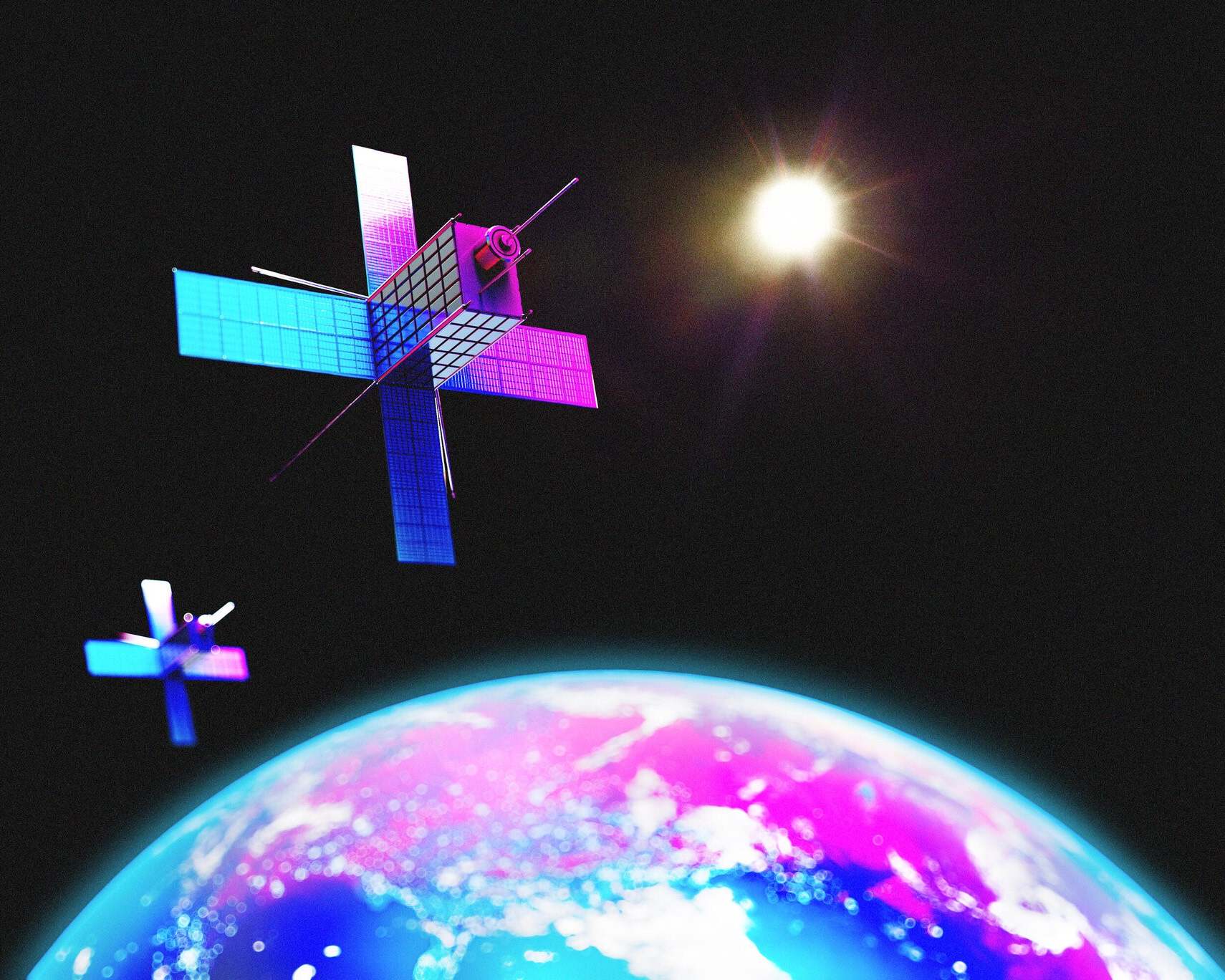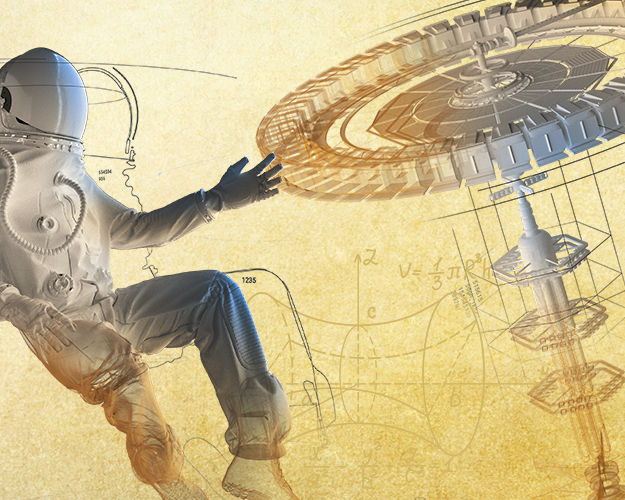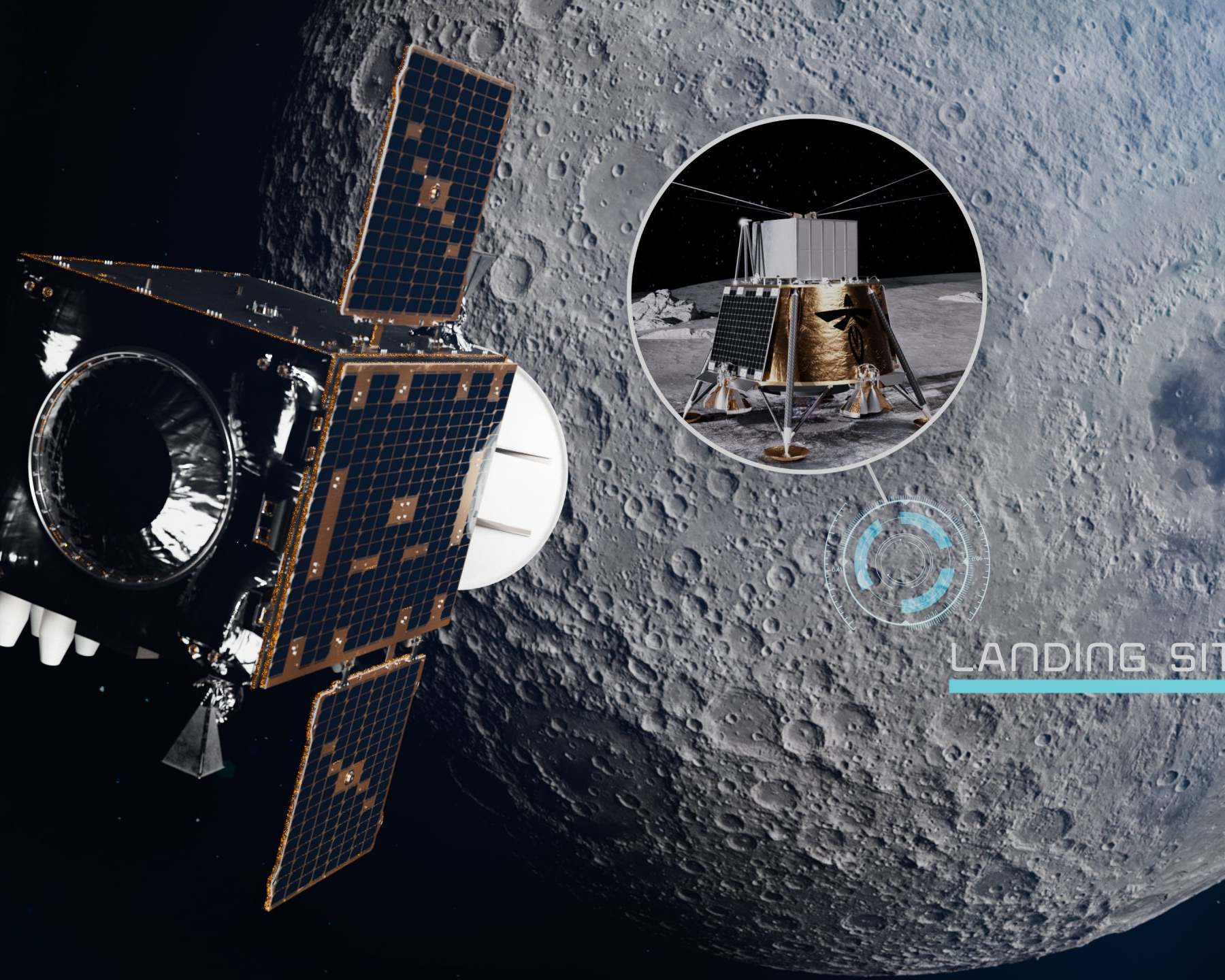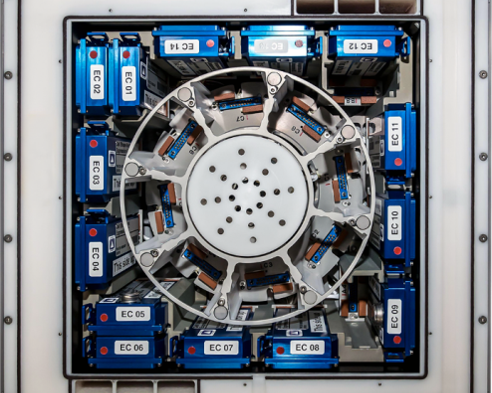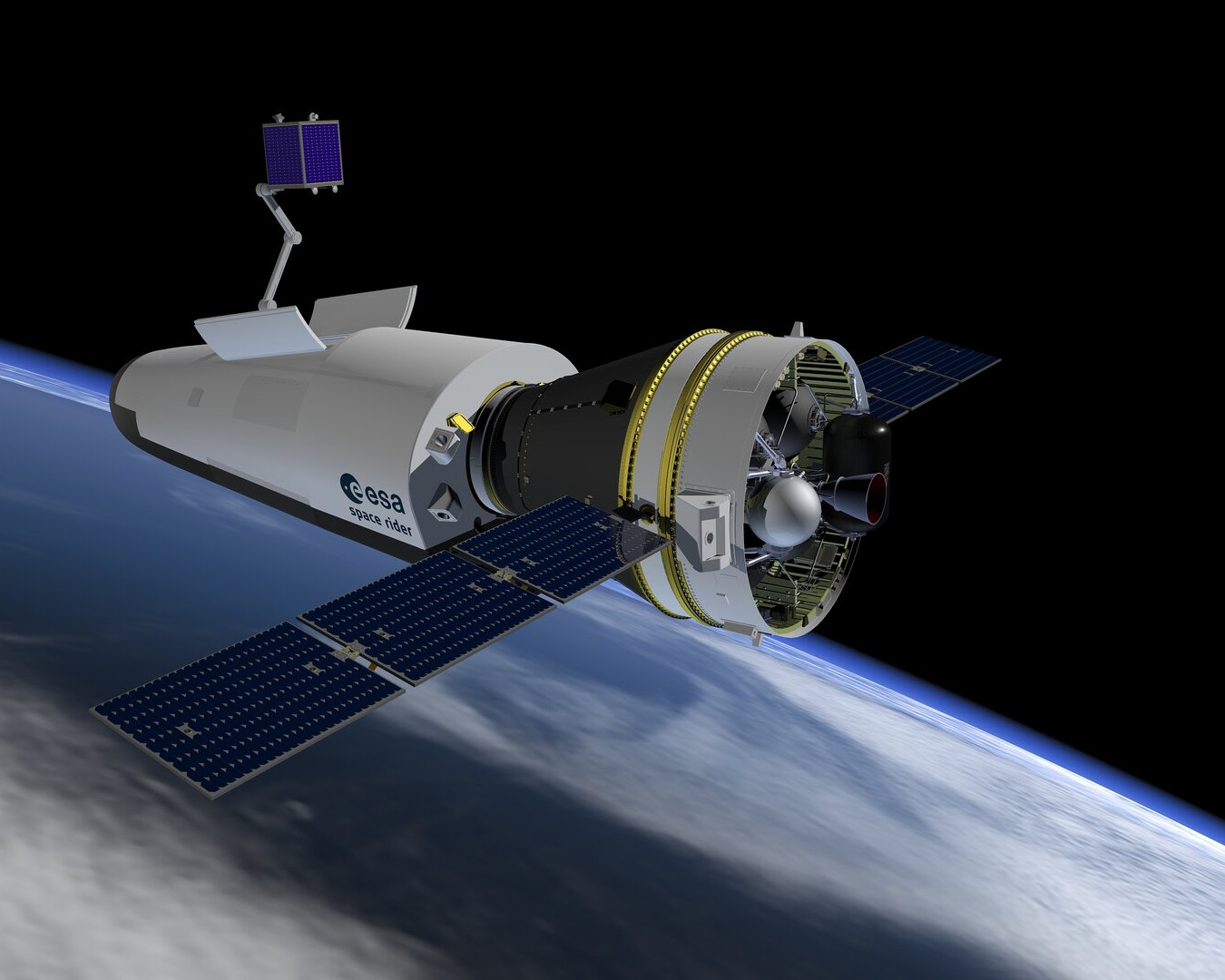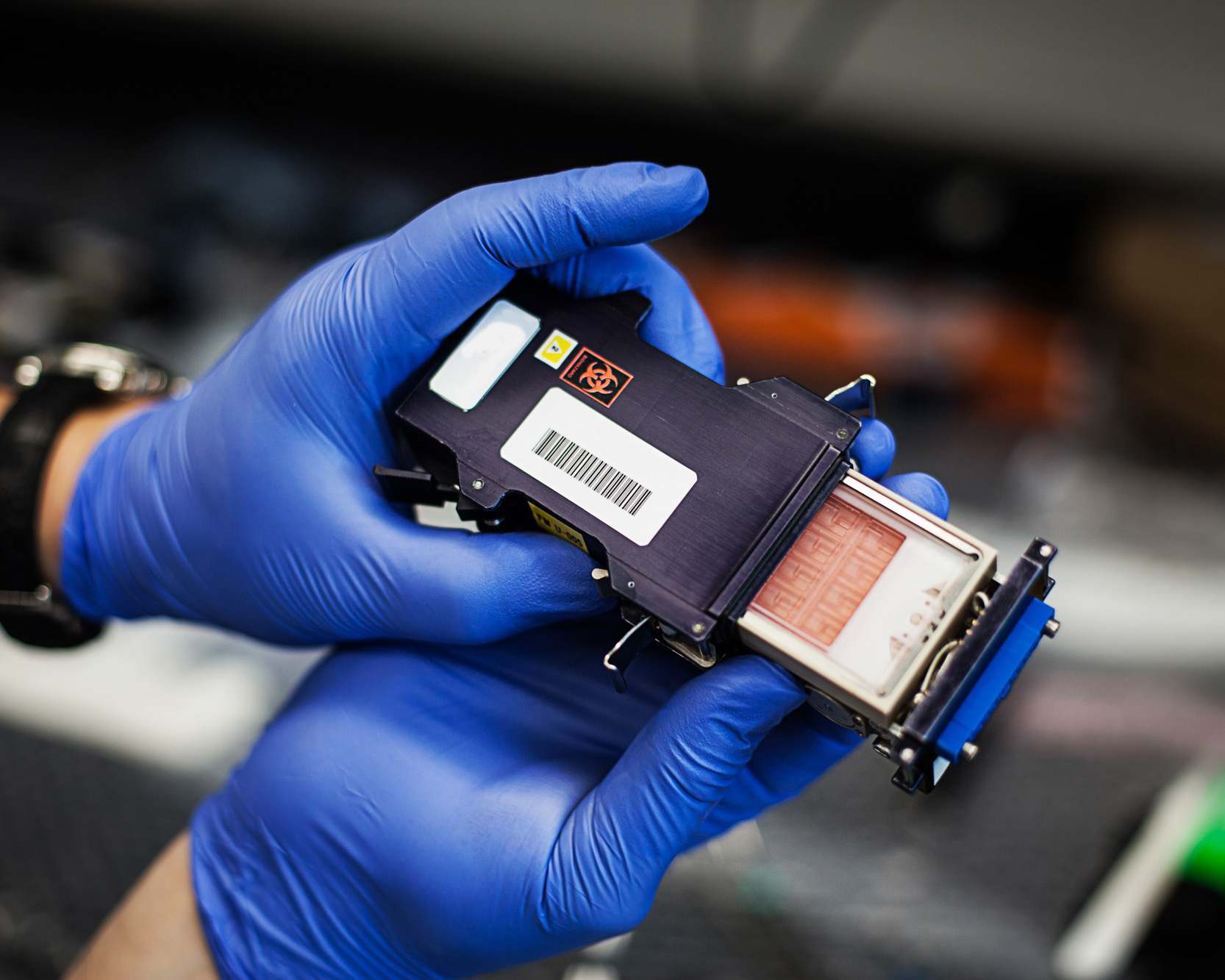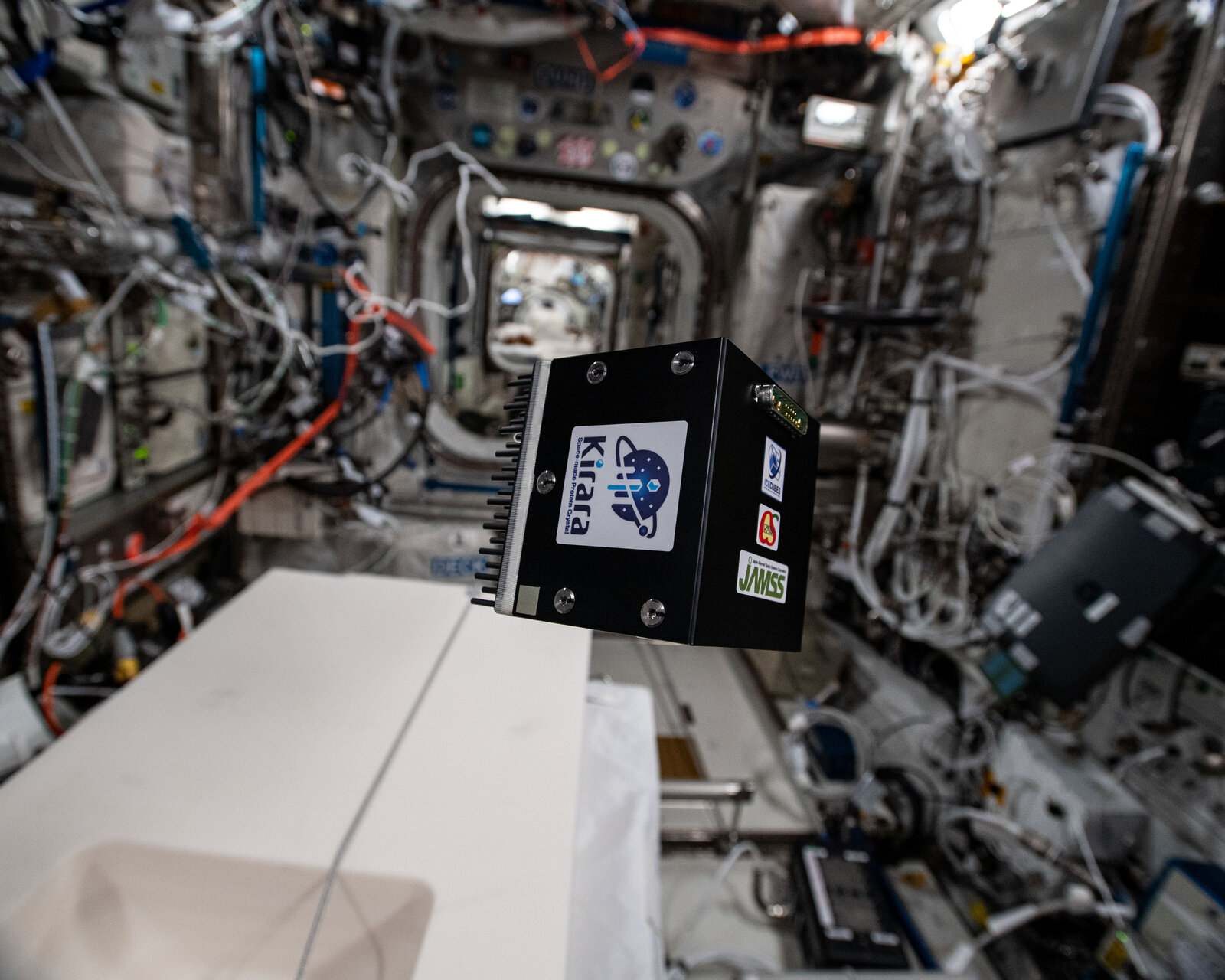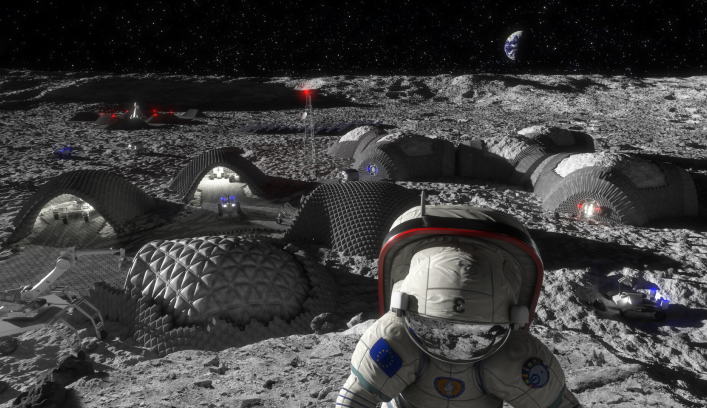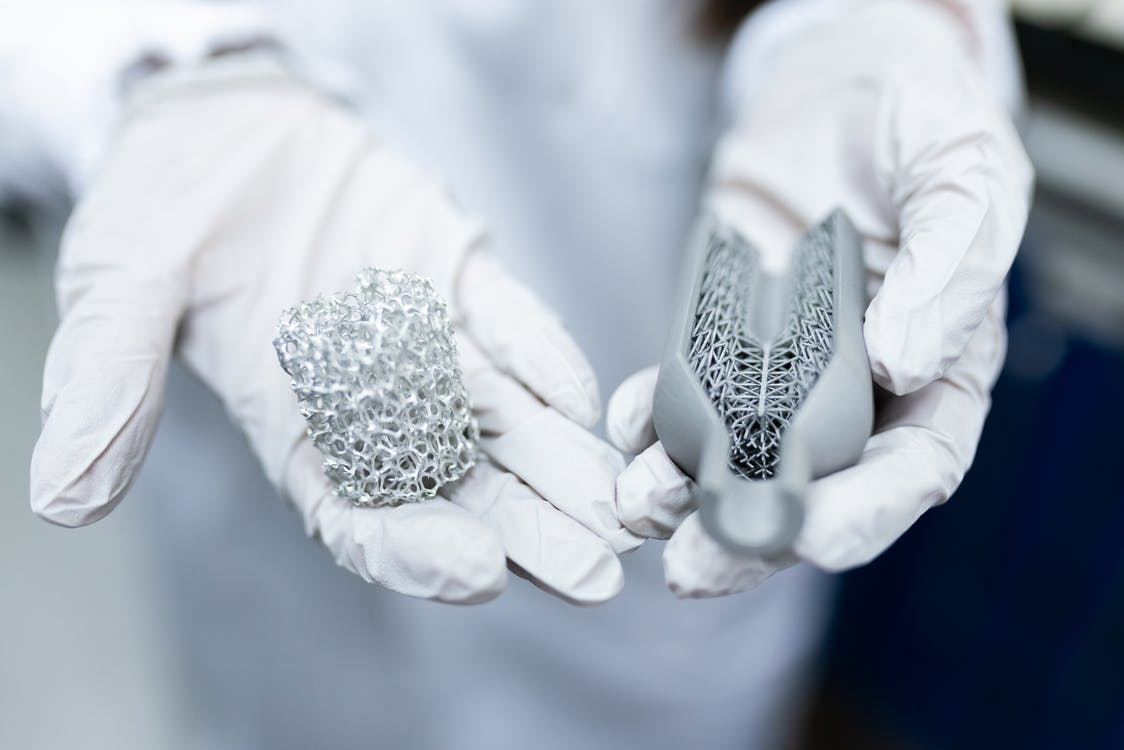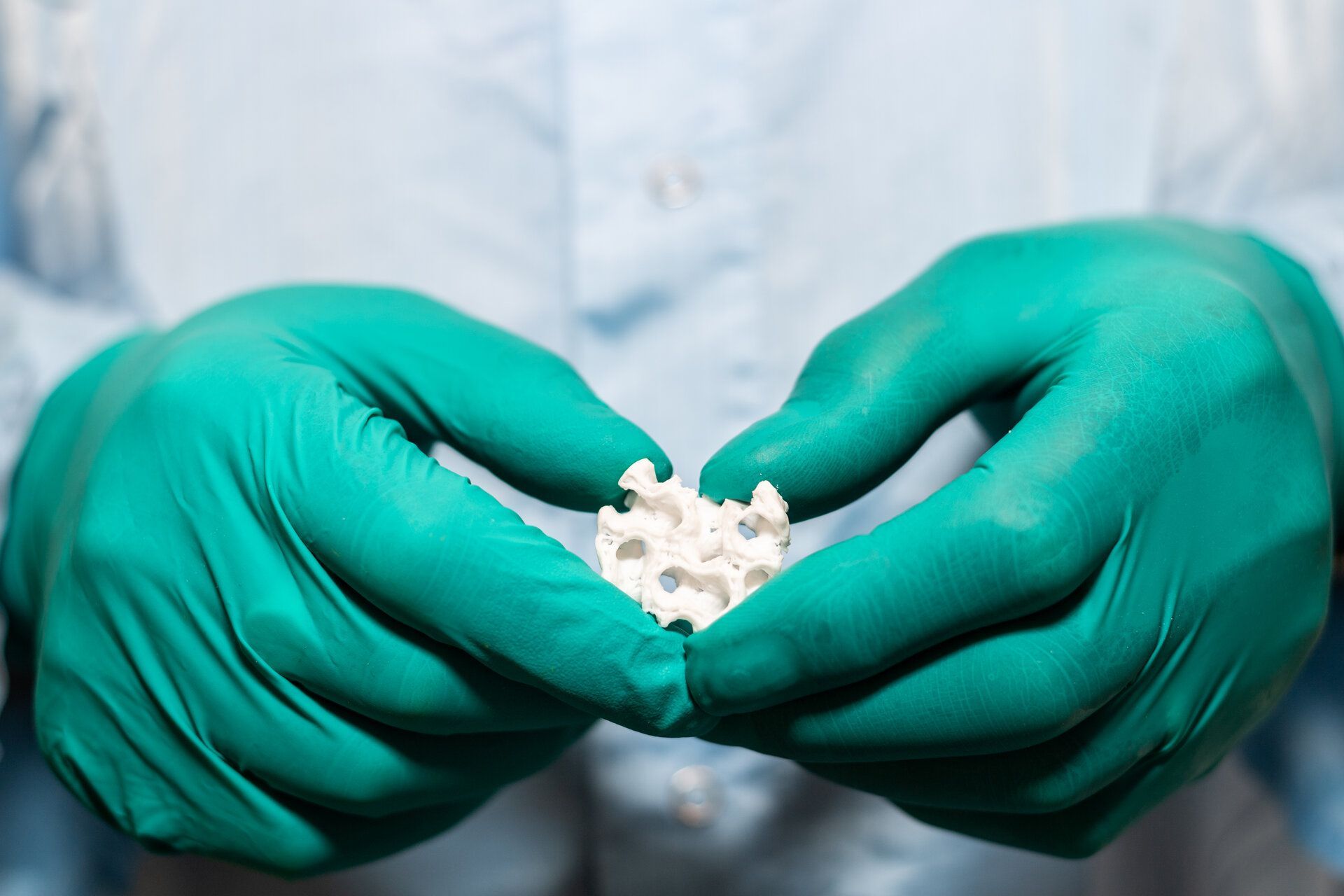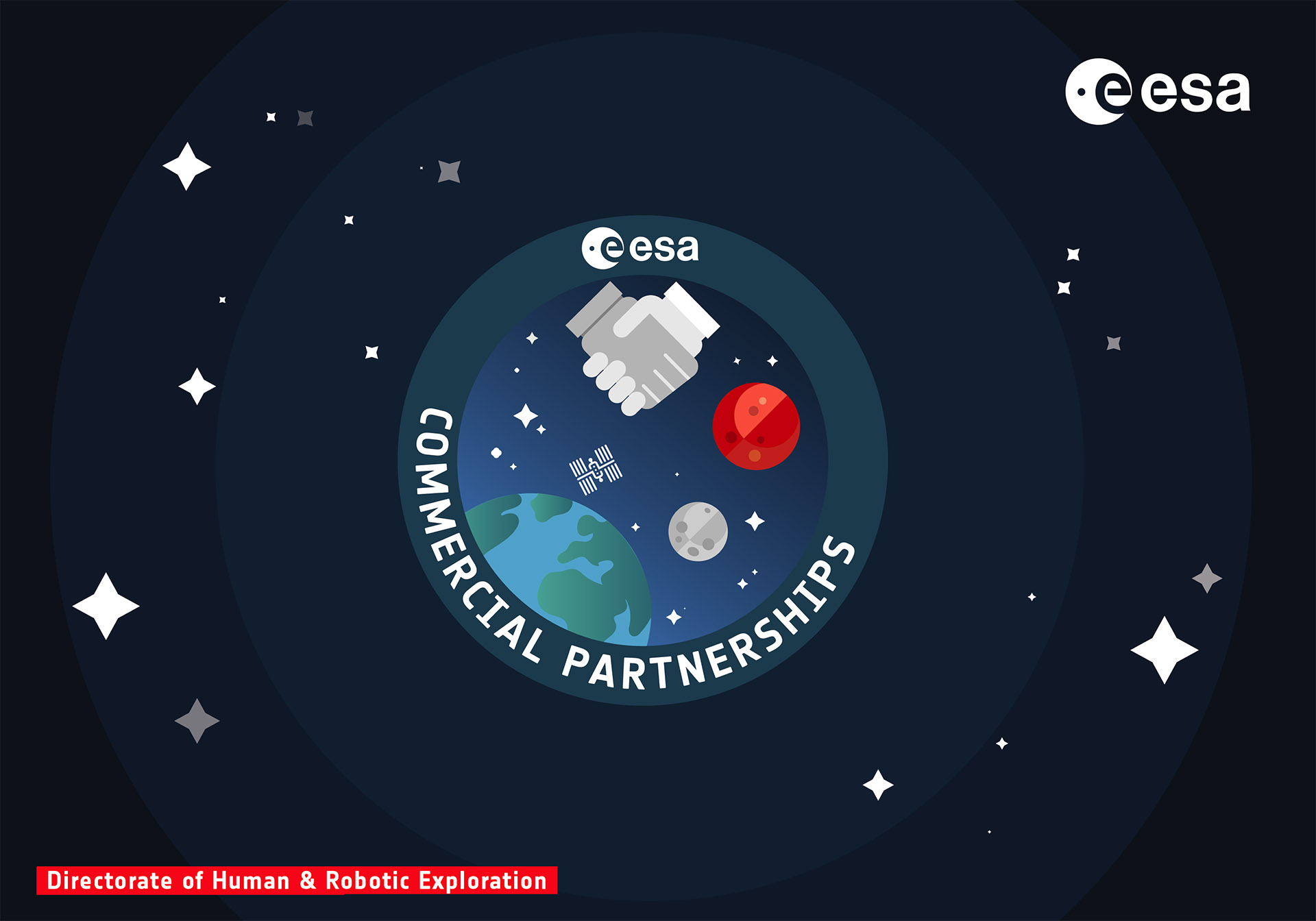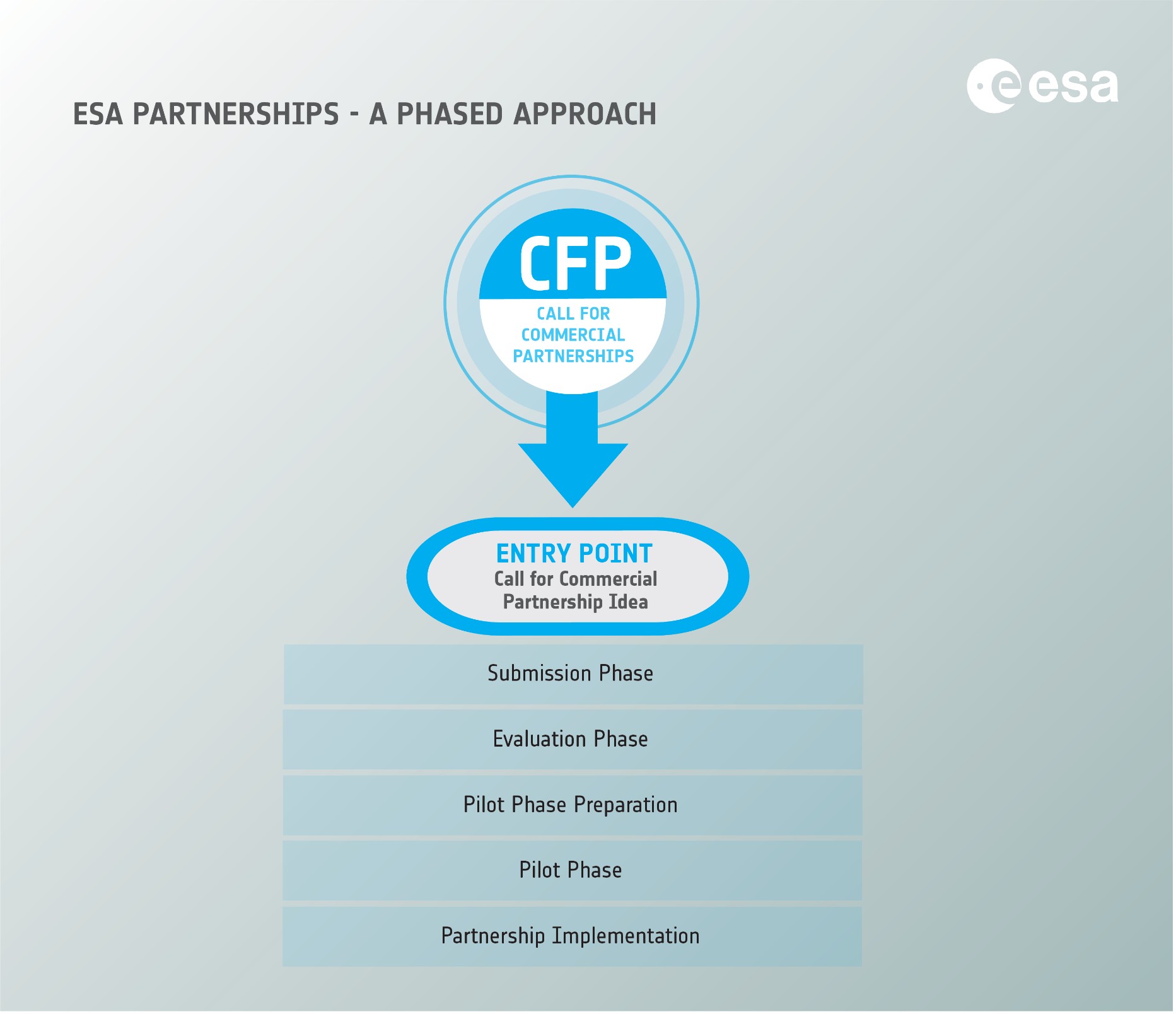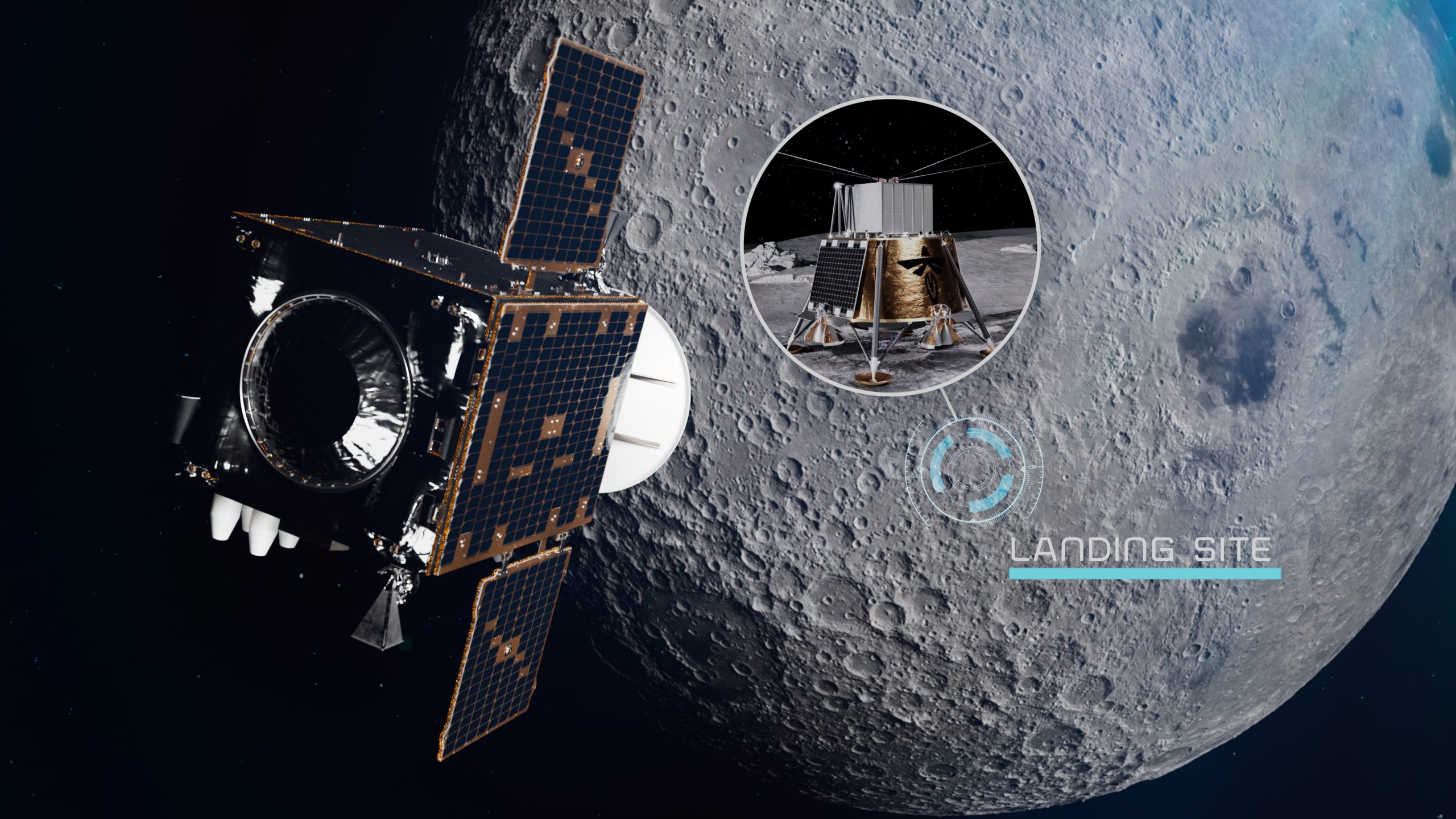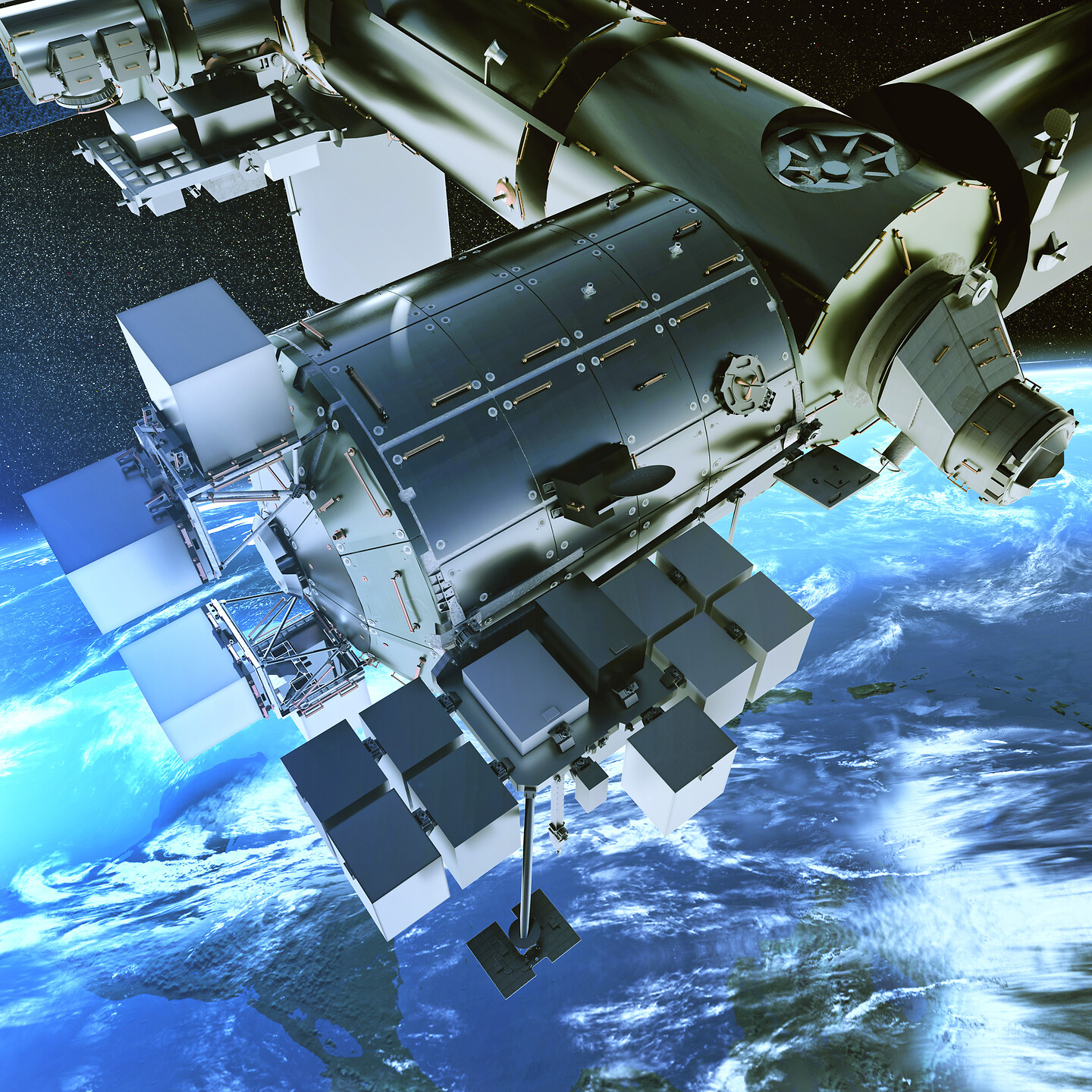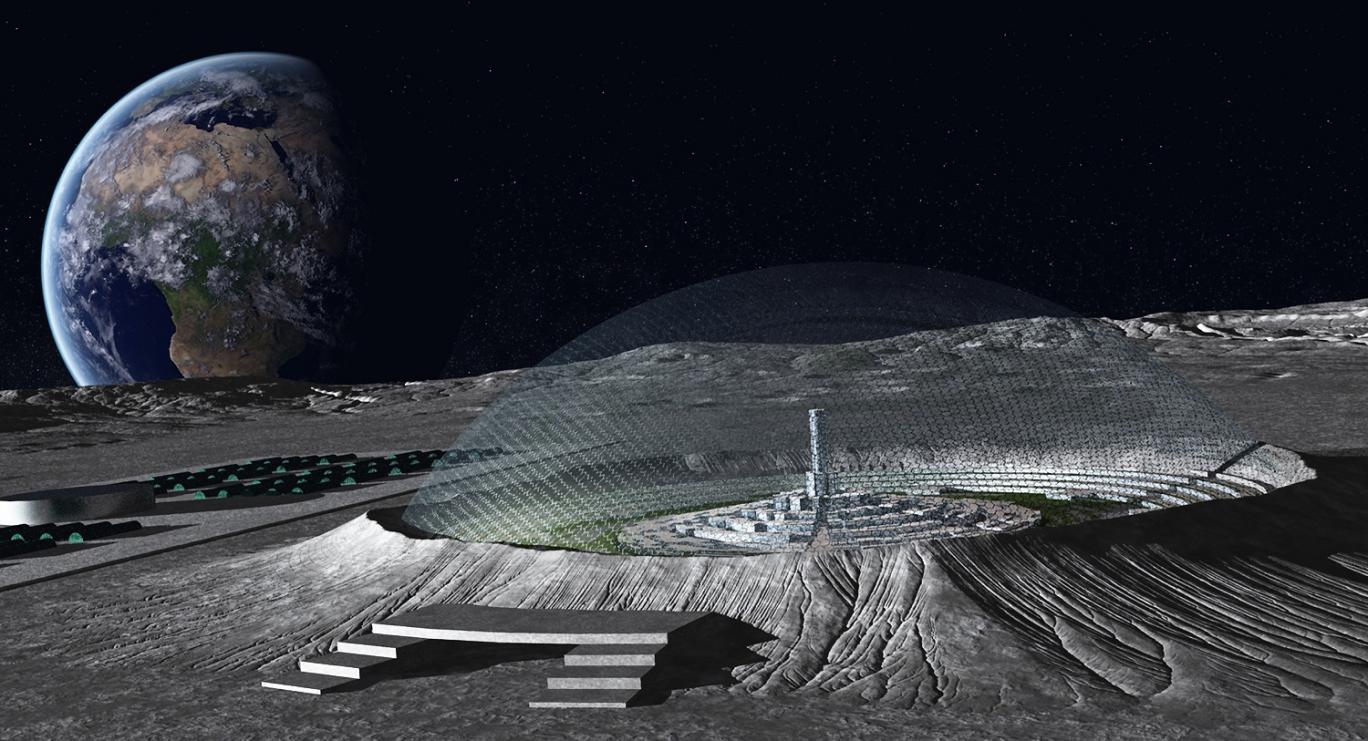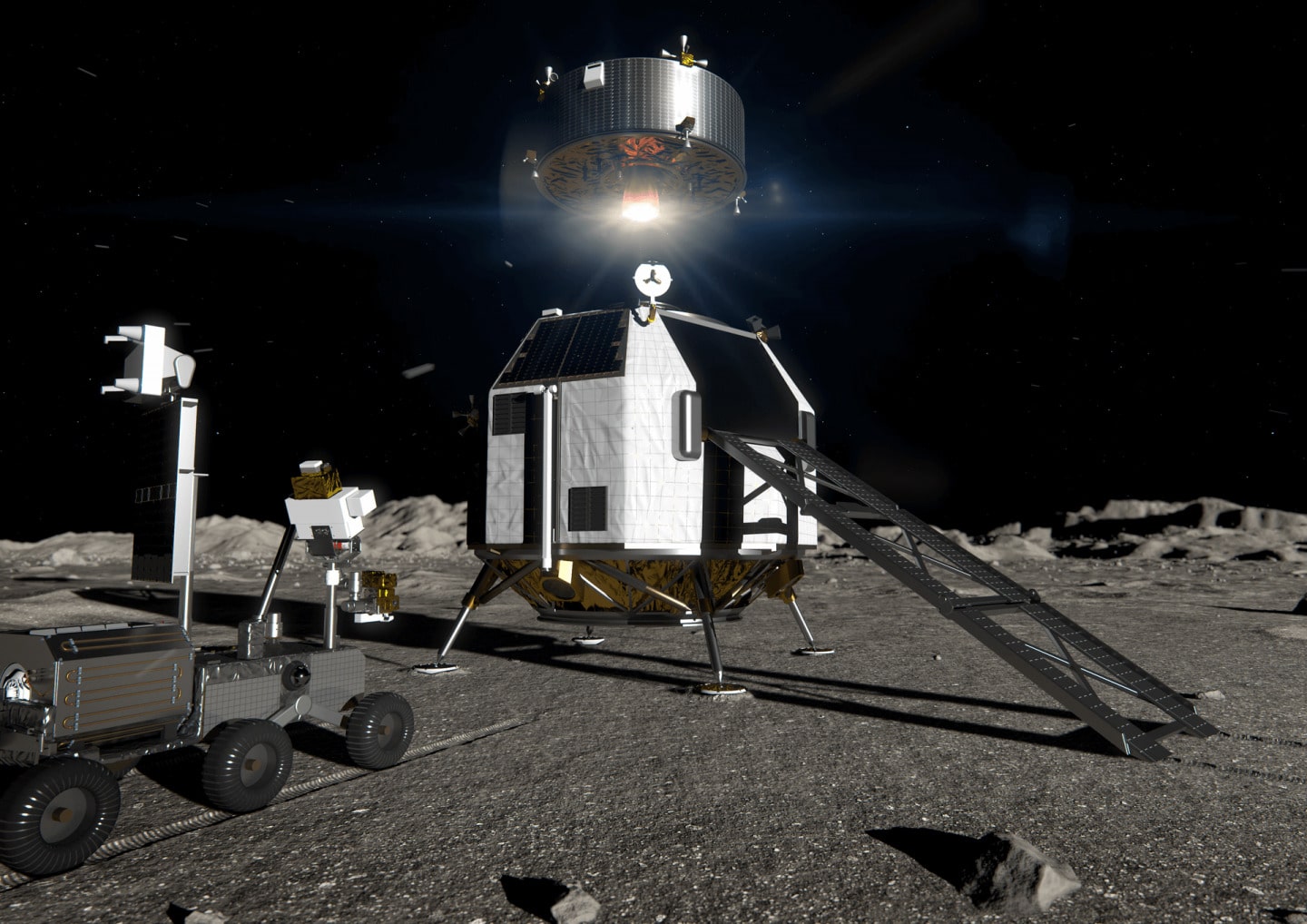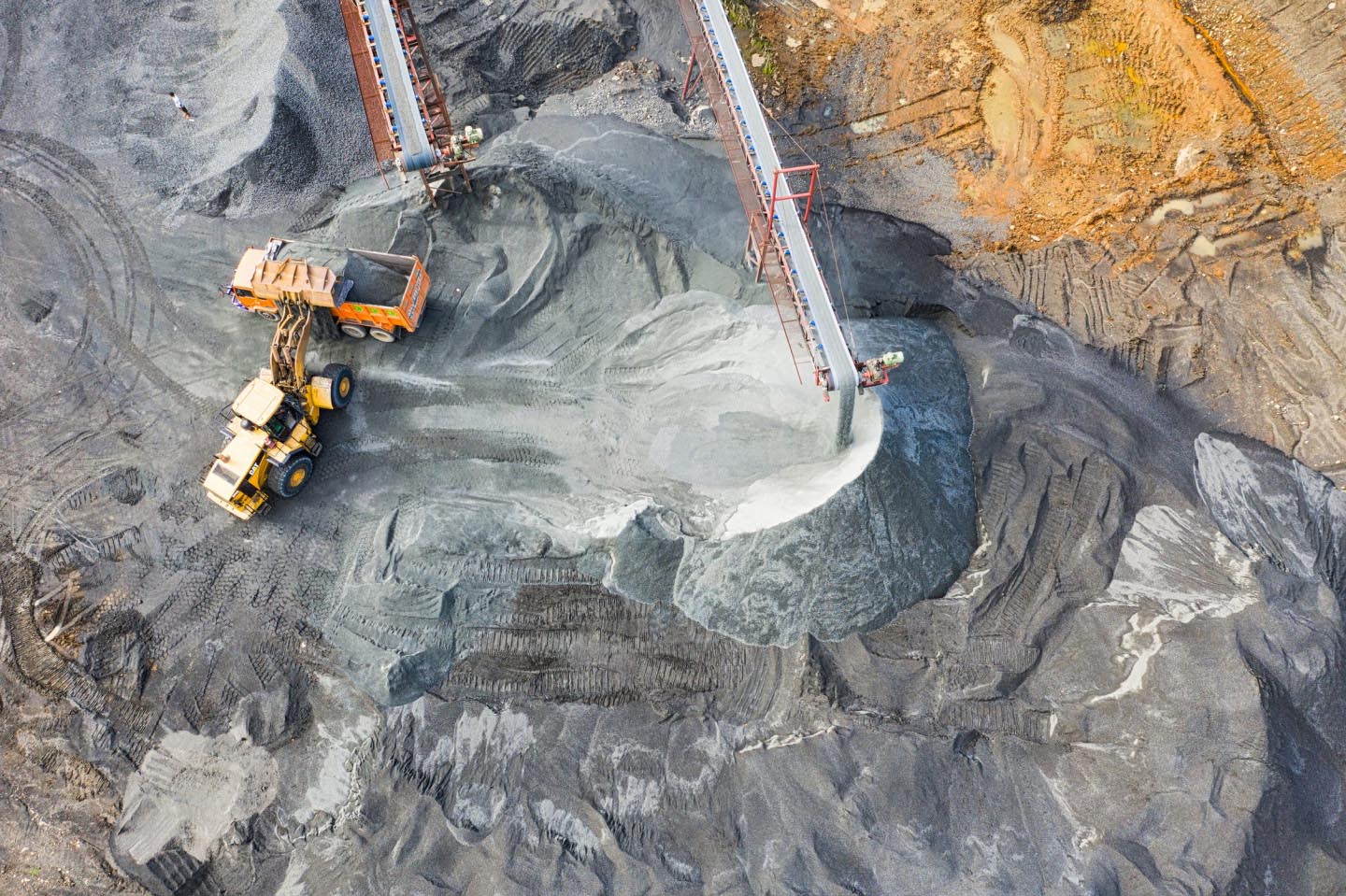Call for Speakers and Experts | Annual Conference on Commercial Space Exploration 2024
Secure Your Spot on the Stage of Europe's only Commercial Space Exploration Event
We invite you to share your knowledge, insights, and experiences with our diverse audience of professionals. We are specifically looking for individuals who can participate in person and engage directly with our audience. Please note that all proposals will be carefully reviewed by our selection committee. We encourage you to submit your proposal early to secure your chance, and become a part of this exciting event.
Conference Date: 4-5 December 2024
Location: European Convention Centre Luxembourg
Main theme/topic: Markets enabled by Space Exploration
Format of Contributions: Presentations, Panels, and Workshops/Breakout Sessions
Deadline for this Call: 20th May 2024
Please use this template to provide more details and upload it in the form as either Word or PDF file.
This Edition of Space for Inspiration – the Annual Conference for Commercial Space Exploration – focuses on enabling markets. Looking at up-and downstream markets we are particularly interested in contributions for the following areas:
- Advanced Materials/Manufacturing
- Agriculture and Food
- Health and Life Sciences, including adjacent industries such as cosmetics
- Space Resources and In-Situ Resource Utilisation
- In-Space Manufacturing
- Enabling services and applications for deep space crewed missions such as health applications, communication and navigation services and power-related services
- Services related to payload delivery to LEO and the Moon
Contributions on any topic related to the main theme of the event are welcome, but shall be in the scope of the LEO and Lunar Economy. We are interested to discuss new services and use cases, investment opportunities and the role of Agencies.
For more information about the event format, content, and topics that will be covered in the event, please keep an eye on our LinkedIn page.
Proposals will be evaluated by a multi-disciplinary team and selected against the following criteria:
- Relevance: with respect to our focus areas and target audience
- Quality Content: with respect to newness and practical value being created for the audience
- Presenter Credibility: Expertise and experience of the speaker relative to the proposed subject and format
- Presentation Format: Suitability of the format and implementation feasibility
Results are foreseen to be announced to proposers not later than the end of June 2024.
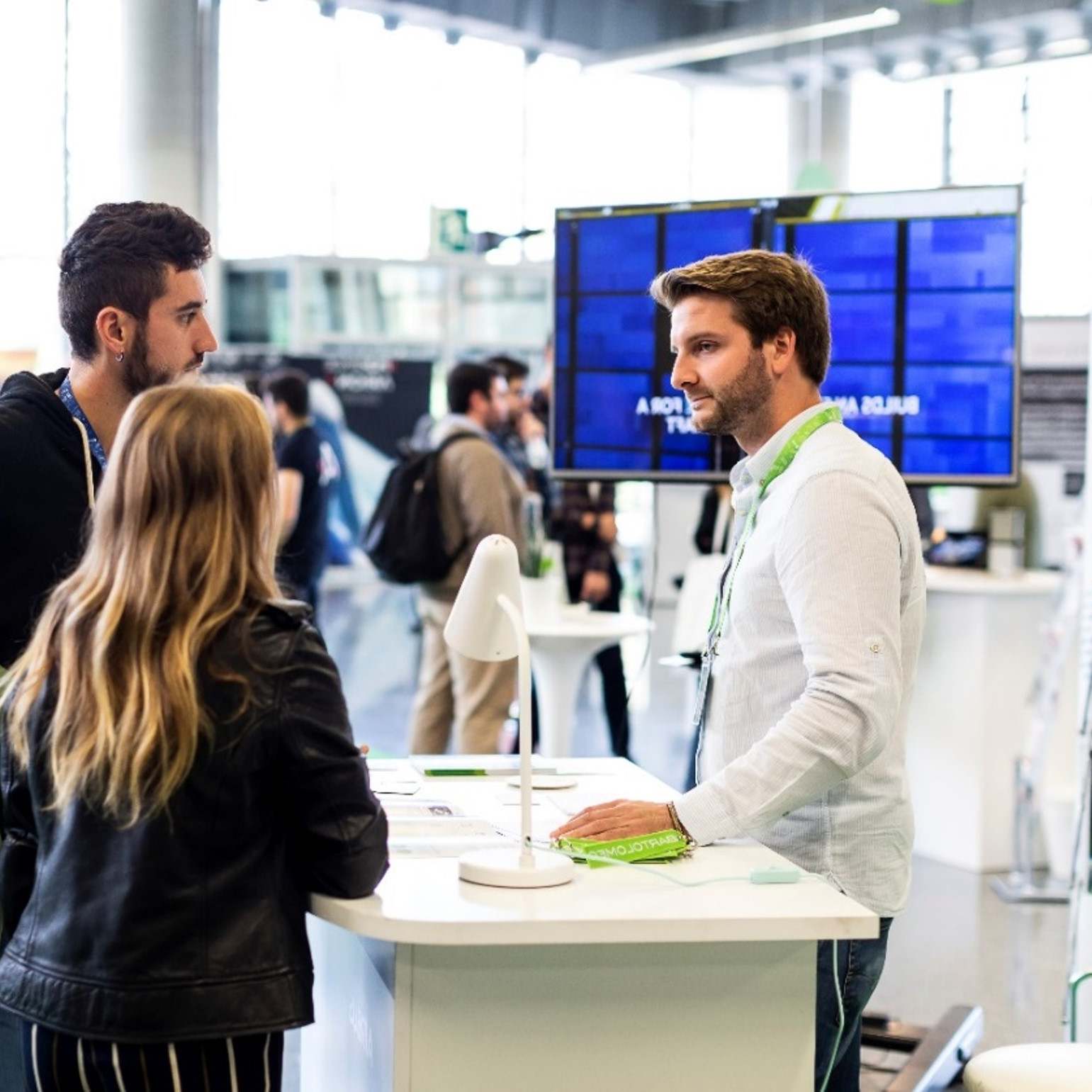
Do you want to become a sponsor?
Are you interested in giving your company visibility during the event?
- Keynote address and/or dedicated workshop as part of the main program
- Opportunity to organise coffee breaks, lunches and/or evening programs
- Number of free tickets for your most important stakeholders
- Logo display on all communications and event materials
- Company video showcased in the networking area
- Dedicated exhibition space in the networking area
- Verbal acknowledgment by the event moderator
- Logo display on lanyards
Key Takeaways from the Annual Conference on Commercial Space Exploration
ESA seeks Proposals to develop LEO Cargo Return Service
ESA is working on developing autonomous transportation capabilities to deliver cargo to Low-Earth-Orbit. This enables also the later evolution into a LEO and possibly cislunar crew vehicle. The demonstration mission is expected for 2028.
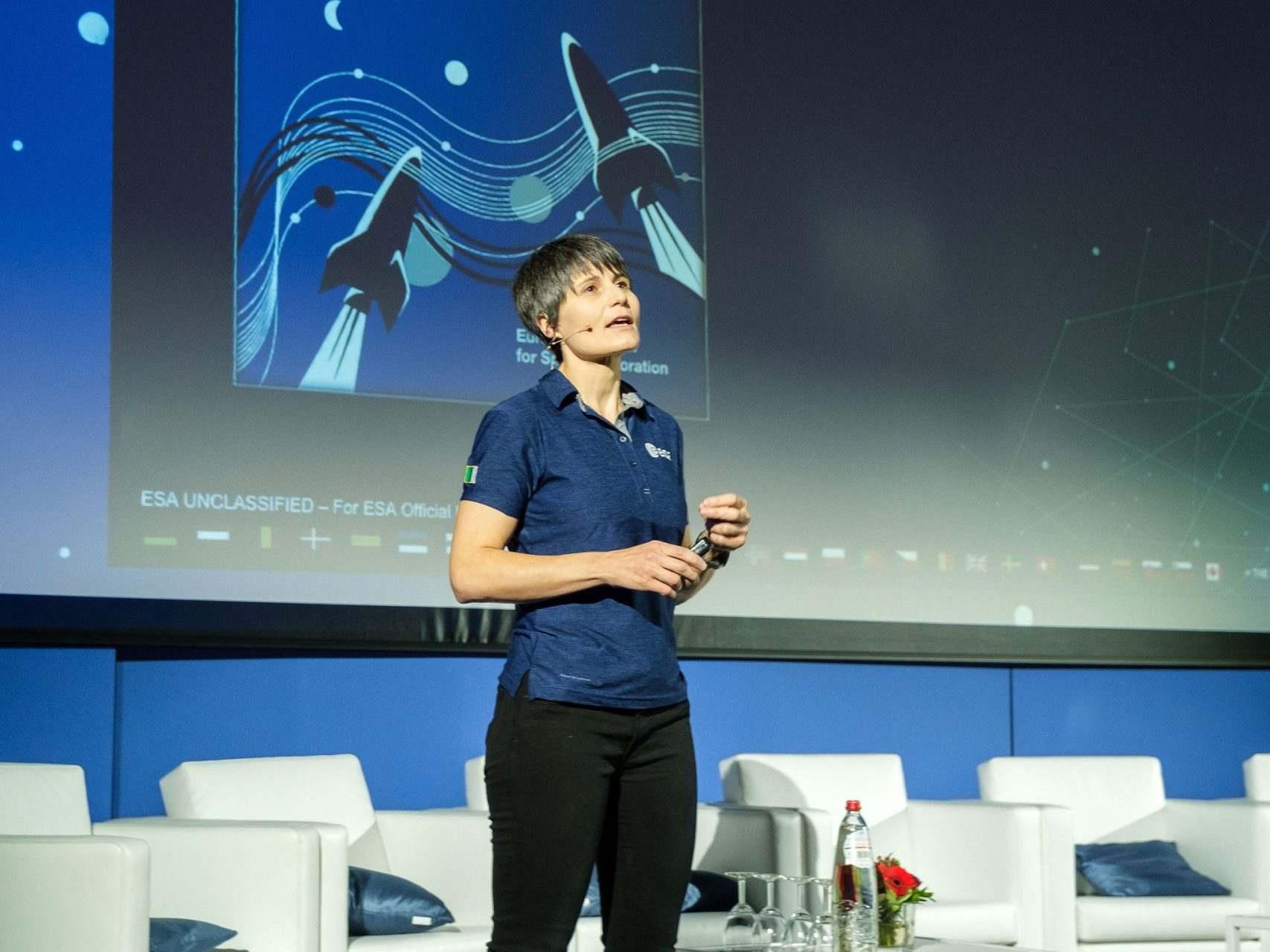
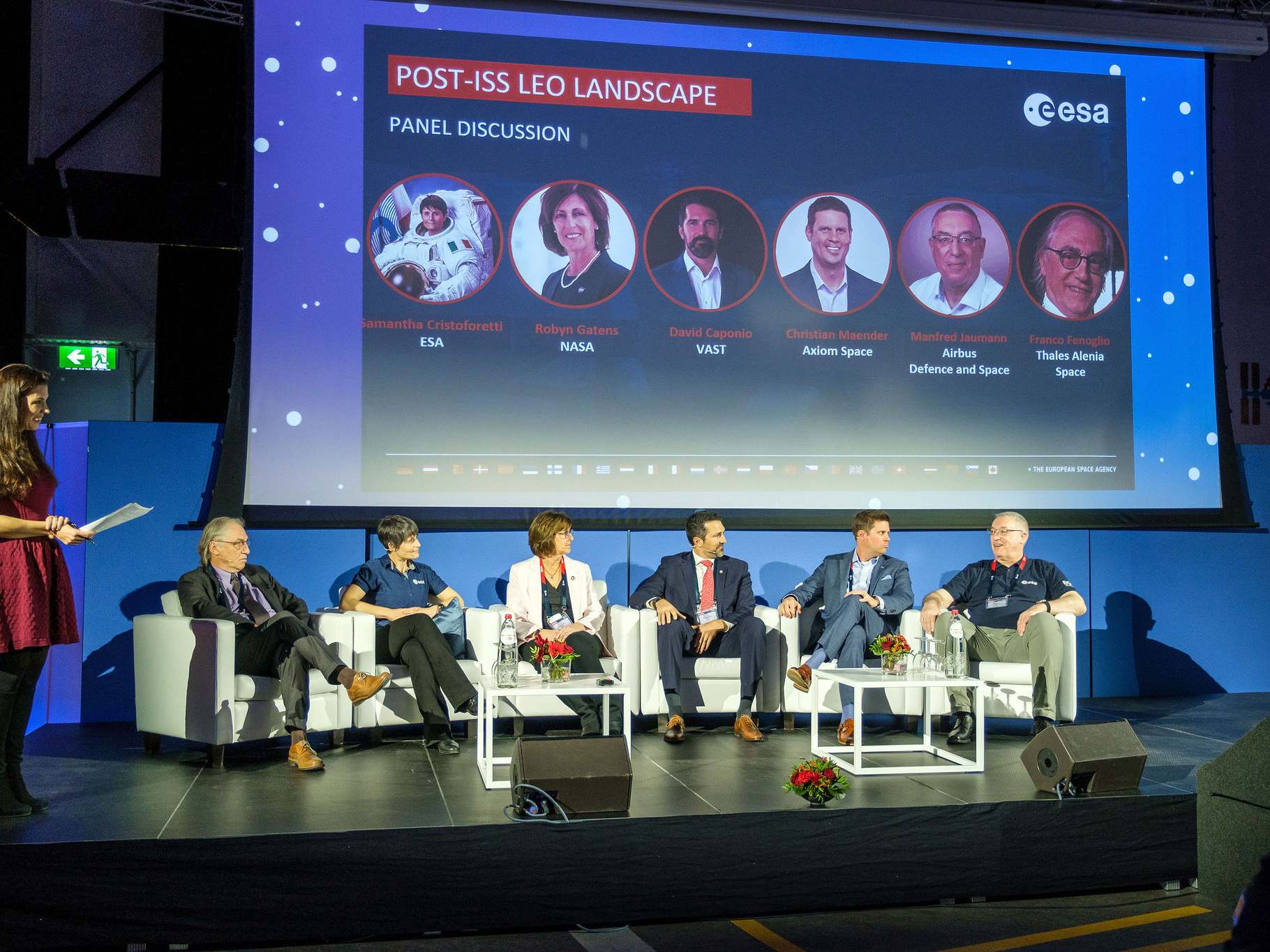
Dynamic Post-ISS Landscape with Many Players
Industry plays a critical role in developing post-ISS capabilities. Cross-atlantic partnerships are key to saving costs and leveraging capabilities. The transition of operational capabilities to private industry will take time. Space tourism is expected to remain a niche market for future CLDs. Most discussed: the tradeoff between human- and robotic platforms for various use cases, and their limitations, with no clear winner.
Free Flyer Platforms striving to be cheaper and more accessible than CLDs
Free Flyers compete with CLDs for higher frequency of flights and faster return of payloads to Earth. Robotic platforms enable access to microgravity pushing new use cases such as in-space manufacturing which could otherwise be harmful to humans. Most discussed: The need to do more market segmentation to understand whether there is enough demand for all the Free Flyers and CLDs that are currently under development. In addition there is a criticality to overcome power limitations and maximum payload size.
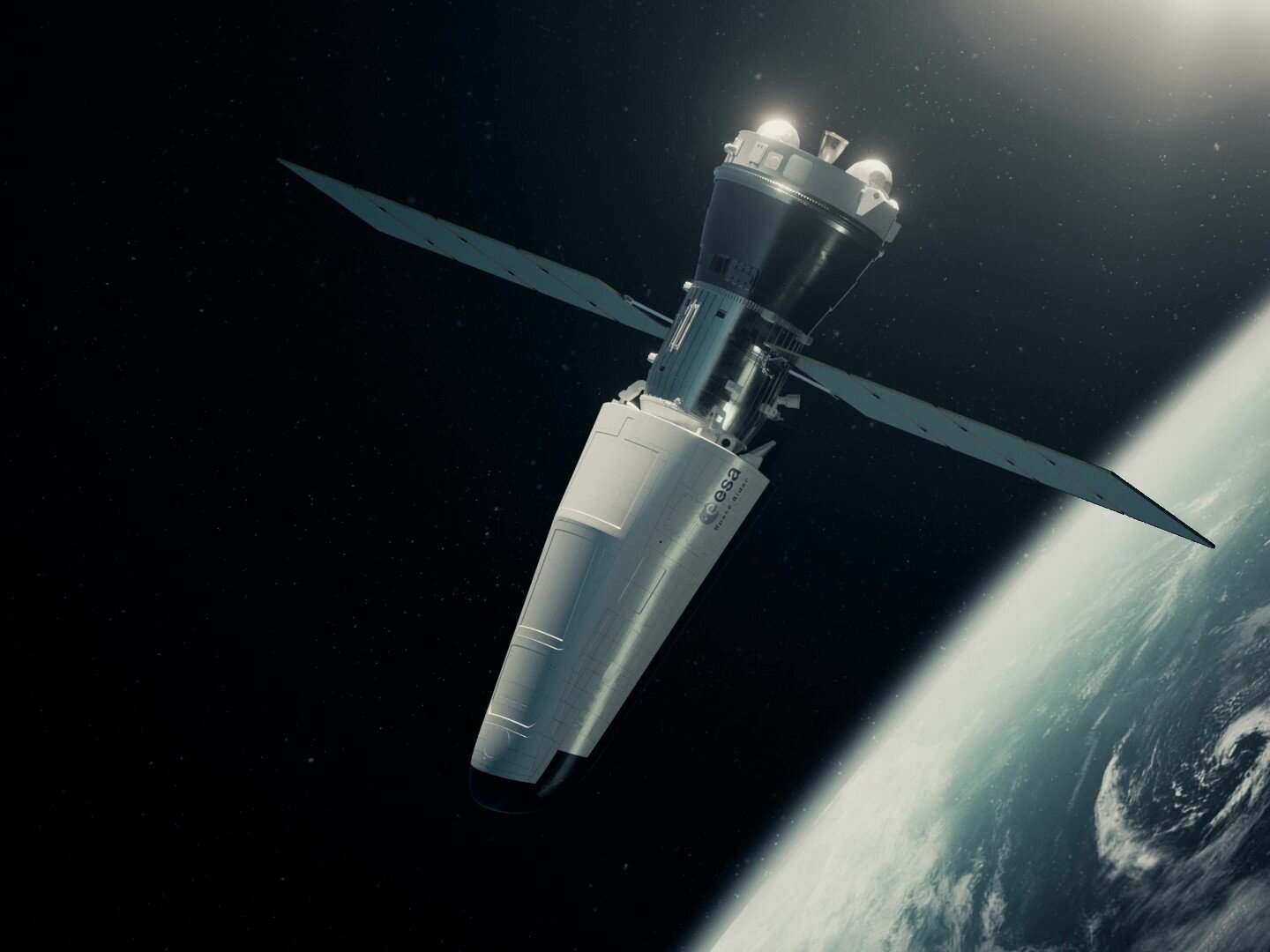
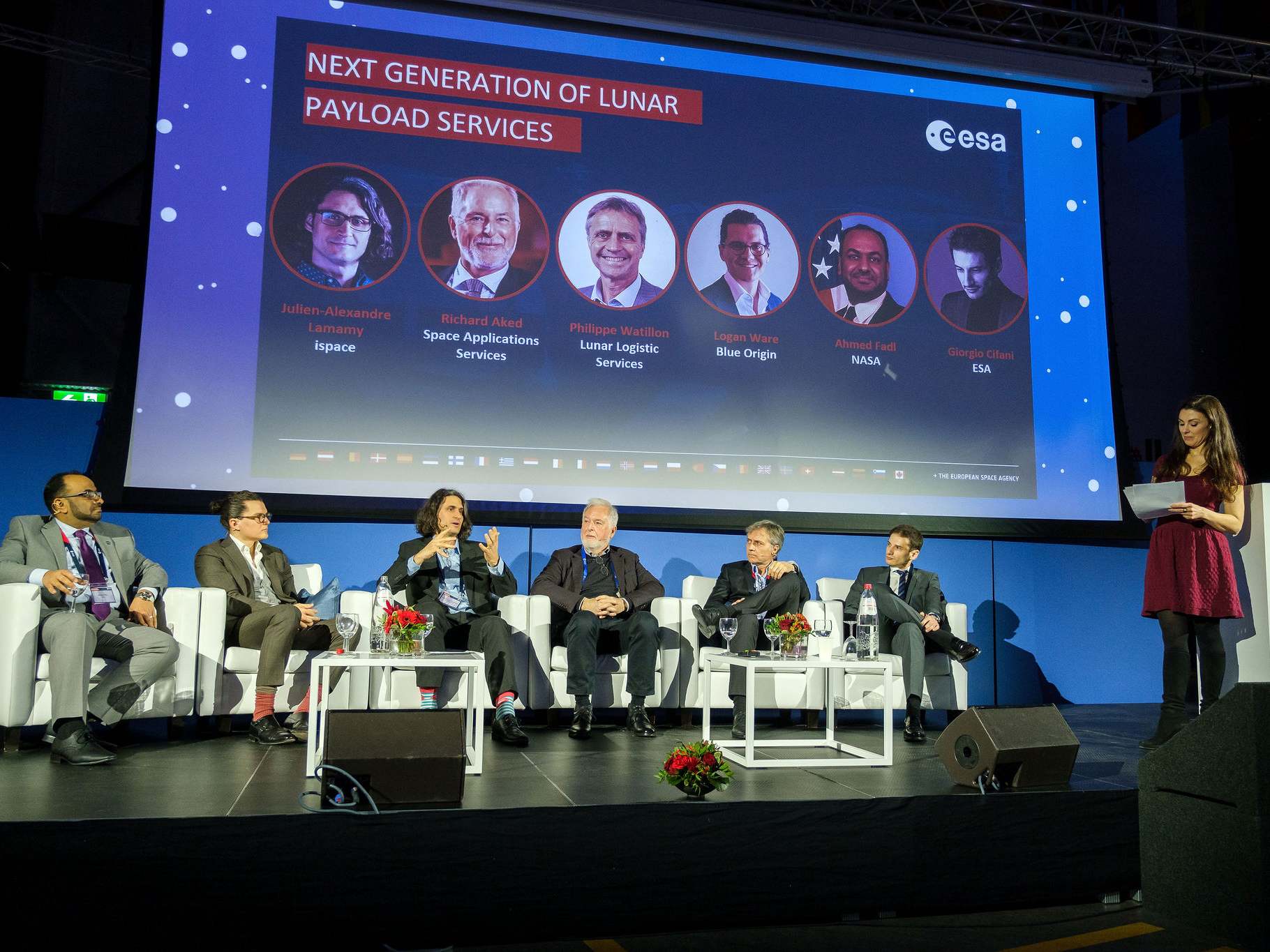
Lunar Economy is on the Rise
The transition from institutional driven Lunar exploration to commercially driven exploration is actually becoming reality. More commercial missions aimed to land at the Moon than ever, crafted by an increasingly diverse set of actors and paving the way for more precise and successful landings as well as future infrastructure developments. Recent advancements in ISRU are giving an additional push to lunar exploration, opening up new use cases and opportunities for private industry to get involved. Most discussed: how to create efficiencies to make missions more affordable, and how to navigate emerging regulatory and legal questions.
Moonlight as Enabler
Communication and navigation relays are critical enablers for Lunar missions and will help reduce complexity, cost and risks to future systems. The development of interoperability standards for the future of Lunar communications and navigation helps to create new business opportunities with space agencies as anchor customers. Most discussed: the role of agencies and the private industry in financing future missions under shared ownership.
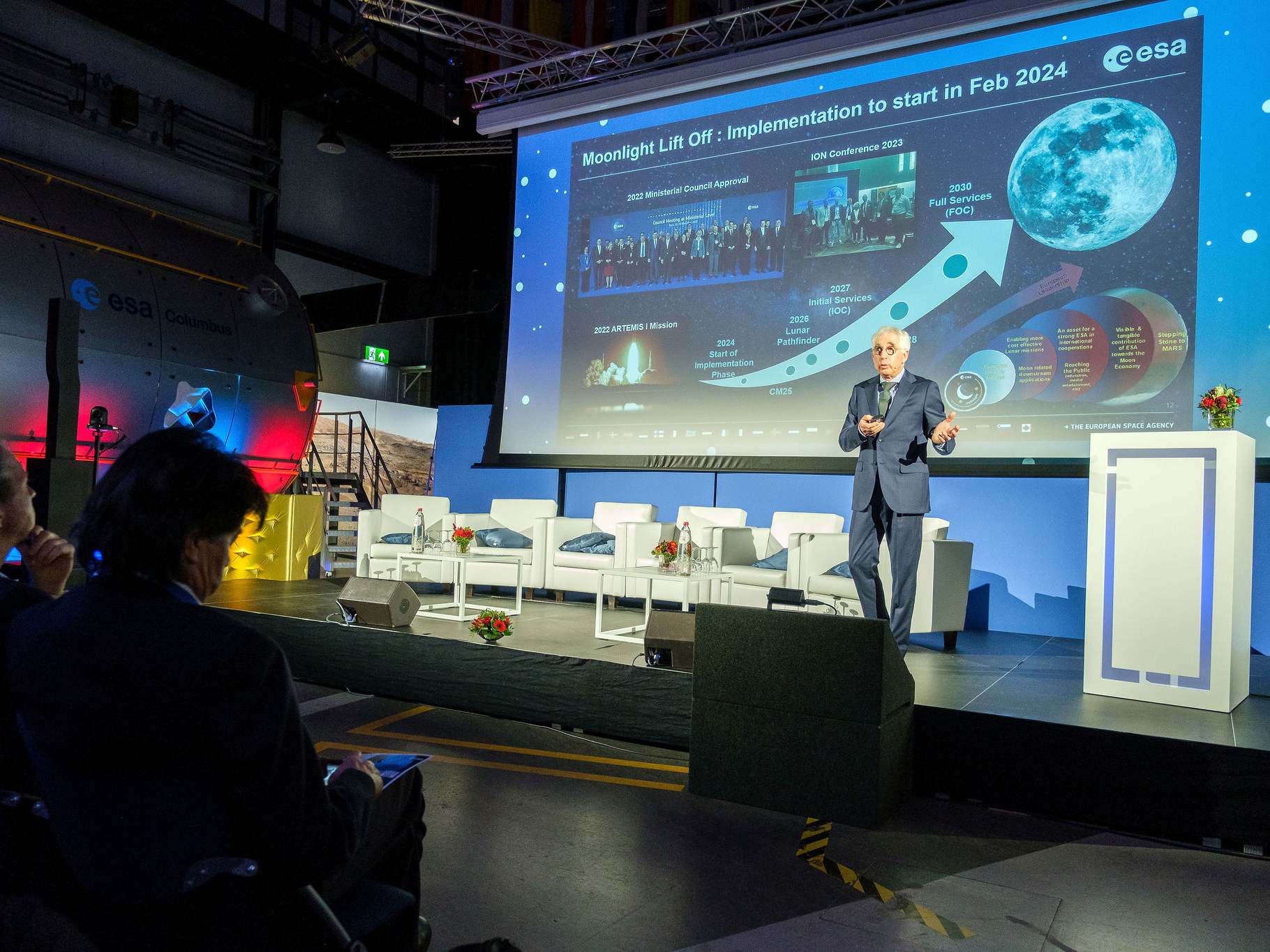
Space Resources is Gaining Ground
Space Resources is a core enabling market for future exploration missions. Innovative technologies are being developed to prospect, extract, and use lunar resources. Most discussed: The hazard of lunar dust plumes and possible mitigation scenarios to ensure no adverse effects on infrastructure and operations.
Biomedical Applications Driving Demand and Regulatory Frameworks
Addressing regulations is key for enabling the space-based development of biomedical applications for the benefit people on Earth. Most discussed: What has to be there first? Regulations or use cases? Both require the other to be developed.
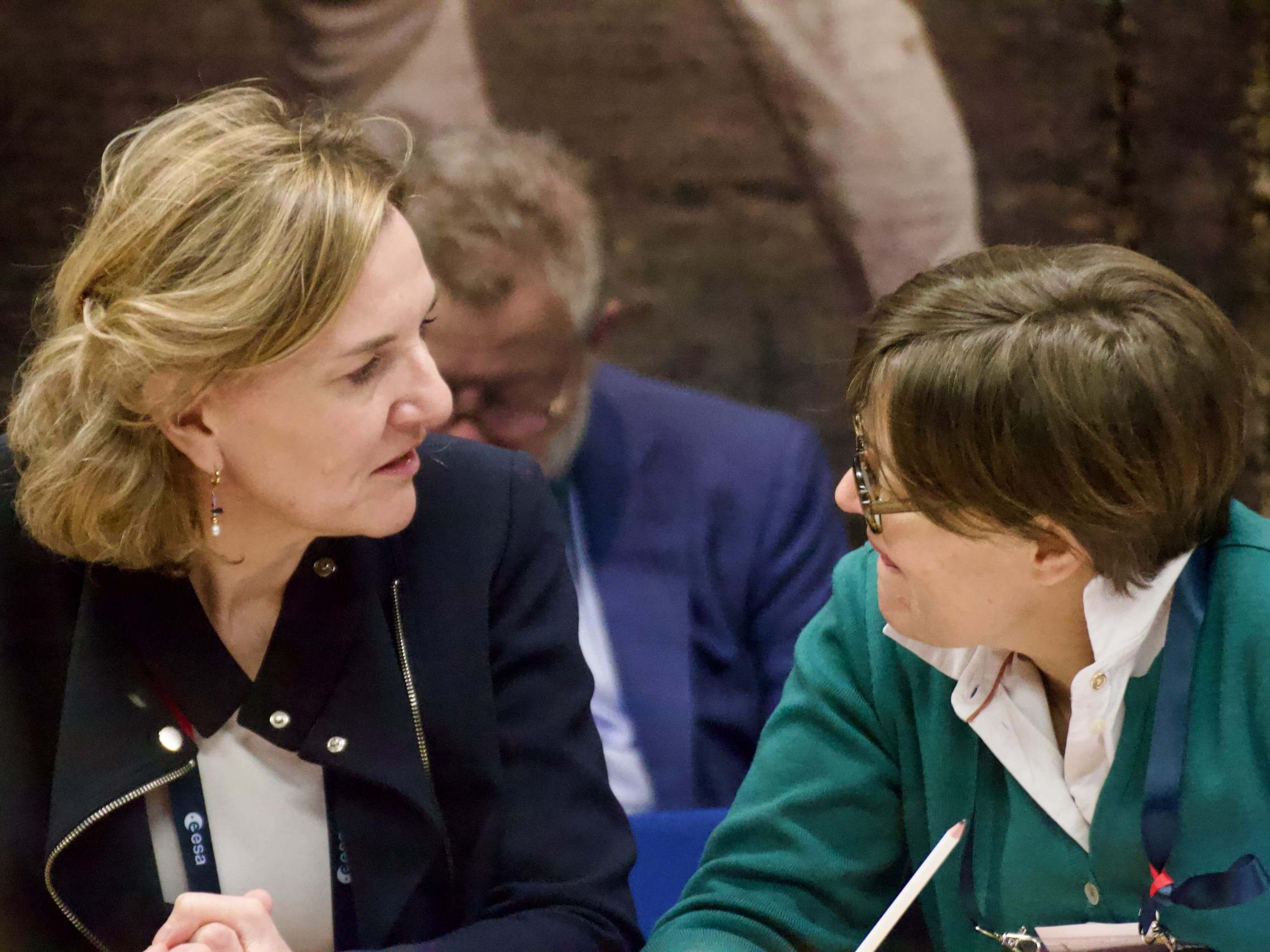
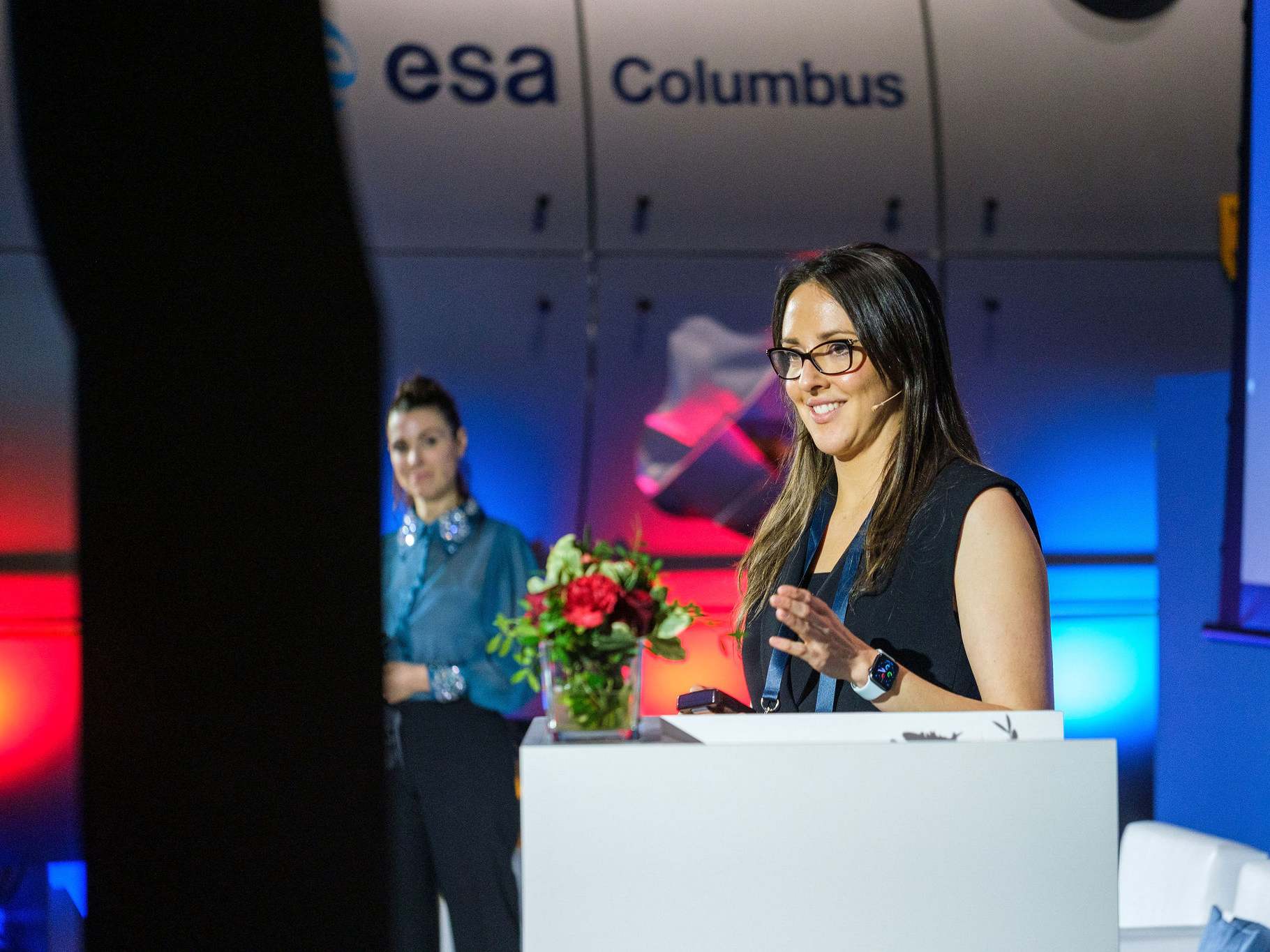
BSGN Accelerators Supporting Start-Ups and Market Development
Start-up pitches demonstrate growing number of promising use cases especially in bio-tech, agri-food and in-space manufacturing markets, offering solutions to obstacles that are present in terrestrial manufacturing and product development processes. Investors develop more appetite to support such endeavors. Most discussed: cost for flight and dependency on service providers as well as other operators in the LEO Value Chain.
IMPRESSIONS
2
Days
285
Participants at ESA-ESTEC
80
Speakers and Pannelists on the Stage
WITH THANKS TO OUR EVENT PARTNERS
Reporting and Metrics
Introduction
In the Agenda 2025, commercialisation is identified as one of the top priorities for ESA to drive innovation and foster economic growth in the European industry. To enable the transition to a commercial space economy, ESA has established the Business in Space Growth Network (BSGN) driving all critical activities needed to implement the Commercialisation Initiative in E3P.
Through BSGN, ESA is actively supporting the emergence of new economic markets across all E3P destinations by implementing activities across three domains:
- Commercial Services: Supporting the development of new commercial services meeting ESA and commercial needs
- Demand Stimulation: Stimulating demand by intensifying collaboration with terrestrial industries, demonstrating commercial use cases.
- Private Investments: Enabling private investments in commercial services and actors developing use case in R&D for space.
The long-term aim is to foster the creation of a Low Earth Orbit (LEO), Lunar and (in the longer-term) Mars Economy that delivers benefits from utilising its space infrastructures for new use cases and Earth applications. Such an economy will include new space service providers and innovative business cases.
Cumulative summary of key achievements
€77M non-ESA investments
As of today, € 77 million non-ESA investments in development of commercial services have been secured, demonstrating the potential of private investments alongside ESA funding.
€30M in Commercial Services Contracts
Significant demand has resulted in commercial service contracts signed by non-ESA users worth over € 30 million, with a commitment of € 8.5 million only in the reporting period.
14 ISS Commercial Activities
Total 14 commercial activities on ISS have been completed, with 8 new activities during the reporting period.
3 Commercially Enabled ISS Activities
3 ESA ISS activities have been enabled by commercial services of which 1 was completed during the reporting period.
45 Organisations Involved
More than 45 different organisations have been involved through collaborations, execution, or development of future activities together with BSGN Commercial Partners.
4 New Partner Proposals
Throughout the reporting period, 4 new proposals have been submitted to the permanently open Call for Commercial Partnerships
8 New Commercial Proposals
Interest in utilizing commercial services remains high, with 8 proposals received for utilizing commercial services in the reporting period.
36 Open Call Applicants
The Call for ideas and user cases for Lunar Communication and Navigation Services received 36 applicants of which 8 where shortlisted by ESA and invited to continue development
Commercial activities completed in 2022
Commercial partners have with support from BSGN successfully executed several commercial activities in the reporting period of 2022 including:

Launch of the BSGN Industry Accelerators
To support the development of new space-enabled applications of commercial services, ESA has launched the BSGN Industry Accelerators together with industry partners.
The Industry Accelerators offers opportunities for industry actors to get funding and support to develop and implement their ideas on how to leverage space in their industry. Each accelerator also acts as an access point for entities looking to invest in projects to participate in the growth of the space economy. This way, the accelerators create a marketplace, where matching can occur between users, commercial service providers and investors.
During the autumn of 2022, the first calls for ideas of new projects to three accelerators are opening:
- BSGN Industry Accelerator for Advanced Materials and Manufacturing, run by a consortium of six European companies and led by the Satellite Applications Catapult (UK).
- BSGN Industry Accelerator for Agriculture & Food, run by a consortium of three European companies and led by the Space Cooperative Europe (DE).
- BSGN Industry Accelerator for Life Sciences, run by MEDES and France Biotech with support from CNES (FR).
Matchmaking
Assemble the right team and selection of implementation partners to make your mission a success.
Commercial Space Access
Do you plan a project in space? These companies offer space access as a commercial service.
Engineering & Tech Development
These services help you design and build your payload and related technology.
Ground Stations & Antennas
Find ground-based mission support services that to make your mission a success.
Science & Research
These organisations can support you with the scientific and research related tasks involved with your space mission.
JOIN THE BSGN
ESA ESTEC
The BSGN is based at the European Space Technology Research Center (ESTEC), in Noordwijk, the Netherlands, ESTEC is the largest ESA site, where most ESA projects are born and where they are guided through the various phases of development.
SpacePharma launched to the ISS aboard all-private Axiom-1 Mission
On April 8th 2022, commercial service provider SpacePharma will be launching to the ESA ISS Columbus Module aboard the 1st all-private astronaut Axiom Space mission.
The SpacePharma ICE Cube (SPIC) will be installed in the ICE Cubes Facility by our ESA Commercial Partner ICE Cubes Service and hosts three investigations by private companies.
Aleph Farms
Aleph Farms is investigating in-situ cultivated meat in microgravity for future space exploration missions and potential benefits back on Earth.

Amorphical
AMORPHICAL is studying the use of Amorphous Calcium Carbonate to improve bone and muscle cell growth during space travel.
Living in space for longer periods of time is a very challenging endeavour for human beings due to the substantial and continuous deterioration of muscle and bone structures. Amorphical Ltd. explores an effective nutritional and therapeutic solution for this problem that may aid and advance long-term missions to the moon, Mars and beyond.
The results were unequivocal: despite living in conditions of gravity, along with the high radiation in space, the tissues fed the amorphous carbonate were not damaged or lost mass, and vice versa – they grew just as they are supposed to develop on the ground.
Amorphical CEO Yossi Ben notes that “the success of the experiment changes the picture regarding long-term settlement in space. As we delve deeper into experiments based on calcium amorphous calcium, we discover more effects in the field of inflammatory diseases and bone and muscle problems.”

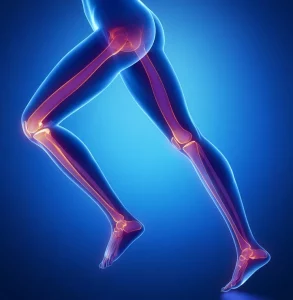
CADW Therapeutics
CADW Therapeutics looks at the stress and DNA damage response during spaceflight.
FIND PARTNERS
SpacePharma
Service
Science & Research,Engineering & Tech Development,Commercial Space AccessAgriculture & Food,Biotech,Life Sciences,Education
The mission of Space Pharma is to leverage the miniaturized microgravity lab technology, enabling unprecedented possibilities to develop new drugs in Space. All this at a fraction of the cost, with higher success rates than experiements conducted with traditional research methods. We are aiming to bring a positive impact on millions of lives here on Earth.
ICE Cubes Service (by Space Applications Services)
Service
Commercial Space AccessAgriculture & Food,Biotech,Manufacturing & Materials,Life Sciences,Tech and Data-based Services
ICE Cubes Service is a simple and cost-effective way for your experiment or technology to fly onboard the International Space Station
Webinar 2nd Feb | The Explorers Lift-Off
VIRTUAL EVENT
2 February 2022
18:00 - 19:00 CET
About this event
The Exploration Company plans to launch a demonstration capsule into Space in 2024, and is inviting pioneering partners to join The Explorers.
It is a curated network fostering thought leadership and creativity about democratizing space exploration, and for which we shall facilitate ongoing education and exchange between key players in both space and non-space industries.
The members of the Explorers will also be offered the possibility to book some kg of the demonstration capsule, enabling them to perform simple experimentations and/or market their product(s) in space.
The Business in Space Growth Network BSGN will present ESA’s actions to unleash commercialization of Space in Europe.
Registration for the event is open until the 28th of January 2022.
Speakers

Claudie Haignerée
Former ESA Astronaut
European Space Agency (ESA)

The McKinsey & Company

Bernhard Hufenbach
Business in Space Growth Network (BSGN)
Lead of Commercialisation and Innovation Team
European Space Agency (ESA)

Hélène Huby
Founder & CEO
The Exploration Company
Space Exploration Unlocked / Claudie Haignerée
Claudie Haigneré, Former European Space Agency Astronaut, will open the event with an inspirational keynote.
The Potentials of Microgravity / McKinsey & Business in Space Growth Network
Current scientific and industrial microgravity research and its impact on terrestrial activities. The BSGN will present ESA’s actions to unleash commercialization of Space in Europe.
The Exploration Company
The Exploration Company will present its mission, how to join as an Explorer who democratizes Space exploration and how to secure a priority spot on the NYX Demo Flight in 2024.
ORGANIZER
The Exploration Company
The exploration company democratizes space exploration for space and non-space industries. A global endeavor starting with European roots & DNA.
CASE Announcement of Opportunity
TAKE YOUR BUSINESS IDEA TO THE NEXT LEVEL
Commercial Appliations enabled by the Space Environments (CASE)
The BSGN and ESA Space Solutions joined forced to create a tailored programme for the development of commercial applications that make use of microgravity, harsh conditions of space and space resources.
CASE Feasibility Study
Provides a framework to identify, analyse, and define new potentially commercially viable services enabled by space environments.
CASE Demonstration Project
Dedicated to the implementation of pre-operational demonstration services and validation with involved pilot customers/users.
OPPORTUNITY-MAP
Take Your Business to Space
The Commercial Applications enabled by Space Environments (CASE) Open Call for Proposals supports the development of commercial applications that benefit space environments and which can be implemented using existing commercial access routes to space.
Eligible space infrastructure includes, for example, commercial services available aboard the International Space Station, Freeflyers such as Space Rider, and, once available, future commercially-accessible LEO and Lunar infrastructure.
We offer funding and support to companies for business case assessment and spaceflight preparation as well as developing and piloting of new end-to-end services and products, including:
- Zero-equity funding
- Personal ESA consultant
- Technical & commercial guidance
- Access to our network of partners
- Credibility of the ESA brand
COMMERCIAL PARTNERS
Find the right Commercial Partners and Services for your project.
Lunar Payload Delivery Service
SERVICE PROVIDERS The Lunar Payload Delivery Services by Space Applications Services NV with Intuitive Machines LLC is an end-to-end payload delivery, surface mobility, operation and lunar data…
ispace Lunar Transportation and Exploration Services
LUNAR EXPLORATION COMPANY ispace inc. is a lunar exploration company founded in 2010, providing services to government agencies and private partners. With locations in the U.S., Japan, and…
NYX | The Exploration Company
Our mission is to make space exploration affordable, available and open. To realize this mission, The Exploration Company develops, manufactures and operates Nyx, a modular…
Space Forge
Space Forge is transforming return from space to enable revolutionary products, for the benefit of humanity. The ForgeStar vehicle is a low-cost, independent, reusable space vehicle, which can…
SpacePharma
The mission of Space Pharma is to leverage the miniaturized microgravity lab technology, enabling unprecedented possibilities to develop new drugs in Space. All this at a fraction of the cost, with…
Lunar Pathfinder
The Lunar Pathfinder spacecraft is designed to provide affordable communications services to lunar missions via two powerful S-band links to lunar assets on the surface and in orbit around the Moon,…
Bioreactor Express Service
Bioreactor Express is a service which aims to establish an “express” way to perform scientific and/or technological experiments on board the International Space Station (ISS). It exploits the KUBIK…
Space Rider
The Space Rider is a reusable robotic laboratory which will conduct 2-month missions in Low Earth Orbit. It is uncrewed space transportation system that allows to conduct experiments in microgravity…
Yuri Lab-as-a-Service
Yuri is a leading commercial space biotech company that leverages the unique conditions of microgravity to research and develop groundbreaking biotechnological innovations and providing the…
ICE Cubes Service (by Space Applications Services)
ICE Cubes is a commercial service that provides fast, flexible, and affordable access to space and in particular to the International Space Station for research, technology demonstrations, and…
WHAT CAN SPACE DO FOR YOUR INDUSTRY?
Updated Call for Commercial Partnerships (Closed)
TO SPACE, TOGETHER
For this anniversary, we have taken our combined expertise and feedback received to release an updated version of the Call for Commercial Partnerships For Space Exploration.
Identical Offer
- Expand to new markets
- Develop new commercial services
- Commercialise existing ESA space platforms
- Develop new space platforms
- Provide support services for future Exploration Missions
Improved Process
- Eligibility Checklist
- Pitching Sessions
- Improved Acceptance- and Evaluation Criteria
- Focus on Competitiveness
- Optimised 5-Phase-Approach
2016-2021
75
PROPOSALS RECEIVED
3
PARTNERSHIPS IN PREPARATION
5
AGREEMENTS SIGNED
75M€
INVESTMENTS BY PARTNERS
What’s new?
With an improved set of documentation, applicants will find it easier to understand the commercial partnership process, what we are looking for and prepare applications by using the:
- Eligibility Checklist
- Pitching Sessions
- Improved Acceptance- and Evaluation Criteria
- Focus on Competitiveness
- Optimised 5-Phase-Approach
Eligibility Checklist
Preparing an application with our Activity Pitch Questionnaire (APQ)? Make sure to run through the Eligibility Checklist before you submit:
- Did you provide all requested documentation?
- Are you based in an E3P Member State?
- Is your proposal compliant with ESA’s Programmatic and Legal Frameworks? For example we cannot promote the use of alcohol, tobacco, or weapons.
- Is your proposal in scope with our Exploration Programme?
When in doubt, reach out via our contact form.
Pitching Sessions
Once your APQ passed the eligibility check, we invite you to pitch your idea to our Partnership Panel. This is not obligatory but we think it’s a great way to get to know each other and for you to get some initial, non-binding feedback.
If the APQ and Pitching Session go well, we invite you to submit a full proposal where you can specify your idea in more detail.
Improved Acceptance- and Evaluation Criteria
When preparing the full proposal, make sure to keep in mind the acceptance- and evaluation criteria and address the points in your proposal to make sure we get the right understanding.
High-Level Overview of Accpetance Criteria:
- Novelty of idea
- Identified customer base / target markets proven by letters of intent
- Experience, heritage and capabilities in proposing team
- In-kind contributions only / no exchange of funds
- Non-exlusivity of ESA utilisation
- Nonmonopolistic approach
High-Level Overview of Evaluation Criteria:
- Suitability of the consortium / project team
- Strategic, business, technical and planning feasibility
- Maturity of the business plan
- Partnership benefits
- Legal & ethical compliance
Focus on Competitiveness
As intergovernmental organisation it is important for us to ensure fairness and competitiveness in European industry. We aim to strike a balance between enabling new market opportunities, and avoiding the distortion of existing marktes. Make sure to include these aspects in your application:
- Current status of target markets (new or existing) and growth potential;
- Total market available;
- Rate at which the market is growing;
- Number of competitors in a particular market;
- Intensity of competition;
- Proposer’s position on the market.
Optimised 5-Phase-Approach
Successful applicants run through five consecutive phases with decision gates before the signature of a partnership agreement with ESA. The time for completion of all phases depends strongly on the the type of partnership, the quality of the documentation submitted by the applicants as well as on the overall complexity of the project.
ESTABLISHED COMMERCIAL PARTNERSHIPS
Lunar Pathfinder
The Lunar Pathfinder spacecraft is designed to provide affordable communications services to lunar missions via two powerful S-band links to lunar assets on the surface and in orbit around the Moon,…
Bioreactor Express Service
Bioreactor Express is a service which aims to establish an “express” way to perform scientific and/or technological experiments on board the International Space Station (ISS). It exploits the KUBIK…
ICE Cubes Service (by Space Applications Services)
ICE Cubes is a commercial service that provides fast, flexible, and affordable access to space and in particular to the International Space Station for research, technology demonstrations, and…
Bartolomeo
EASY ACCESS TO LOW-EARTH ORBIT The Bartolomeo platform, attached to the European Columbus Module of the International Space Station (ISS), is the station’s newest payload hosting platform. Starting…
Space Resources Challenge Boosts Technology Innovation
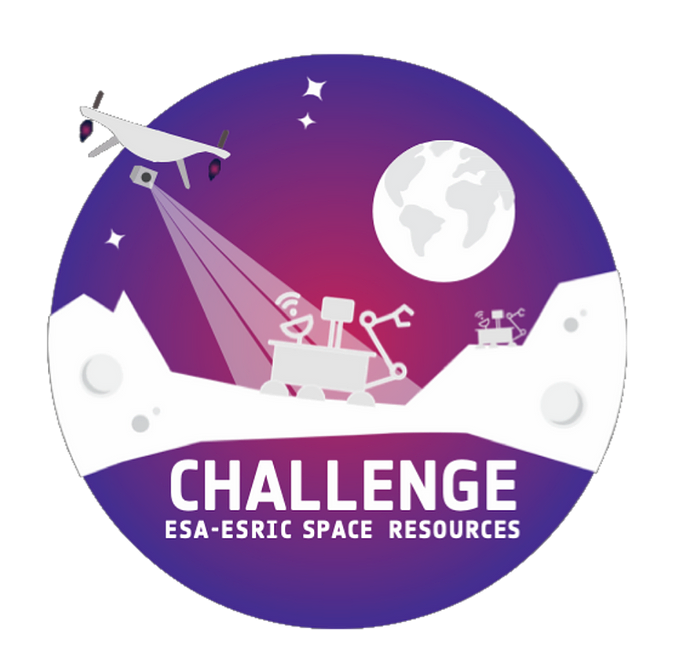
CHALLENGE-DRIVEN INNOVATION
13 TeamsRacing to Uncover Resources
On August 2021, the Space Resources Challenge has entered its most exciting phase when the teams travel to ESTEC to test their technology on a similated lunar surface.
Mission Scenario - It is 2028
The European Large Logistic Lander (EL3) just descended in the area between the Shoemaker and Faustini crater in the South Pole region of the Moon.
It has no simple job to do: characterising and locating resources like water and metals.
Measurements need to provide input for the development of an accurate map showing the impact crater a few hundred meters from the lander.
Mission control room will analyse the images (visual & multi-spectral bands) to make a first resource map to guide future missions to the Moon.
Innovation Booster for the Automotive and Mining Industry
The technology that is needed to develop and build autonomous vehicles to navigate on the Moon, shares characteristics with existing vehicles already used on Earth.
The same applies to mining technology that is used to characterise resources on Earth, which could also inspire technology to be used to characterise the Moon’s resources.
By engaging companies from these industries, the innovation-challenge is hoping to foster bidirectional tech-transfer from Earth to Space and back.
Taking existing technology to the Moon is challenging and could not only help prepare future settlements on the Moon, it could also lead to innovations that feed back into how we do things on Earth.
THE EUROPEAN SPACE RESOURCES INNOVATION CENTRE
The internationally recognised centre of expertise for scientific, technical, business and economic aspects related to the use of space resources for human and robotic exploration, as well as for a future in-space economy.

